New Orleans, 2022
My sister and I spent a few days visiting New Orleans. This trip was a long time coming as our first itinerary was penned in February of 2020. Almost three years later, my first time visiting the South was as wild as I’d expected. 🎉
New Orleans is such an amazing place to experience, full of life, culture, food, and endless entertainment. The locals have an easygoing, laid-back attitude to life that makes you feel like there’s no need to run around just to get things done. It’s about living the moment, improvising, and discovering everything around you with your senses (the sight of interesting architecture, the smell of Creole cooking, the sound of jazz, the discomfort of cobblestone sidewalks and humidity).
I. Culture
Culture was the first thing I observed because there is so much of it everywhere. The eclectic hybrid of African-American, French and Spanish influences are evident in the buildings, the food, and the people. I signed up for walking tours everyday to learn all about history and how it’s shaped current-day New Orleans. This city is truly a melting (gumbo) pot that embraces tradition and grows despite setbacks (most recently, Hurricanes Katrina and Ida). My first night after arriving, I watched The Princess and the Frog for the first time and felt immense excitement and a sense of pride for New Orleans. The influence of its culture was beautifully incorporated into the movie’s setting, music, and character development. I got overly excited when I spotted animated versions of St. Louis Cathedral, the cemeteries, the riverboat, and even okra.
Mardi Gras
To many, Mardi Gras is likely what New Orleans is known for. Even though we didn’t visit during Carnival season, we got to experience a glimpse of floats, beads, costumes, and even a parade! The photos above were taken at Mardi Gras World, a working warehouse where floats are created and decorated for local parades throughout the year. I loved getting to see the where the magic gets made as we toured the space, trying to spot some of our favorite characters (Buzz Lightbeer, anybody?)
Parades, nightlife, and music
Outside of the Mardi Gras season, krewes (carnival organizations) are alive and well, putting on festivities for all kinds of occasions, including Christmas. On our last night, we managed to catch the Krampus NOLAuf parade, where people dressed in folklore costumes walk down the neighborhood route and pass out coal and trinkets to the “naughty kids.” I’ve never been so excited to receive coal in my life.
Nightlife is also a staple here, as we witnessed Bourbon Street come alive on a Friday night. Kids are drumming on buckets, teenagers are putting on impromptu marching band shows, street performers are juggling, and adults are walking into the bars of their choice and throwing beads off balconies at anyone who cheered from below. We chose to instead hang out on Frenchmen Street with the locals, where we caught jazz performances both on the street and in the clubs. The vibes were lively, fun, and extra funky. Stumbling across the Frenchman Art Bazaar was also a delight, as well as finding out President Macron was in town and had toured the street just 20 minutes before we did.
Cemeteries & ghosts
Cemeteries are a pretty big attraction in New Orleans, because they’re uniquely above ground (due to the city being below sea level and consequently flooding). We stopped by the Greenwood Cemetery and the Hurricane Katrina memorial, admiring the mini mausoleums and feeling all them spooky vibes. This city certainly has a special relationship with the spiritual world that’s both haunting and beautiful.
Ghost tours are also another popular activity, and we took one through the French Quarter during our first night. Amongst the dimly lit streets and old creaky buildings, it’s easy to see why people love to tell haunted stories about cemeteries, churches, and old hotels. Mix in some voodoo and you got yourself a field day with the afterlife.
II. Places
We stayed in the Central Business District, aka downtown. It was a quick walk to the French Quarter, and an easy ride on streetcars and busses going anywhere else. Tip: use the Le Pass app for easy ticket buying.
A fun fact about Louisiana is that it’s recently earned a new reputation as Hollywood South, due to the large tax credit offered to movie makers in order to financially rebuild the city after Katrina. Blockbusters like 12 Years a Slave, The Curious Case of Benjamin Button, and 21 Jump Street (my favorite comedy of all time) were filmed in or around the city, and what better way to start your day than visiting the church where Jonah Hill prays to Korean Jesus?
French Quarter
People say the French Quarter is touristy, but boy was it fun. Bourbon Street felt like Disneyland’s Main Street but for adults, open 24/7. Canal Street felt like a mini Las Vegas Strip. Royal Street is full of fun antique and costume shops. The architecture was also unique, as it’s surprisingly more Spanish than French. The brick and stucco townhomes, iron galleries, and courtyards served as practical solutions to major fires in the late 1700s and the need for natural ventilation during pre-air conditioning summer days.
The other type of architectural style we observed were the shotgun homes. These wooden residences are the most common house style throughout the city, with their defining trait being narrow enough you can “open the front and back doors, and shoot a shotgun straight through the house.” In The Princess and the Frog, this was the type of house Tiana grew up in, in contrast to the colonial-era Garden District mansion the La Bouff family lived at.
Garden District
Speaking of the Garden District, we spend an afternoon touring this unique part of town. Our tour guide walked us from one mansion to the next, pointing out the history behind the architects, Civil War-era design choices, Katrina damage, and homes owned by celebrities like Sandra Bullock, Beyonce, and the Manning family of football fame. I love nothing more than admiring fancy houses, but what made them stand out were the fences and landscaping. In particular, Colonel Short's Villa is known for its ironwork fence that incorporates corn motifs. The story goes that Short's wife complained of missing the cornfields in her native Iowa, so he bought her the cornstalk fence. In addition, the towering oak trees are grand spectacles of their own that add a touch of elegance to this neighborhood.
City Park
This giant urban greenspace is home to swampland and the largest collection of live oak trees. Historically, the park was used as a dueling ground. Nowadays, it’s home to the contemporary art museum, the children’s museum, Storyland, botanical gardens, cute little bridges, and an art installation that hangs wind chimes off a scenic oak tree.
Swamps
Inspired by Tiffany Haddish, a must-do on this trip for me was a swamp tour. We booked a full-day tour from Cajun Pride Swamp Tours, and made our way onto a ferry boat that slowly took us around the swamp. Compared to other boat tours I’ve done, this one was incredibly peaceful and serene. We watched closely for alligators perched on logs (can you find them in the photos?) and lured them closer with marshmallows. But the highlight was definitely getting to hold and pet a baby alligator. Eeeeeep! Crazy to learn that the creation of alligator farms actually saved these beautiful creatures from extinction just a few decades ago.
Plantations
After our swamp tour, we visited Oak Alley Plantation, a historic sugarcane plantation known for its distinguishing visual feature, an alley of pictureque live oak trees. The antebellum mansion was nothing unique (we don’t need to romanticize the opulence and wealth of slaveowners), but the exhibit and history lesson about the exploitation and dehumanization that was American slavery was poignant. It’s a difficult story to tell and hear, but an important one. One of my favorite parts of the story was about a slave gardener named Antoine brought in to graft pecan trees. The slaveowner himself tried and failed miserably, but within a short amount of time, Antoine successfully developed a method of propagating these trees, and as a result, paved the way for pecans to become a commercially successful product.
III. Food
Last but not least, food is what most people know of Cajun and Creole culture. Our food tour guide explained the captivating history of Cajun and Creole cuisine and how they came to be with the influence of Native Americans, the French, the Spanish, West Africa, the Caribbean, and more. Creole food is a blend of the various cultures that found their way to Louisiana, a literally melting pot of ingredients and flavors. A roux combining the holy trinity of onions, bell peppers, and celery serves as the foundation for Creole cooking, especially in gumbo, the quintessential stew-like soup of Louisiana.
The availability of salt and freshwater sources also attracts a variety of fish and crustaceans. Crawfish is the specialty, with both wild swamp and farm-raised variations being delicious. Also, Tabasco and hot sauce lovers, Louisiana is the place to be.
Some favorites:
Willie Mae’s Scotch House, for famous "America's Best Fried Chicken" — it did not disappoint!
Morning Call, a spacious cafe with beignets that are better than the ones from Cafe du Monde
Gallier's Restaurant & Oyster Bar, for baked Oysters Rockefeller, crawfish fries, bread pudding, and all the Creole food!
The Ruby Slipper Cafe, for eggs benedict and bananas foster
Smoothie King, for my favorite drinkable food :)
Favorite drinks: The French 75. The Hurricane was fun to try but meh
Favorite foods: Jambalaya, red beans and rice, crawfish anything, po-boys, oysters. Sorry, gumbo and muffuletta sandwiches don’t make this list
Favorite sweets: beignets, pralines, pecan everything, bananas foster, king cakes during Mardi Gras
This trip was especially memorable because we took so many tours. (Shoutout to donation-based Free Tours by Foot!) Learning history helps me understand the world as we know it, and hearing it from locals who have unique experiences of their own makes it extra fun. This was also my first time experiencing Southern hospitality. At first I was taken aback by random strangers greeting us on the streets. As a woman, you’re always looking out. But soon I realized that’s the way it is here. Everybody greets each other. Even waiters take the extra time to introduce themselves before getting into business. I think the rest of the world can learn a little from this fun, friendly, culturally and historically rich place that loves to celebrate life in every way.
Watch the vlog here!






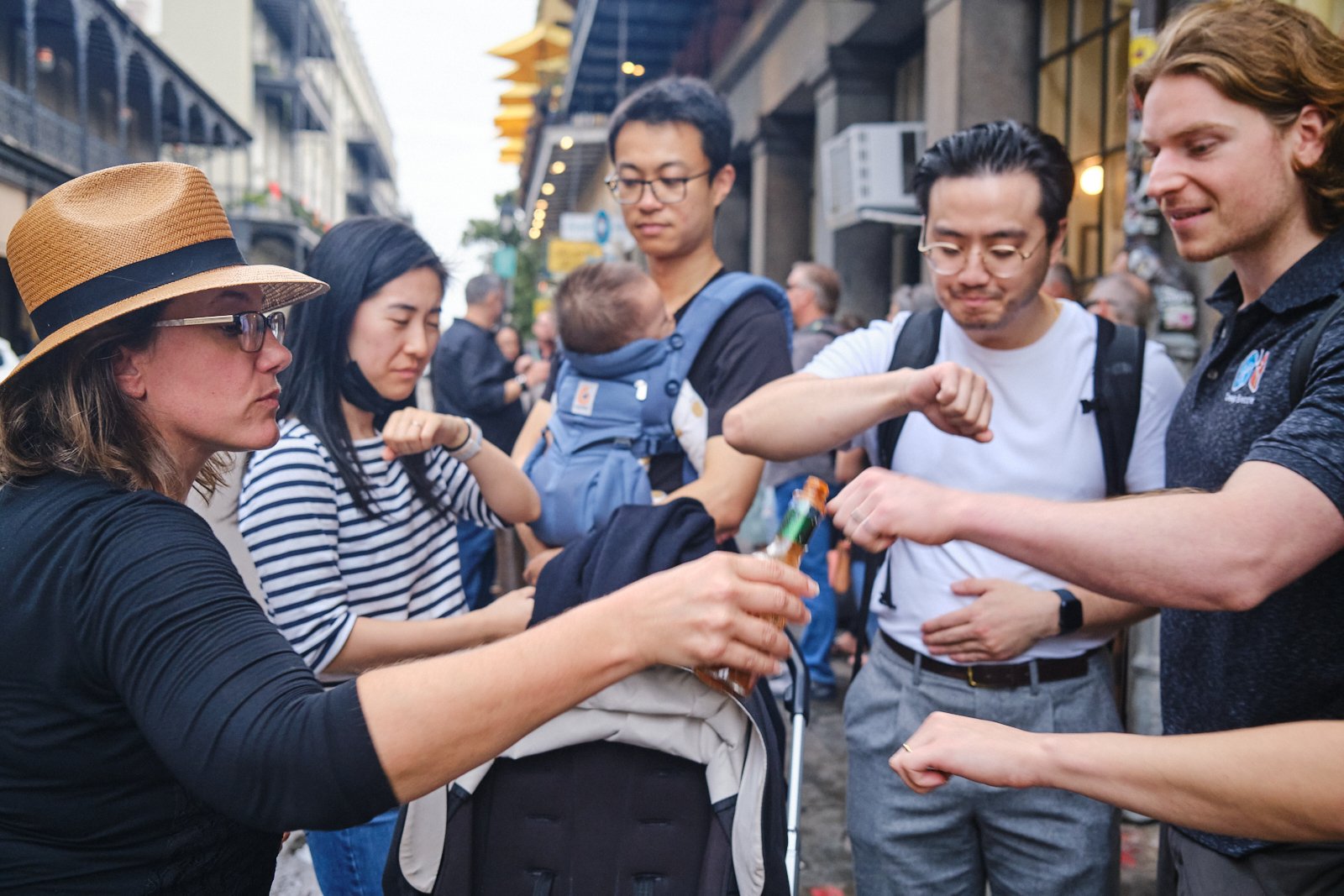







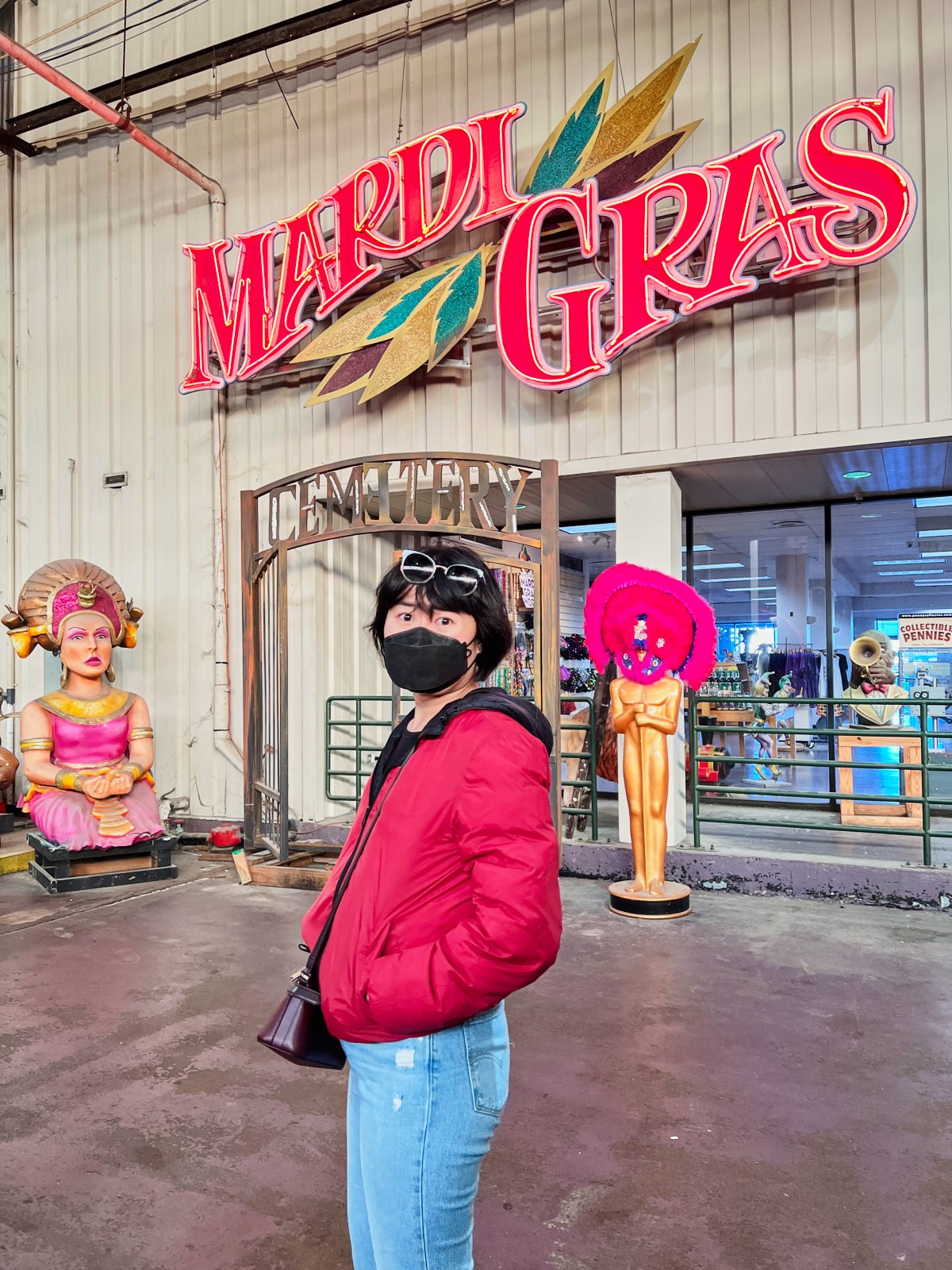
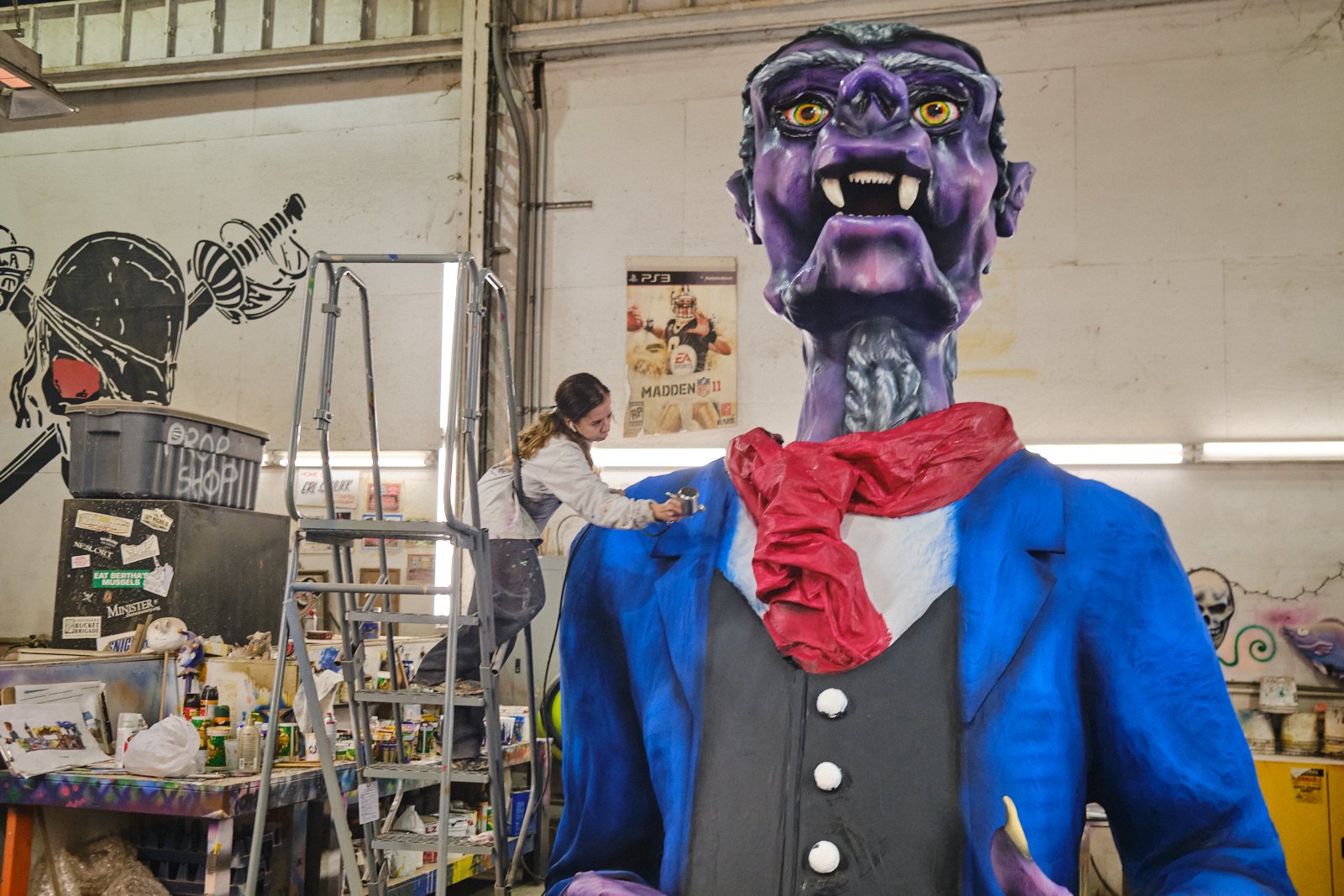
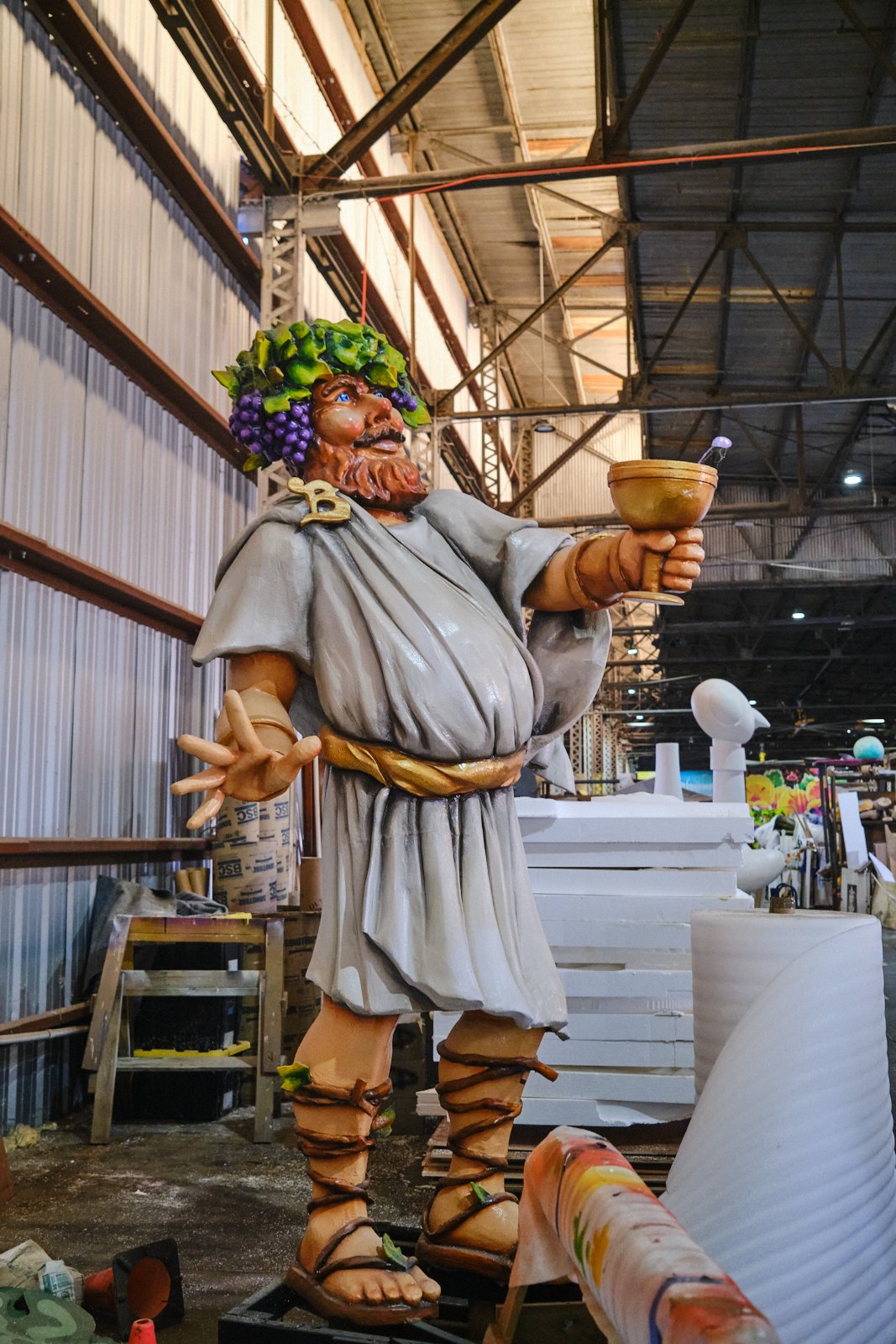

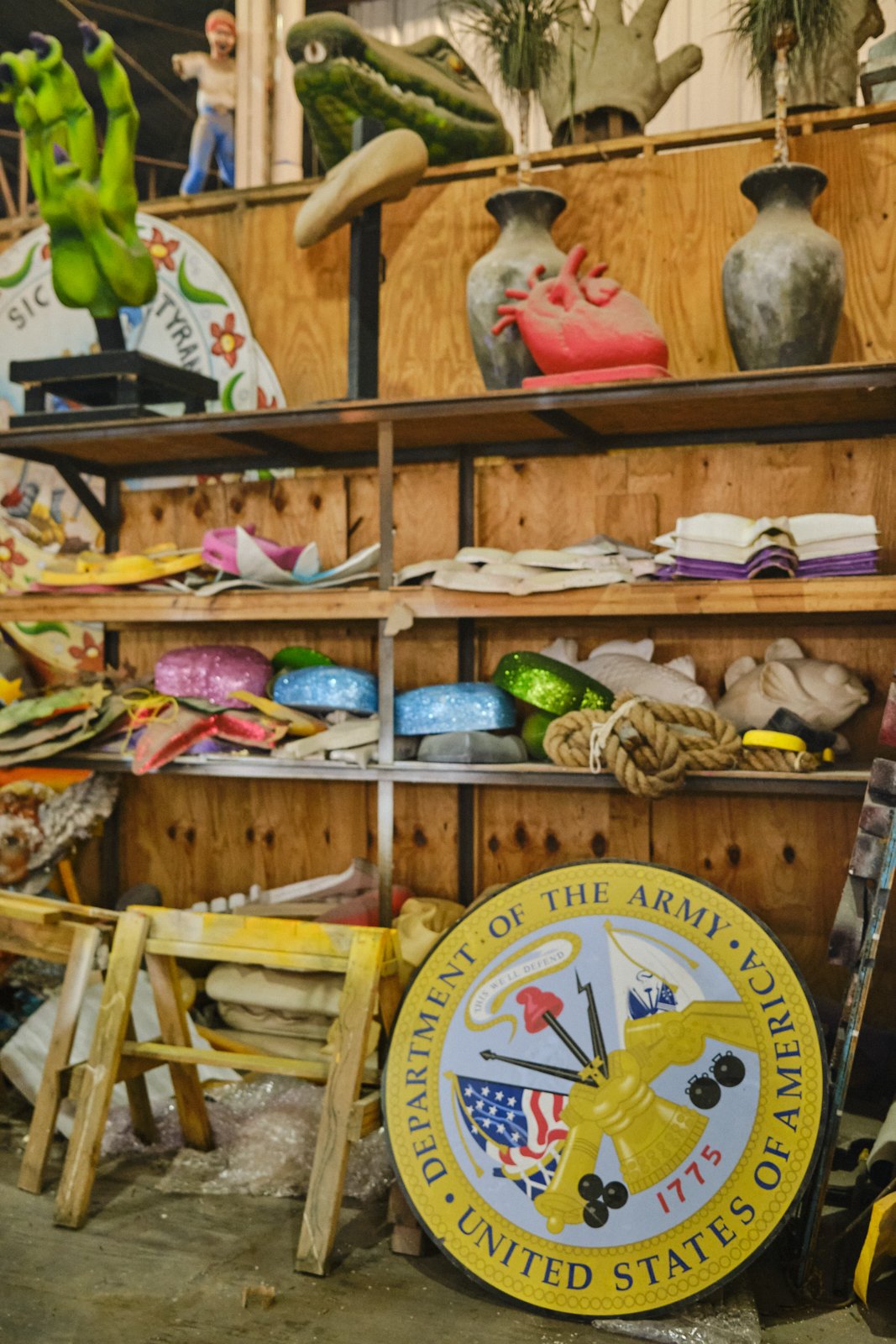
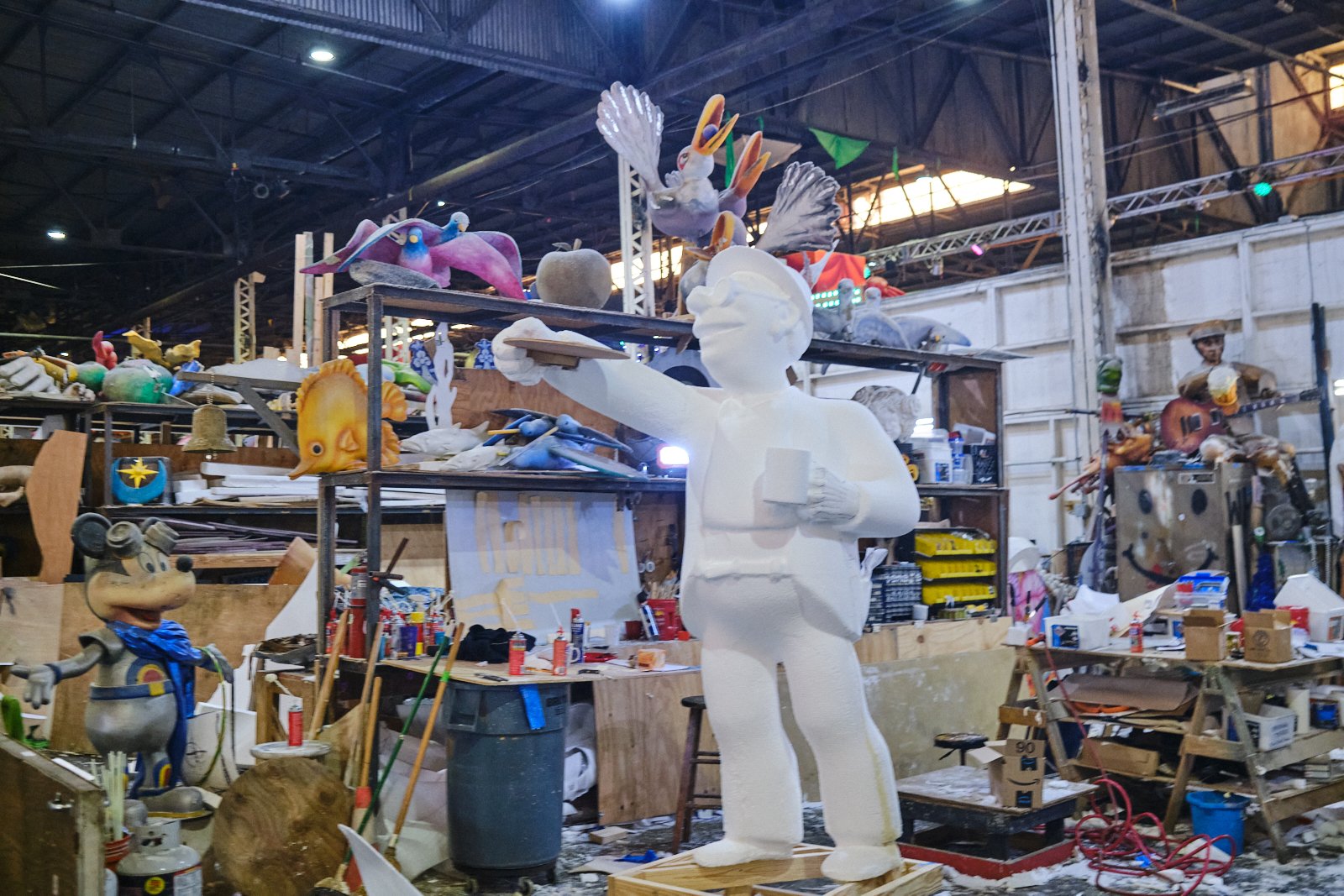

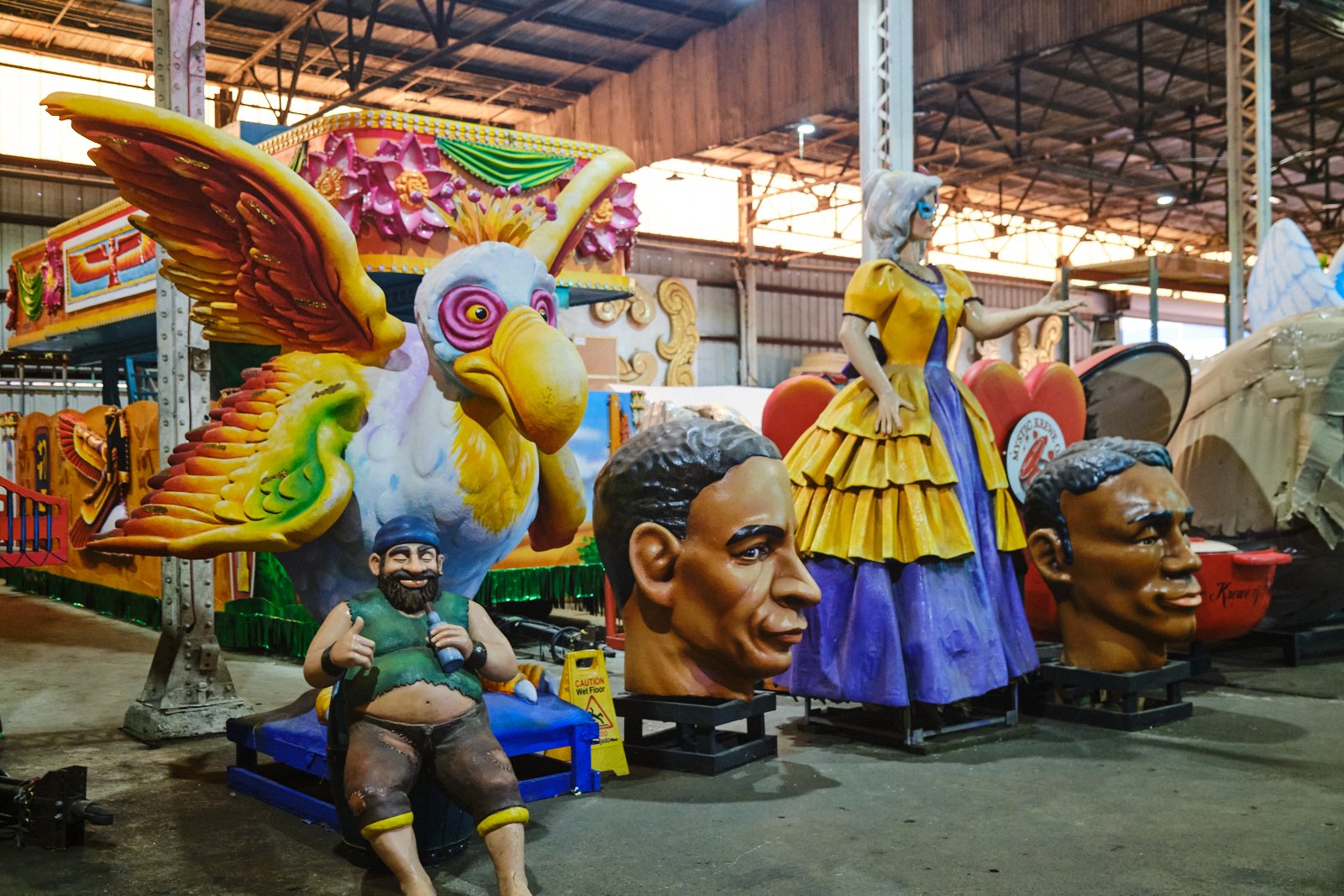
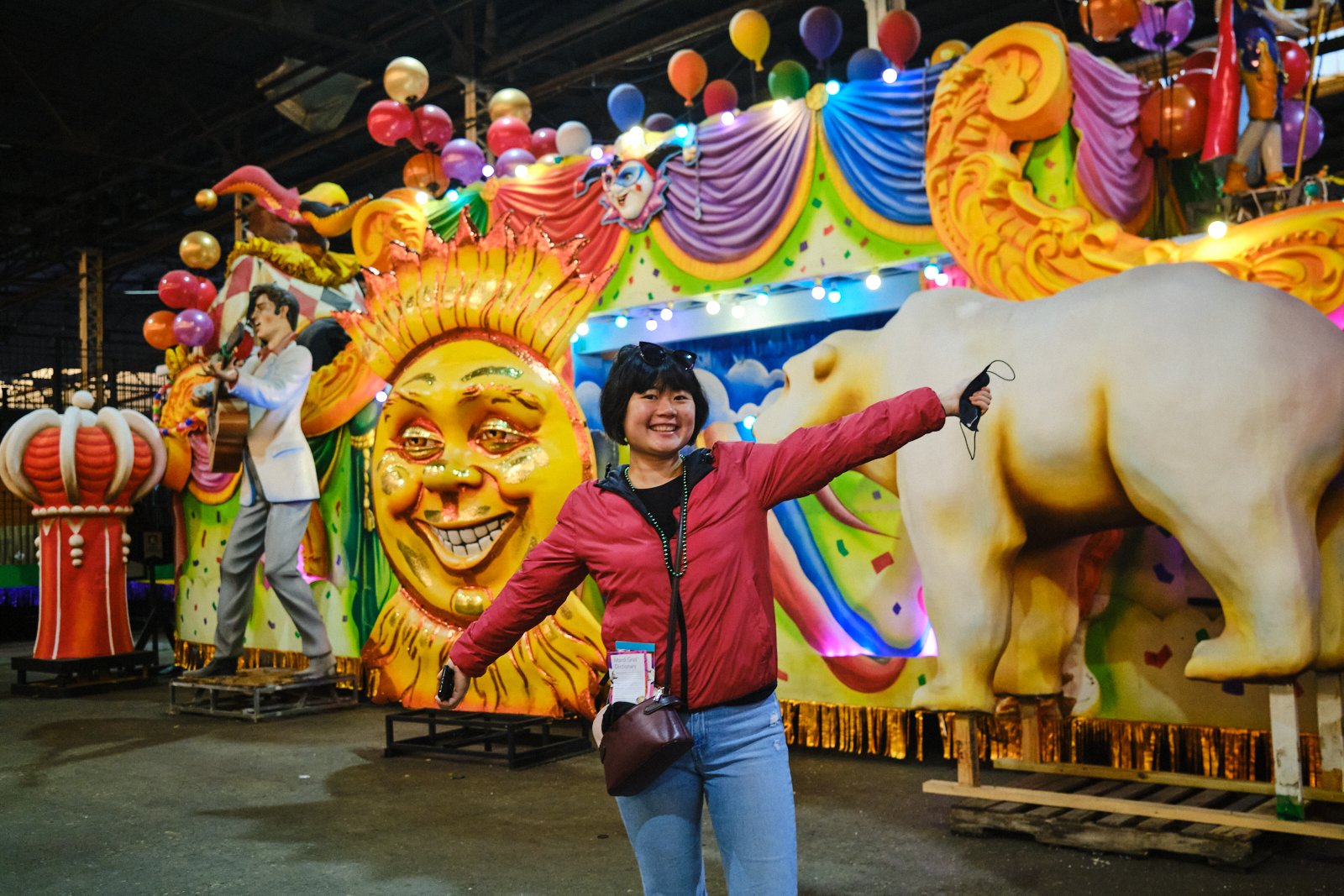
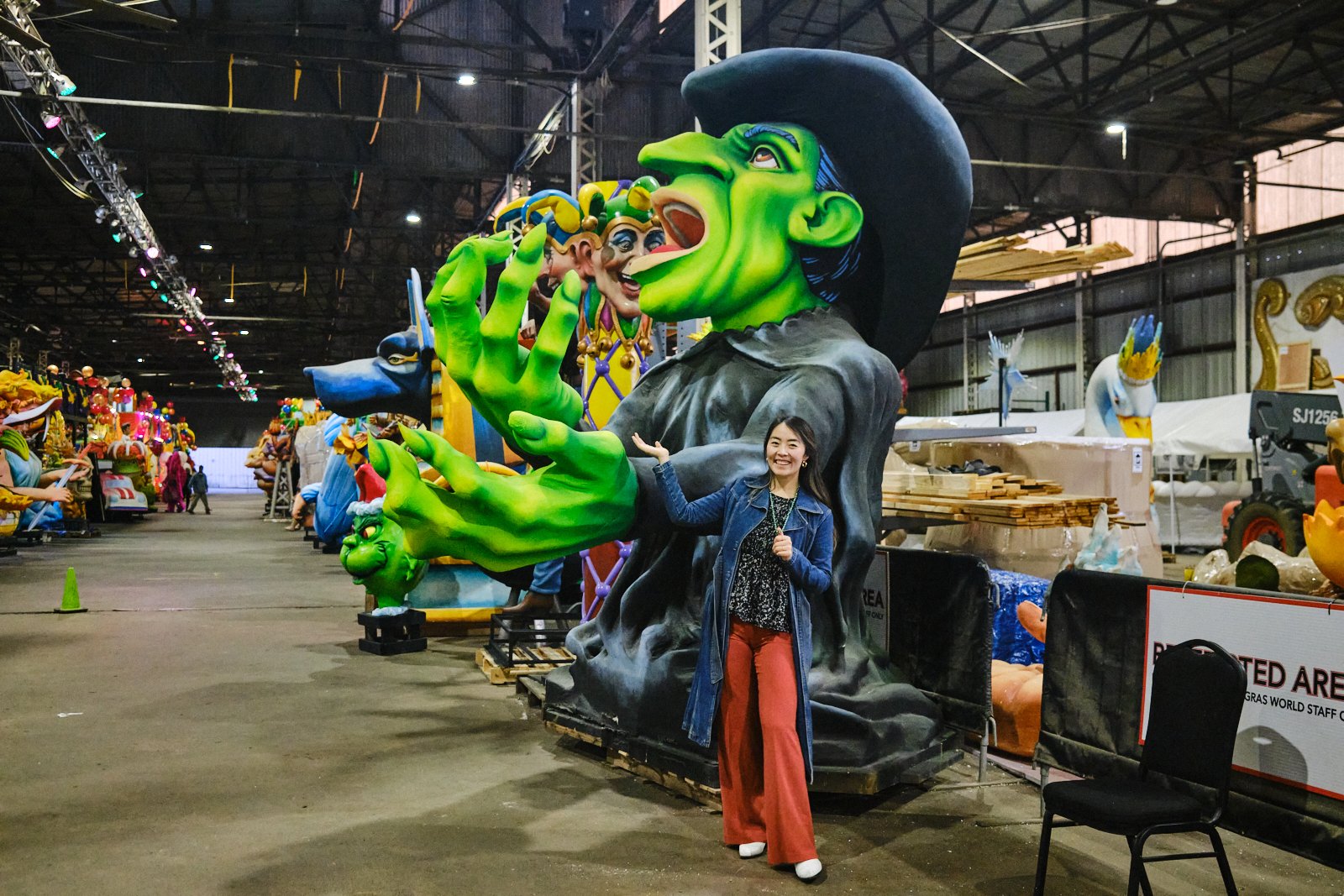
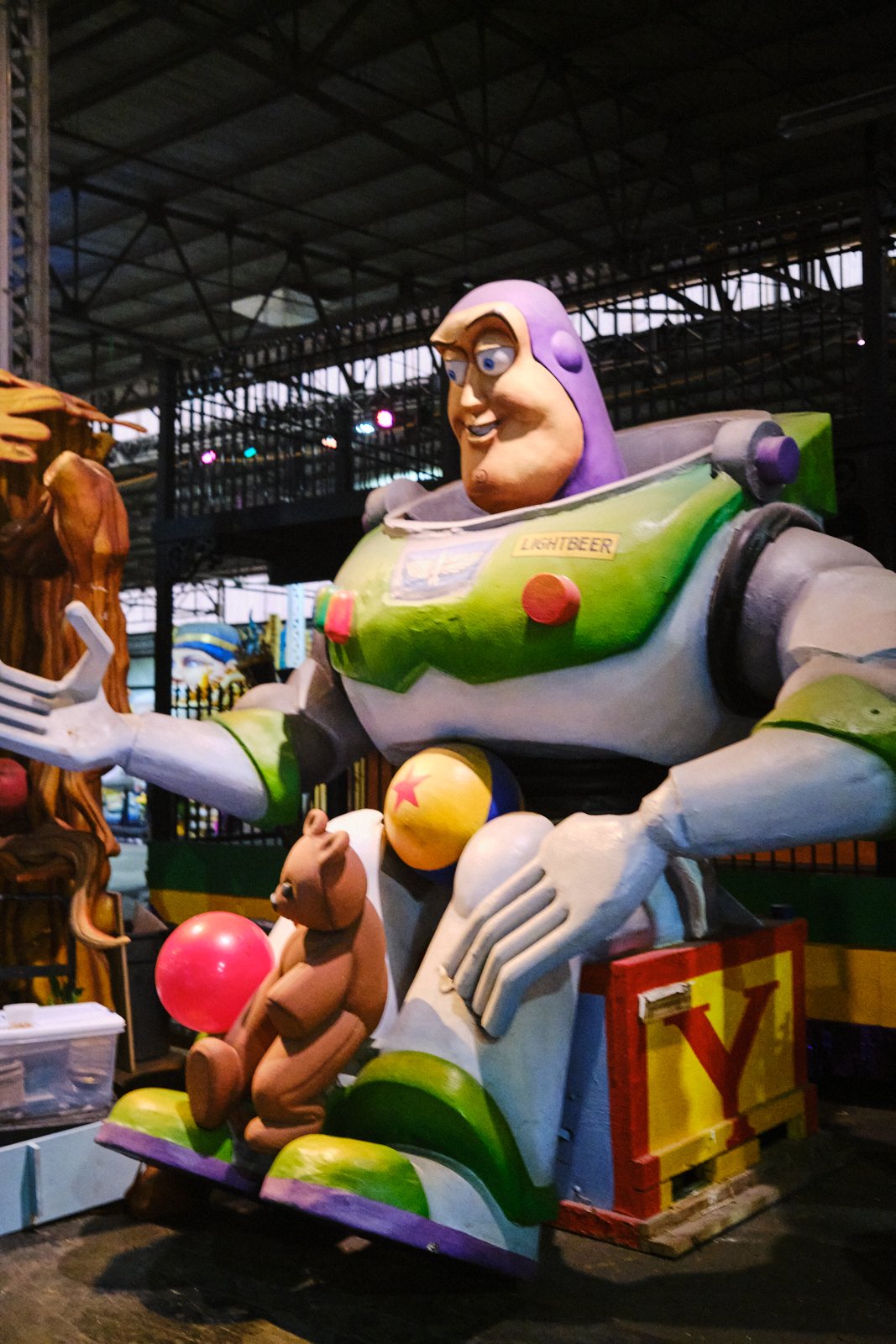
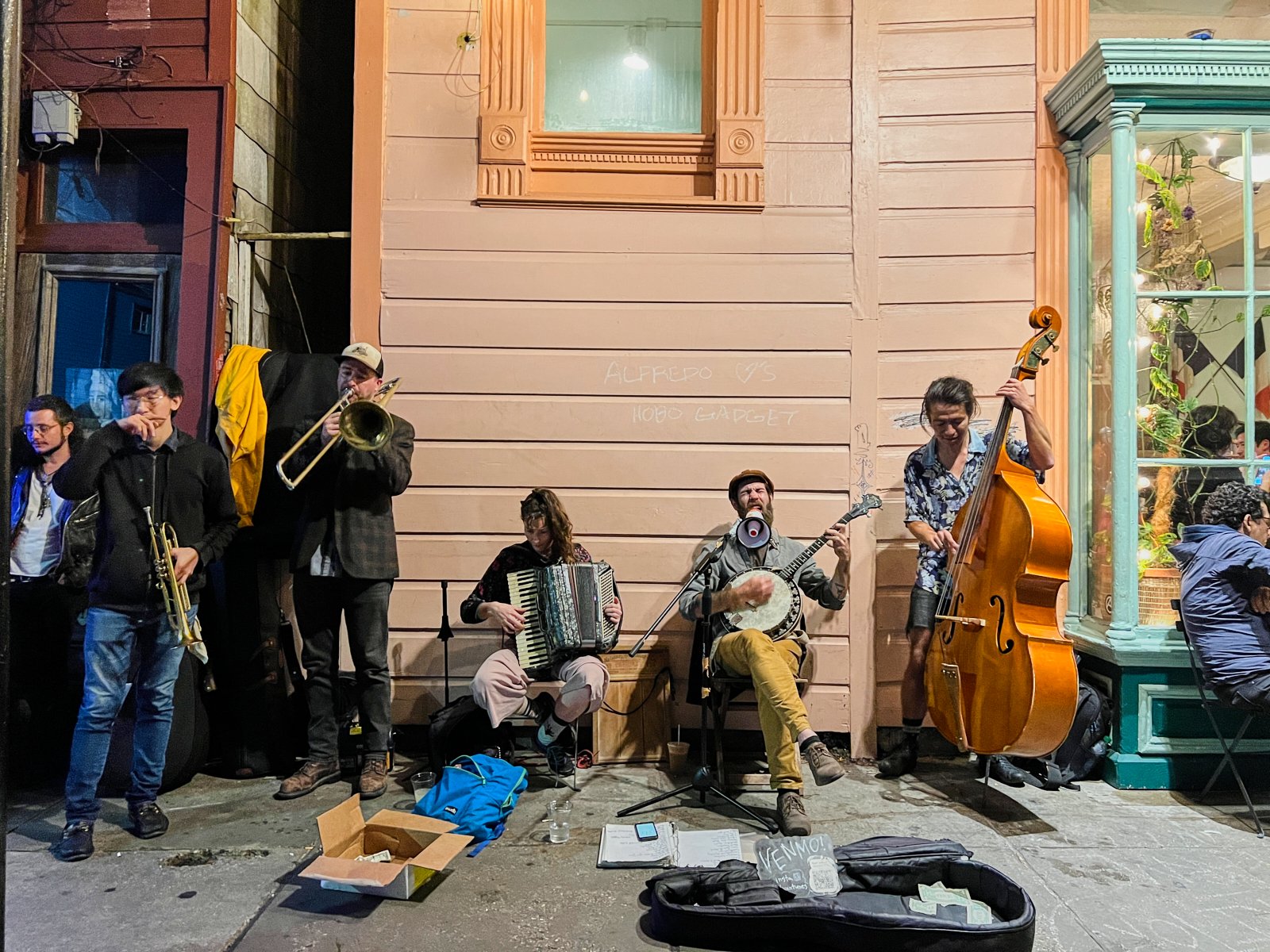
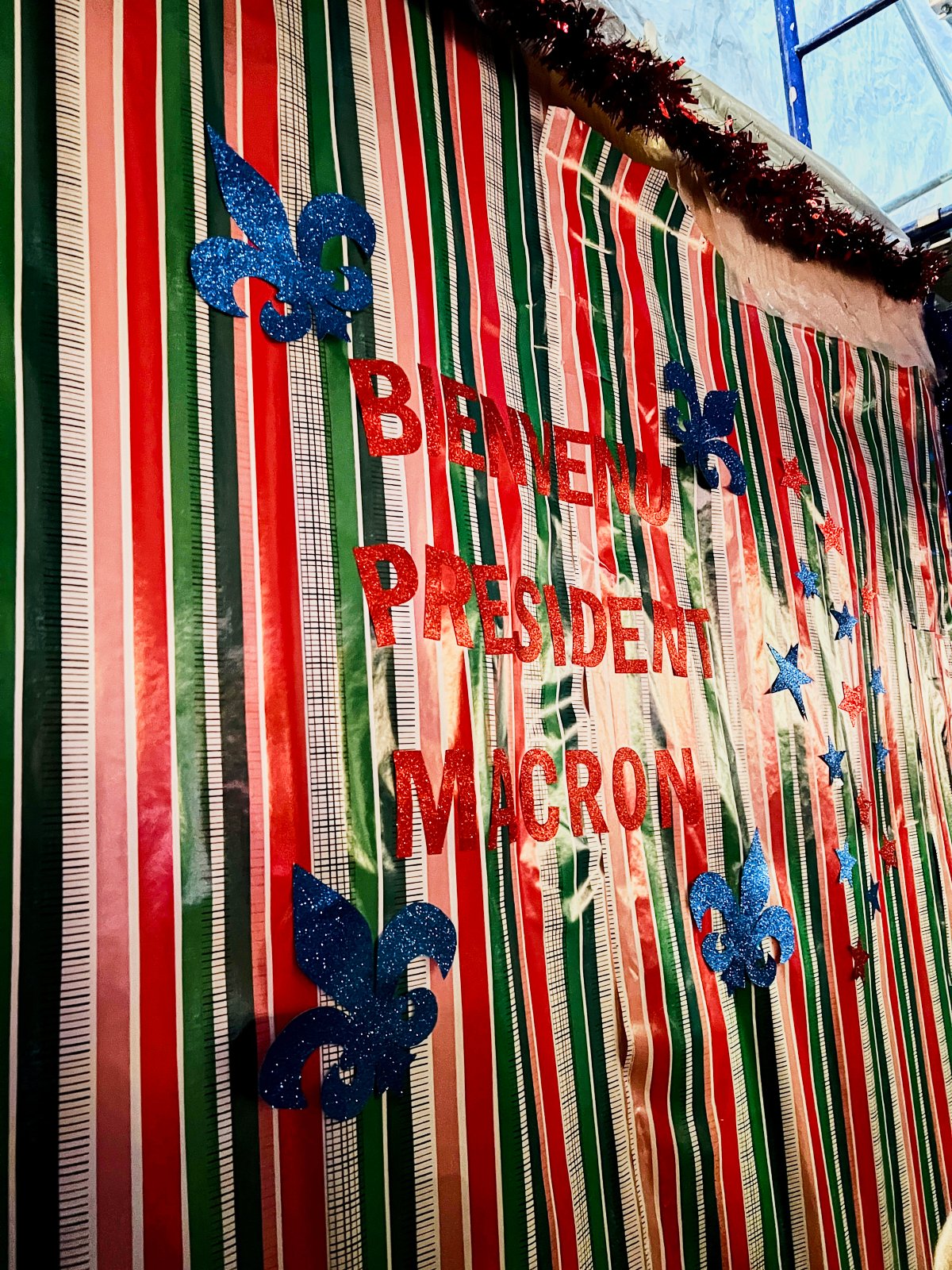
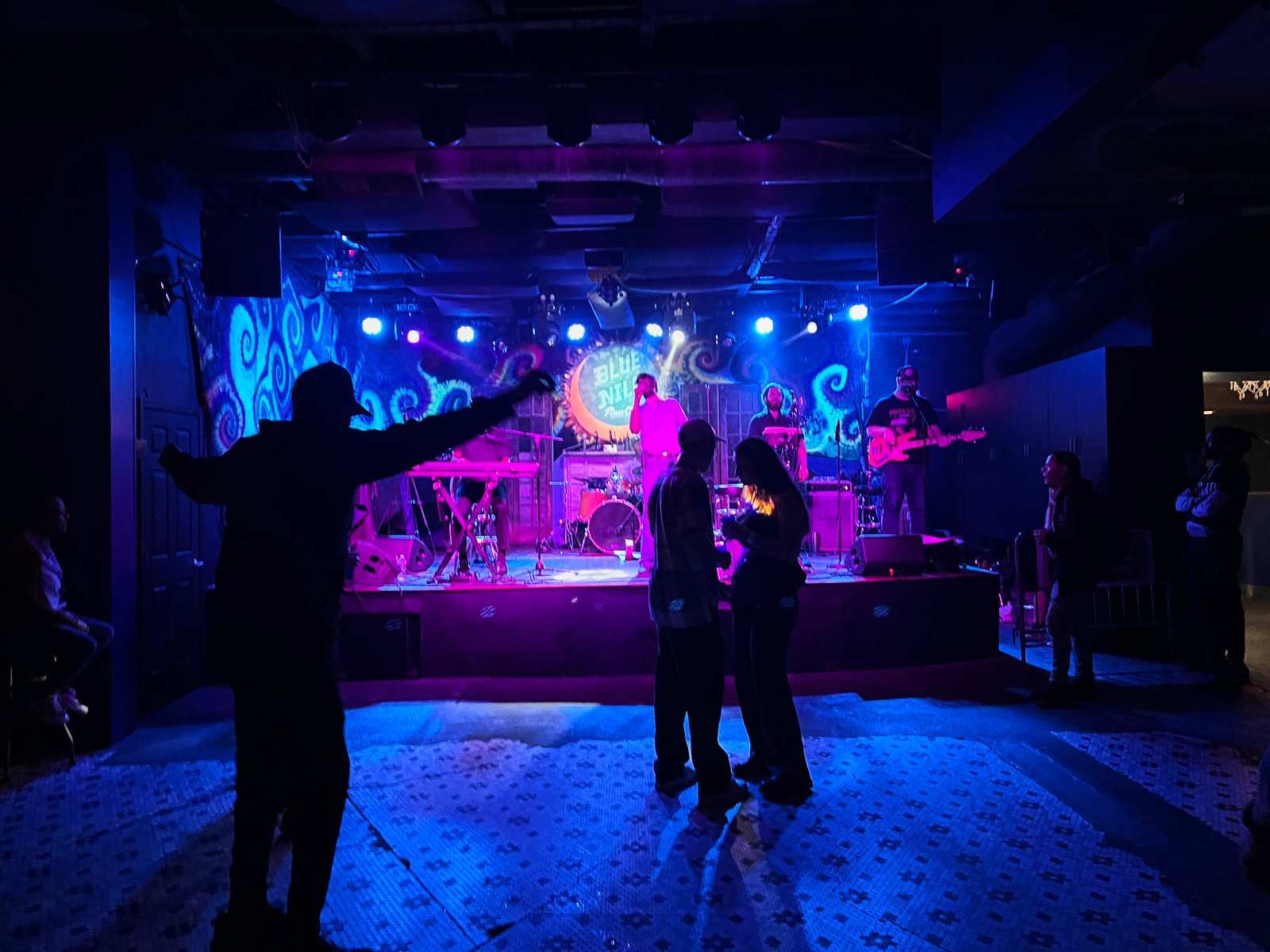

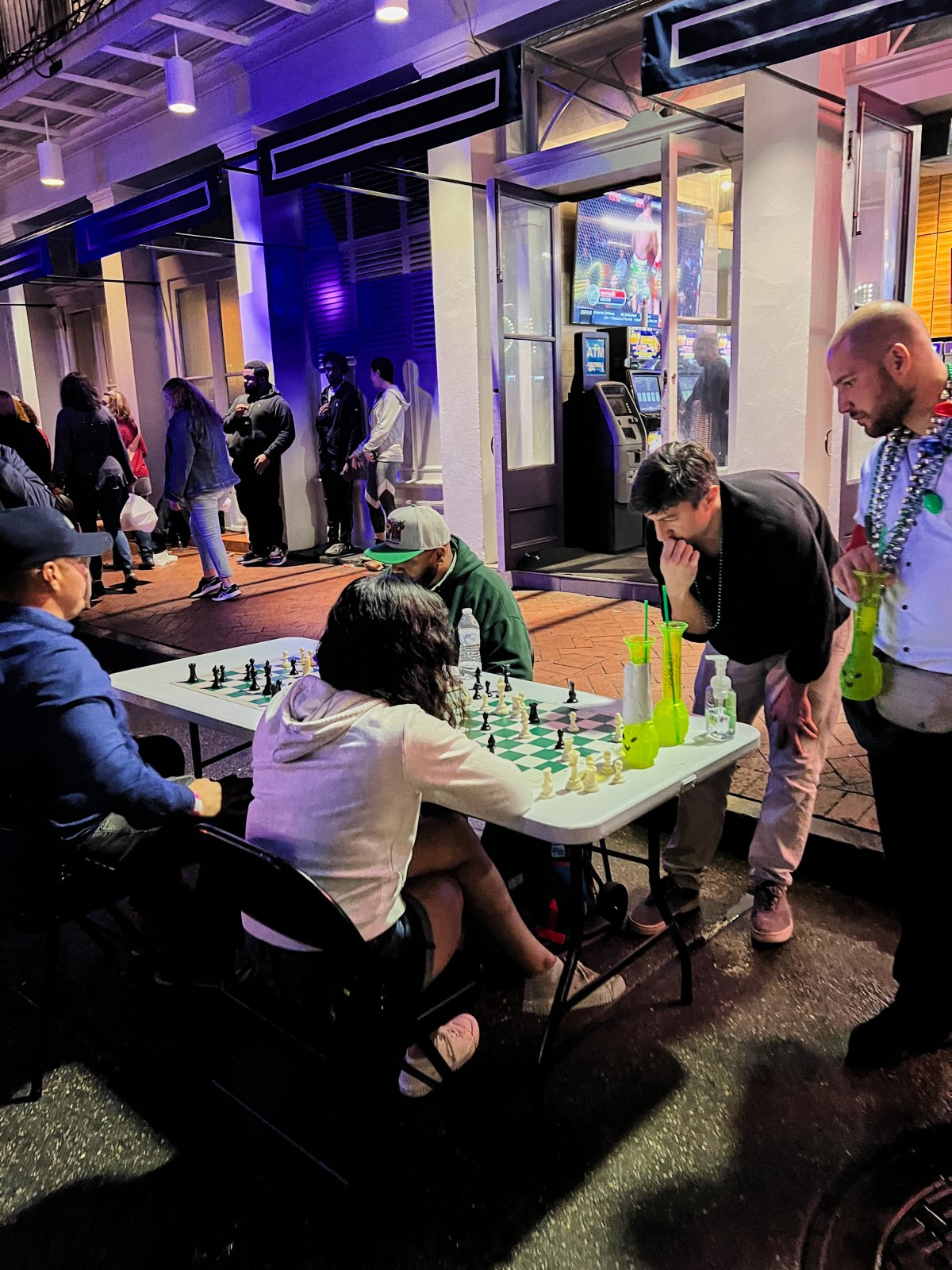

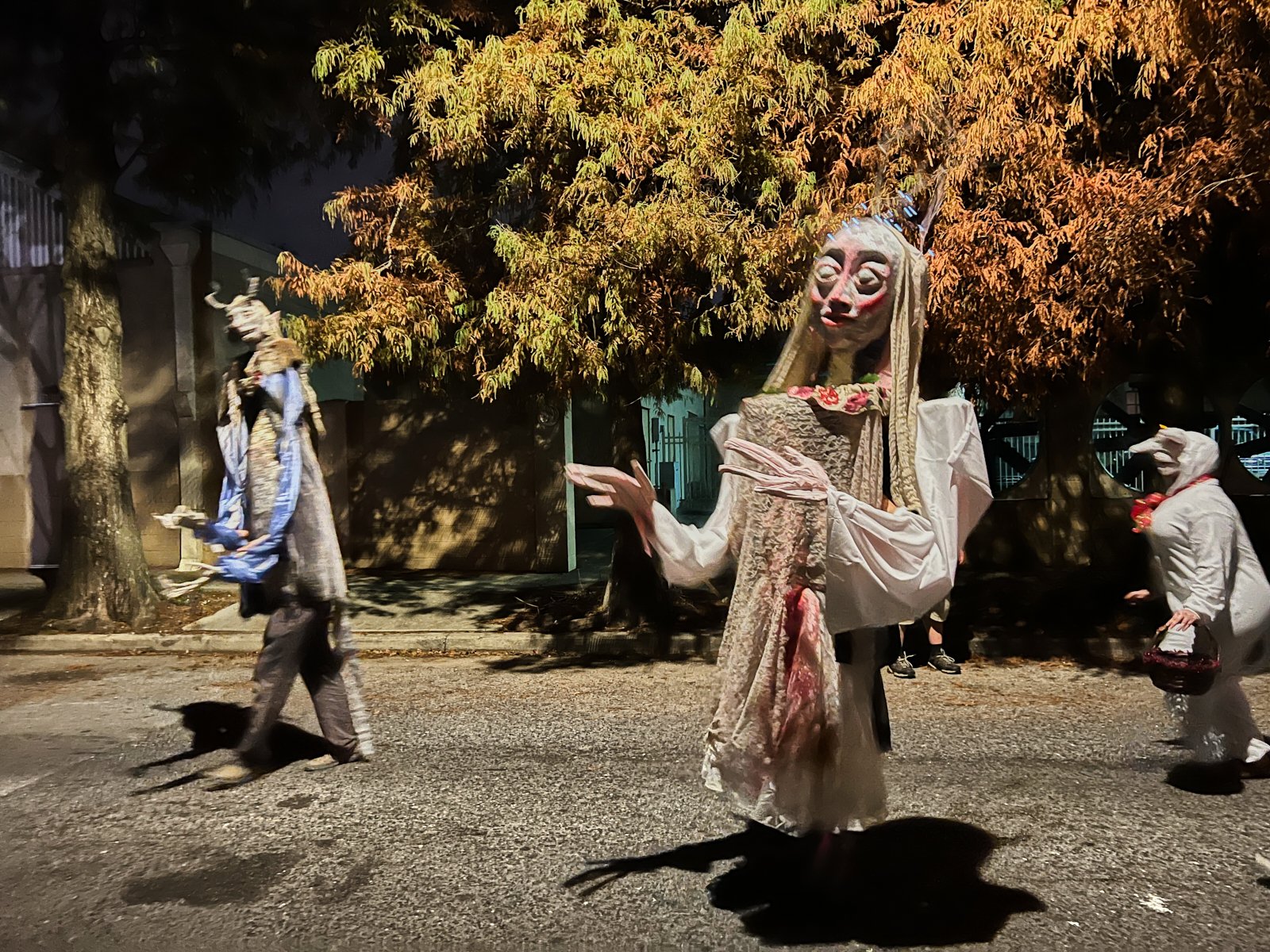
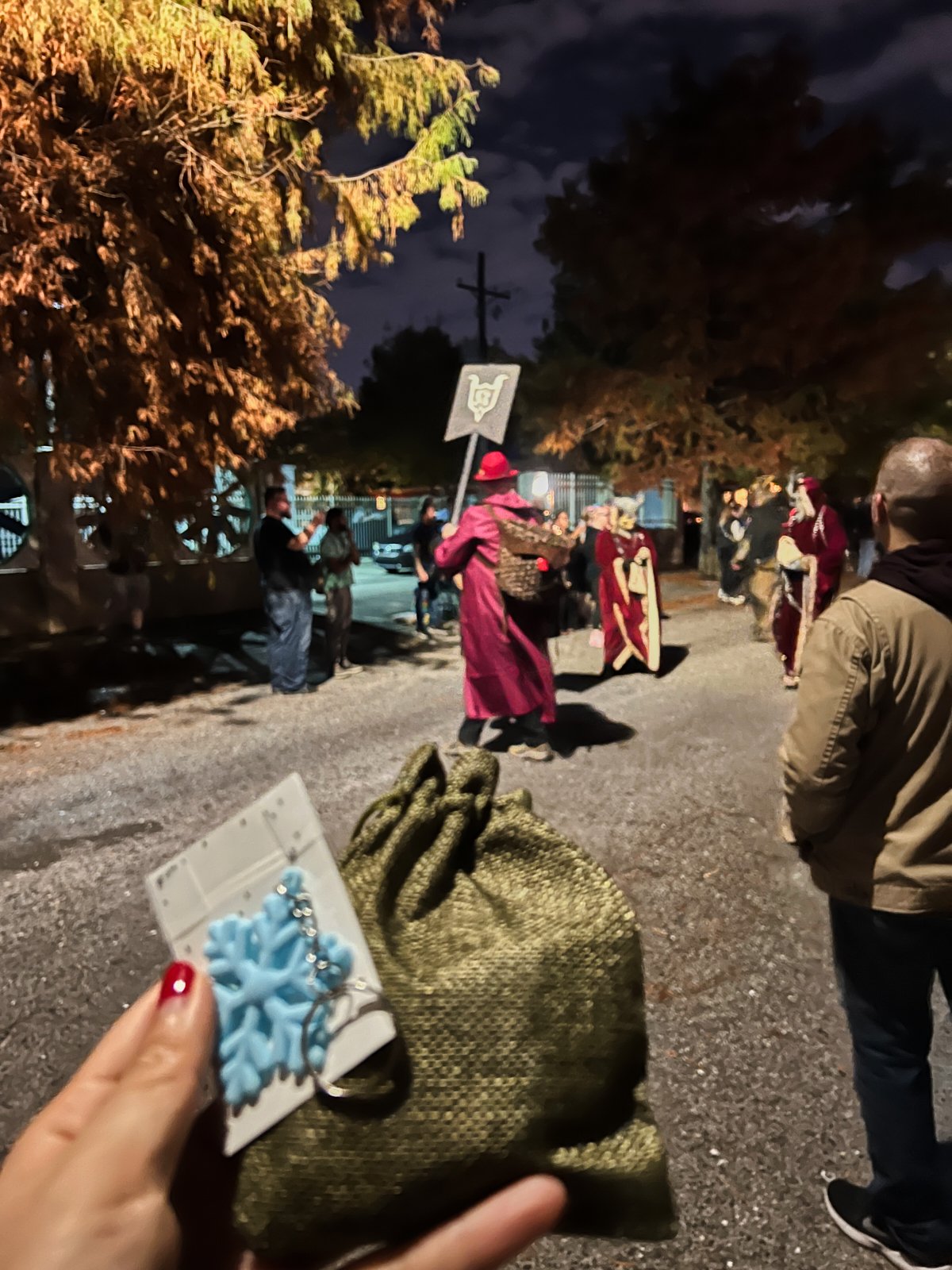
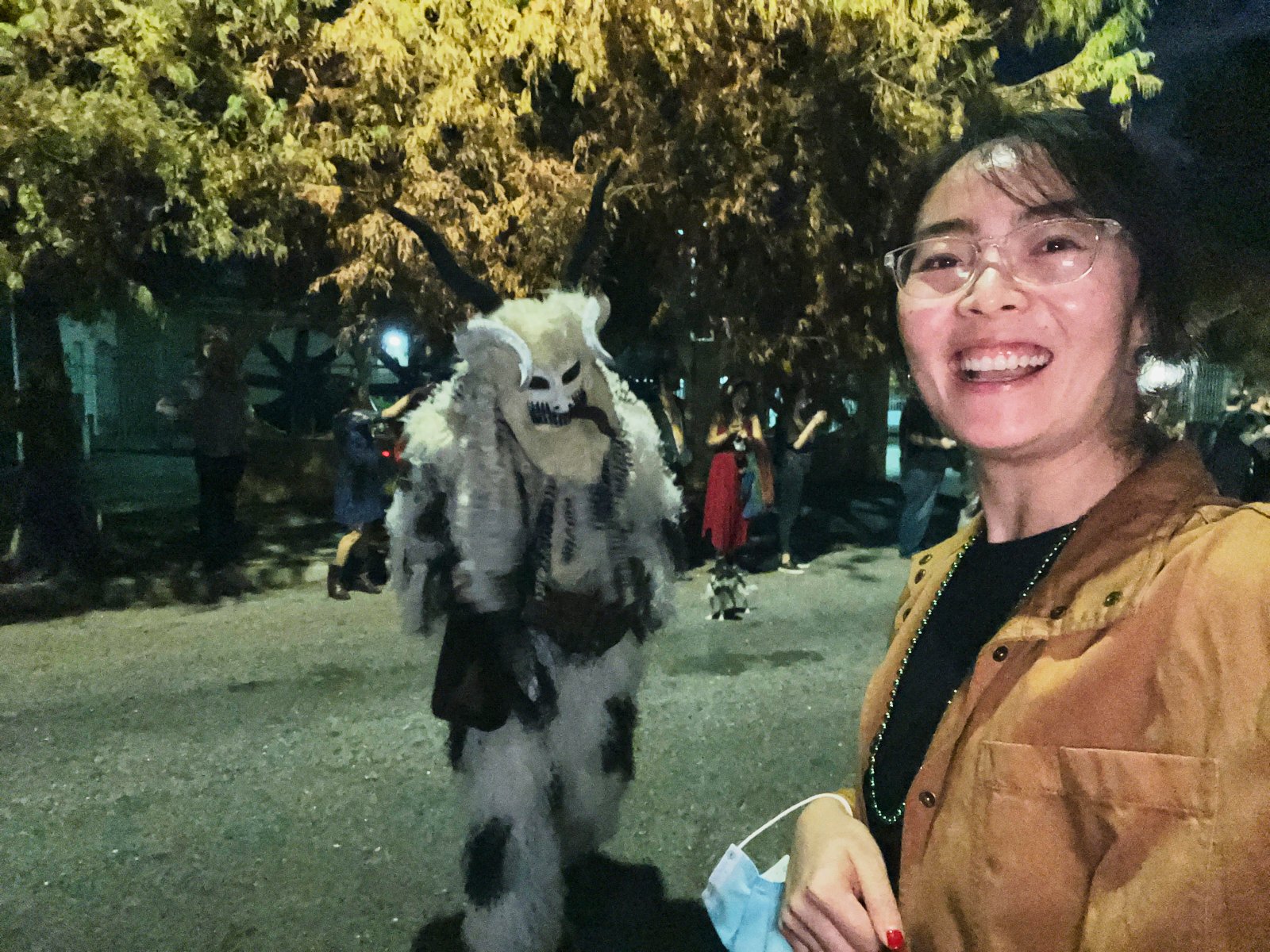
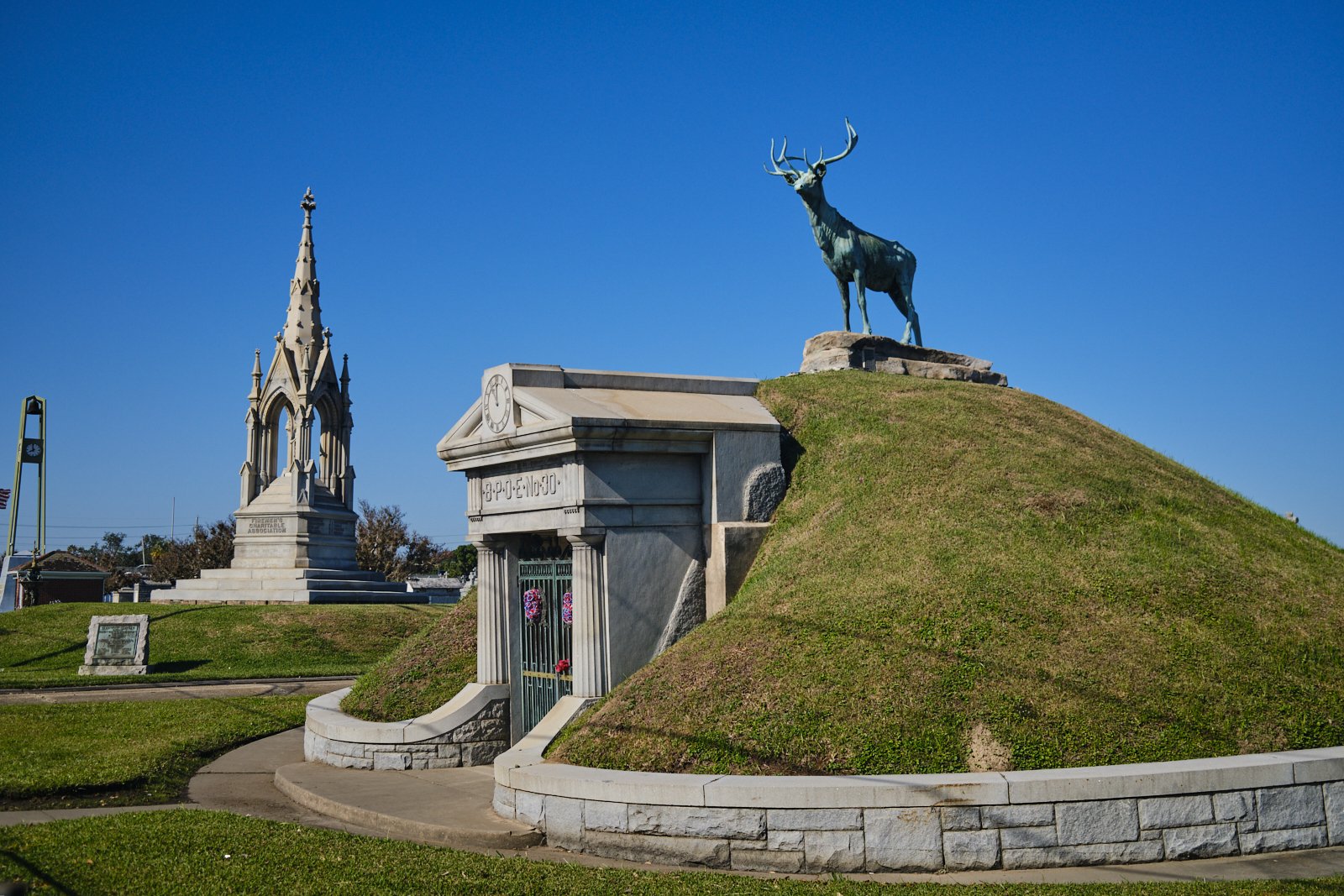
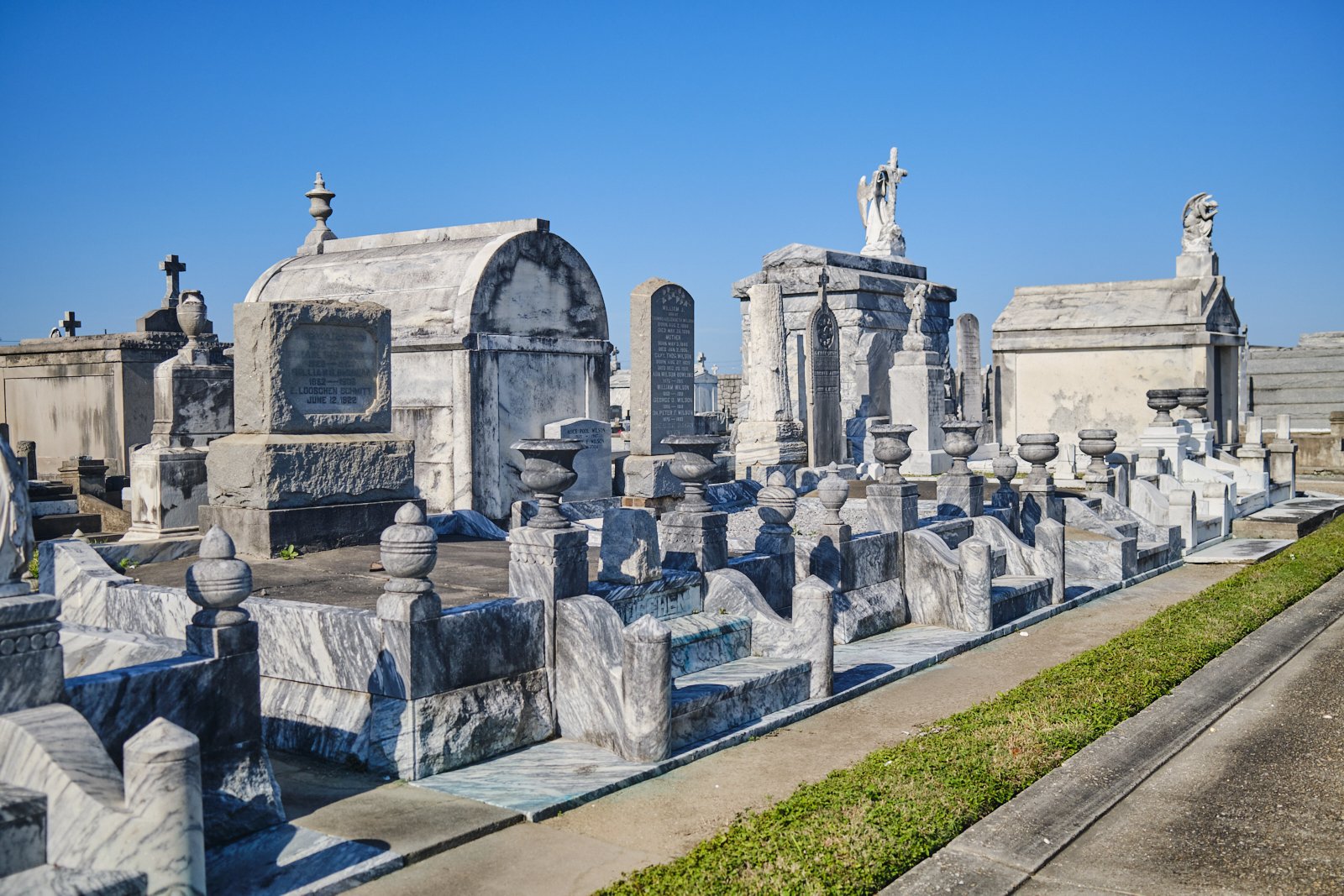
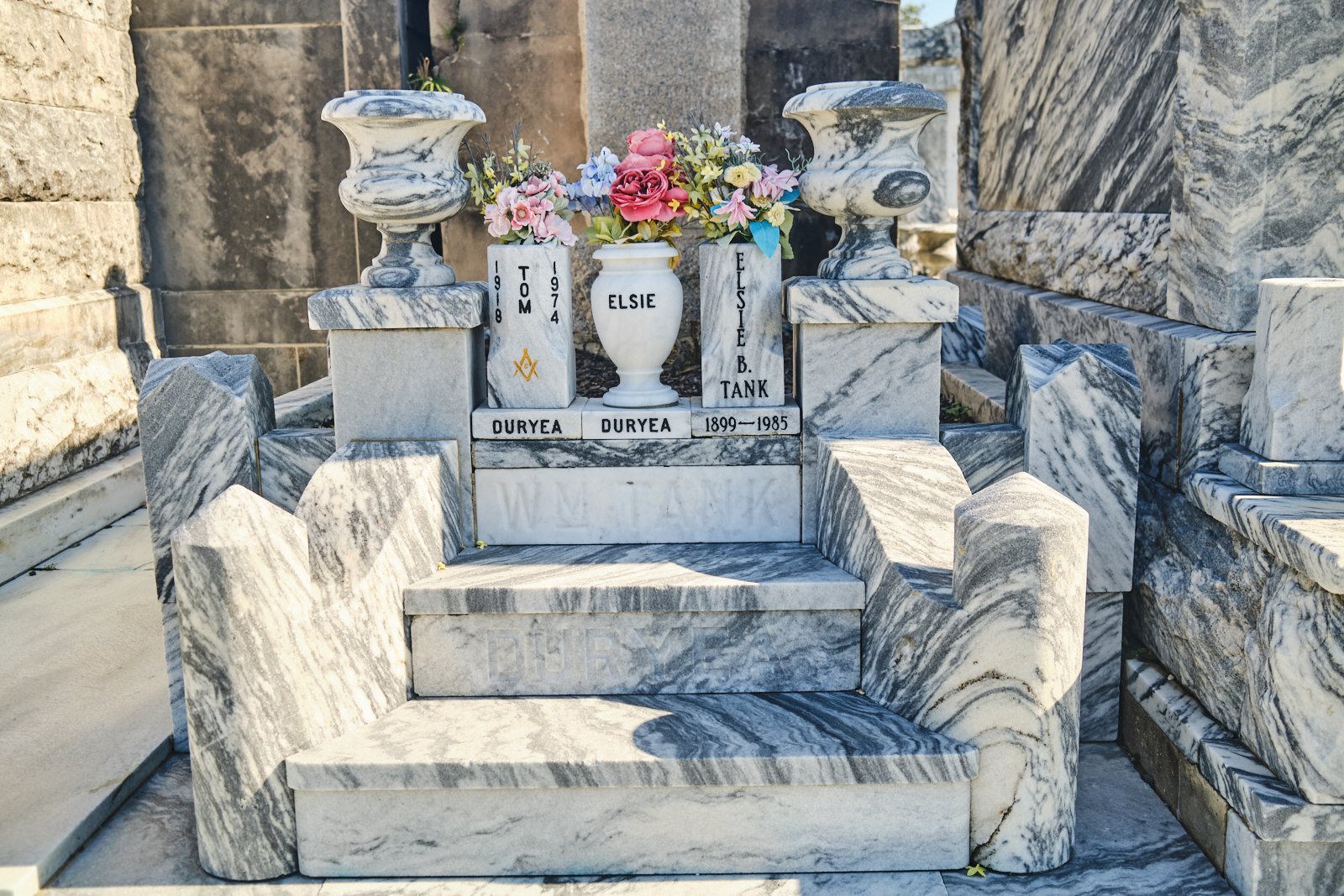
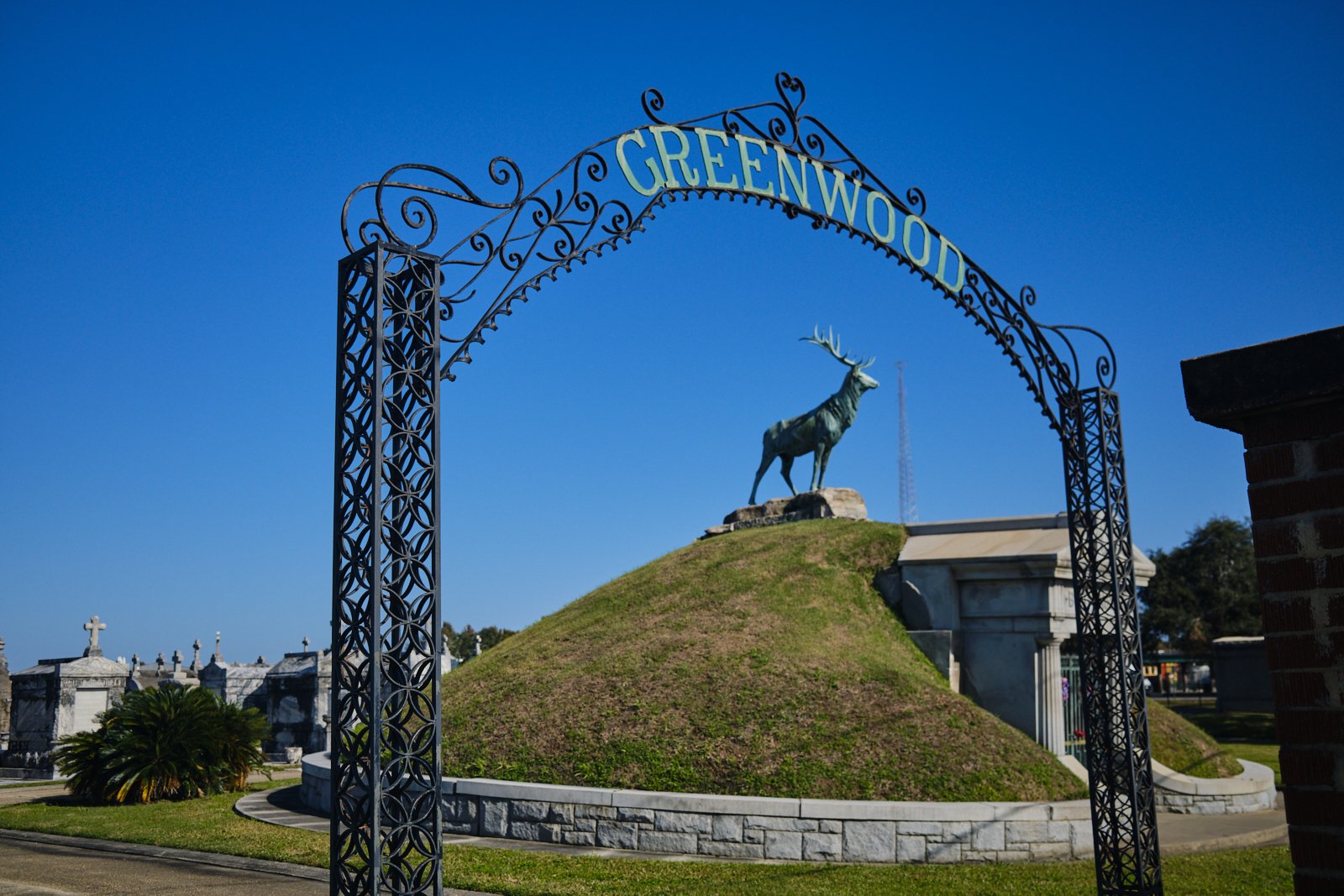

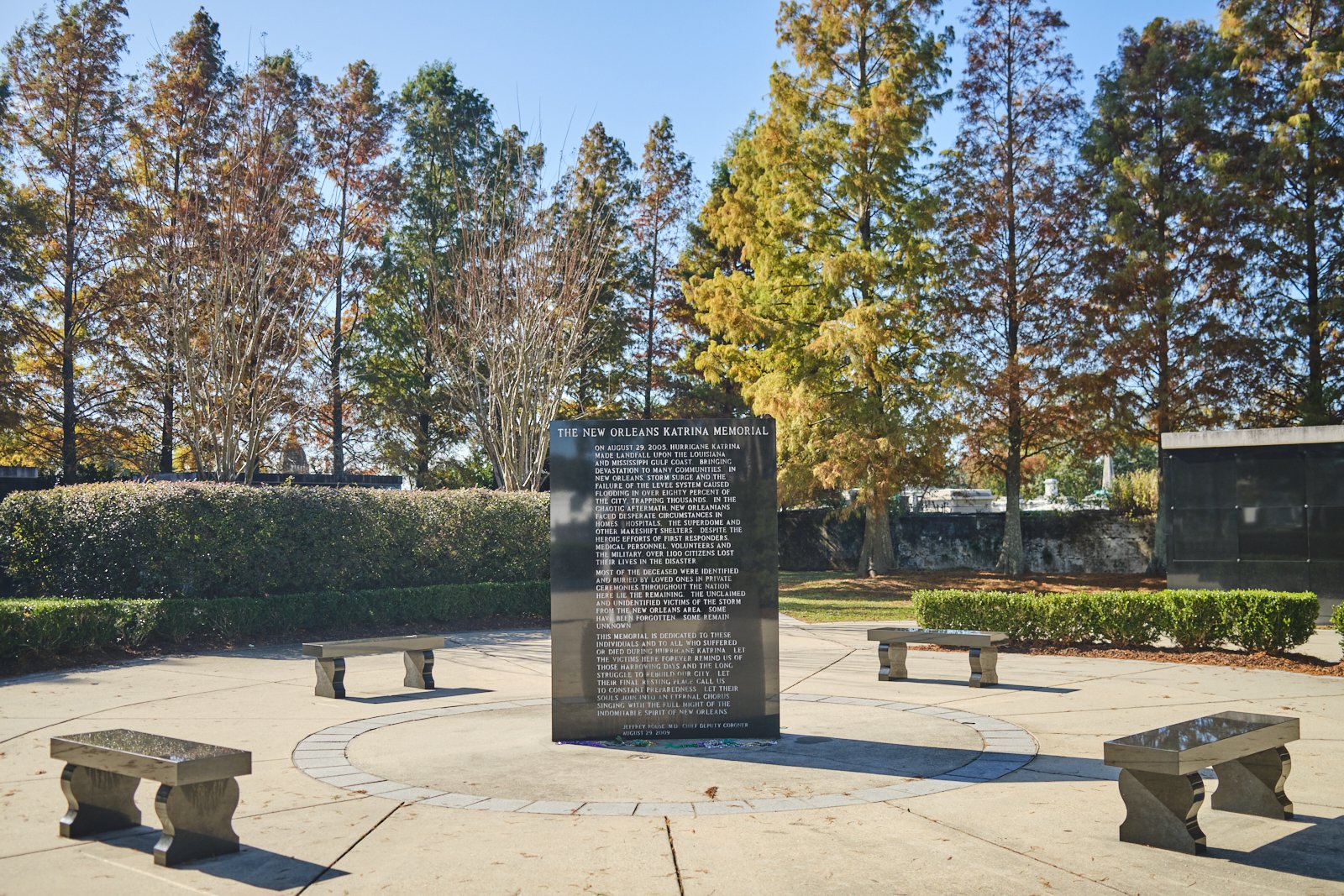

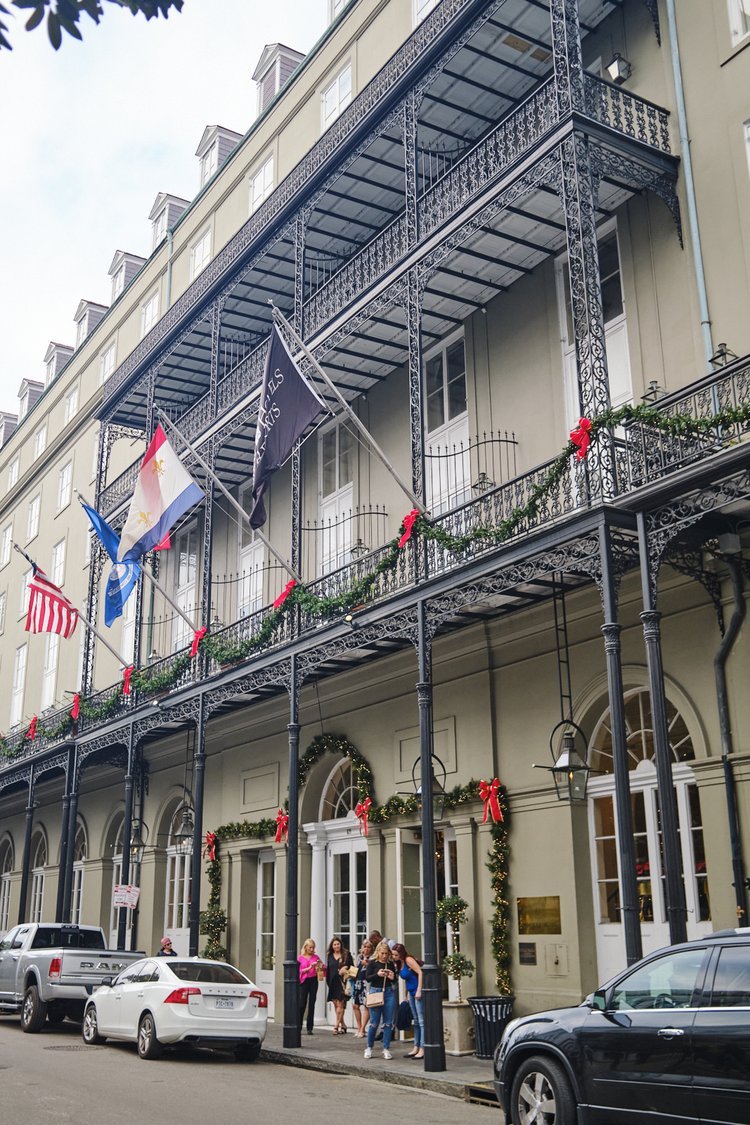
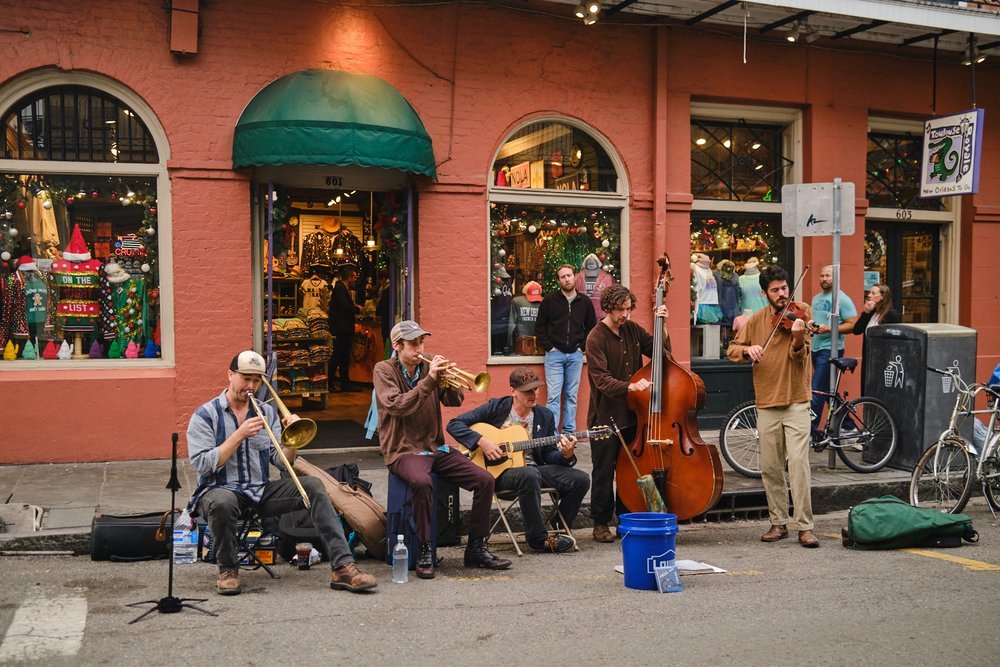


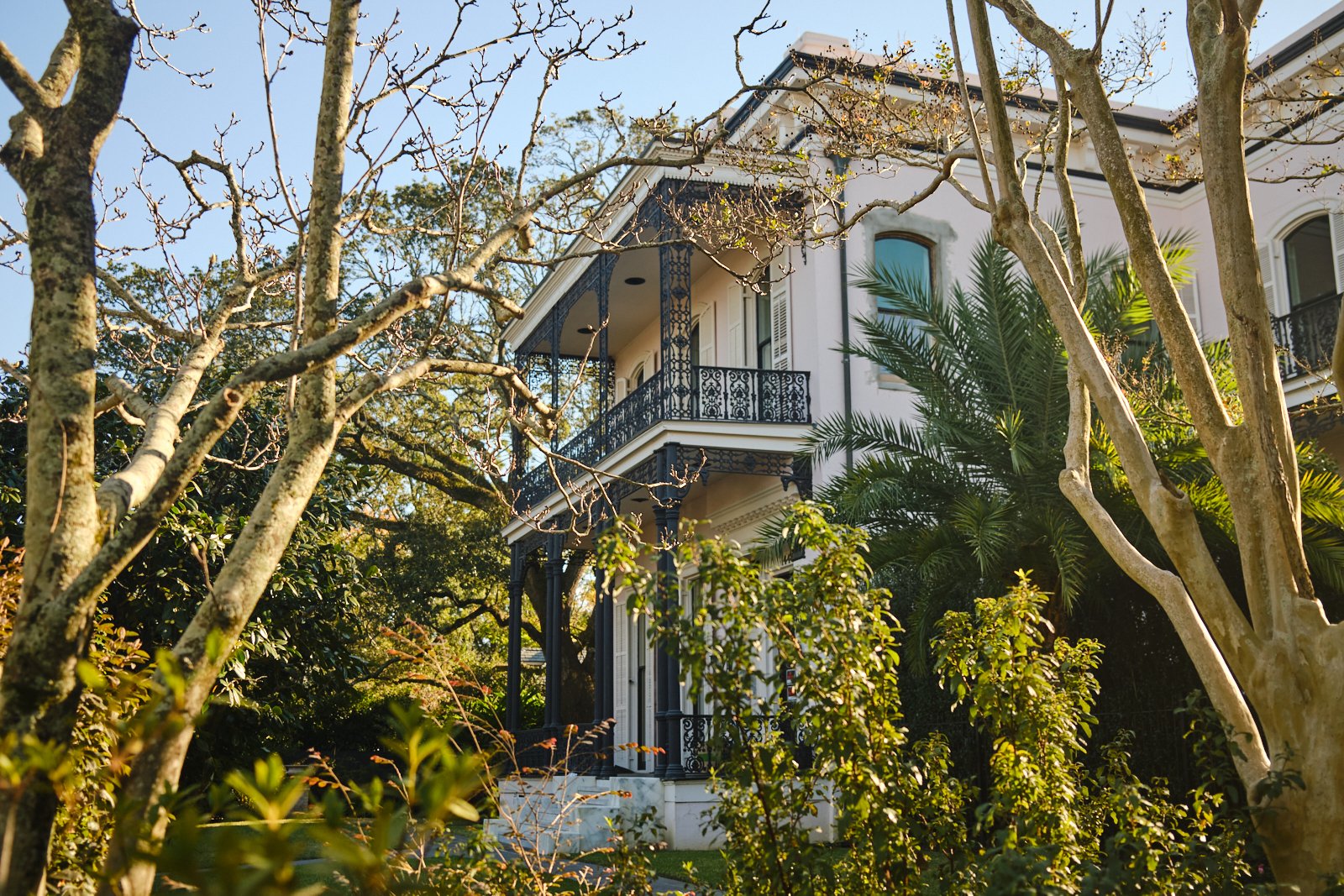

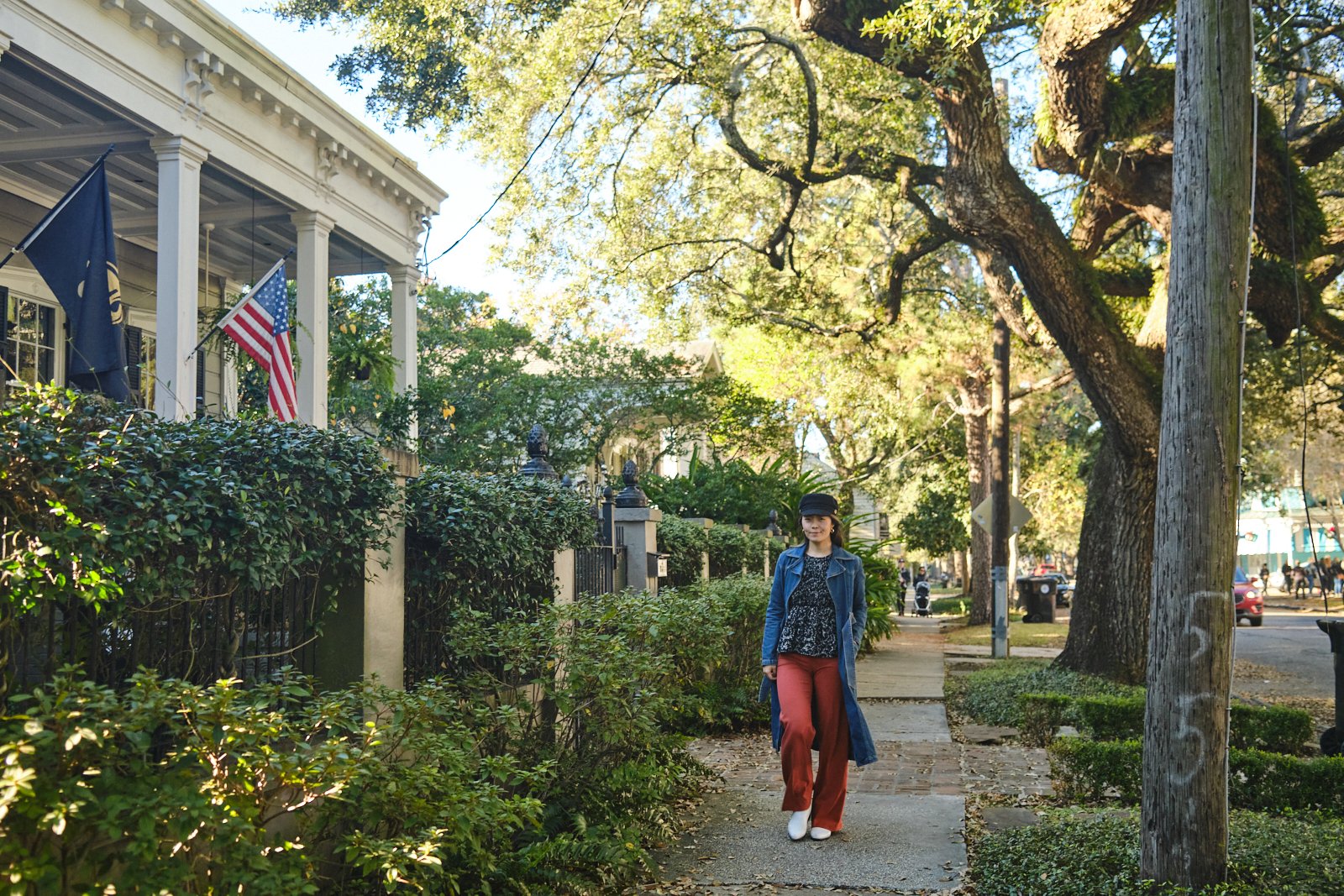
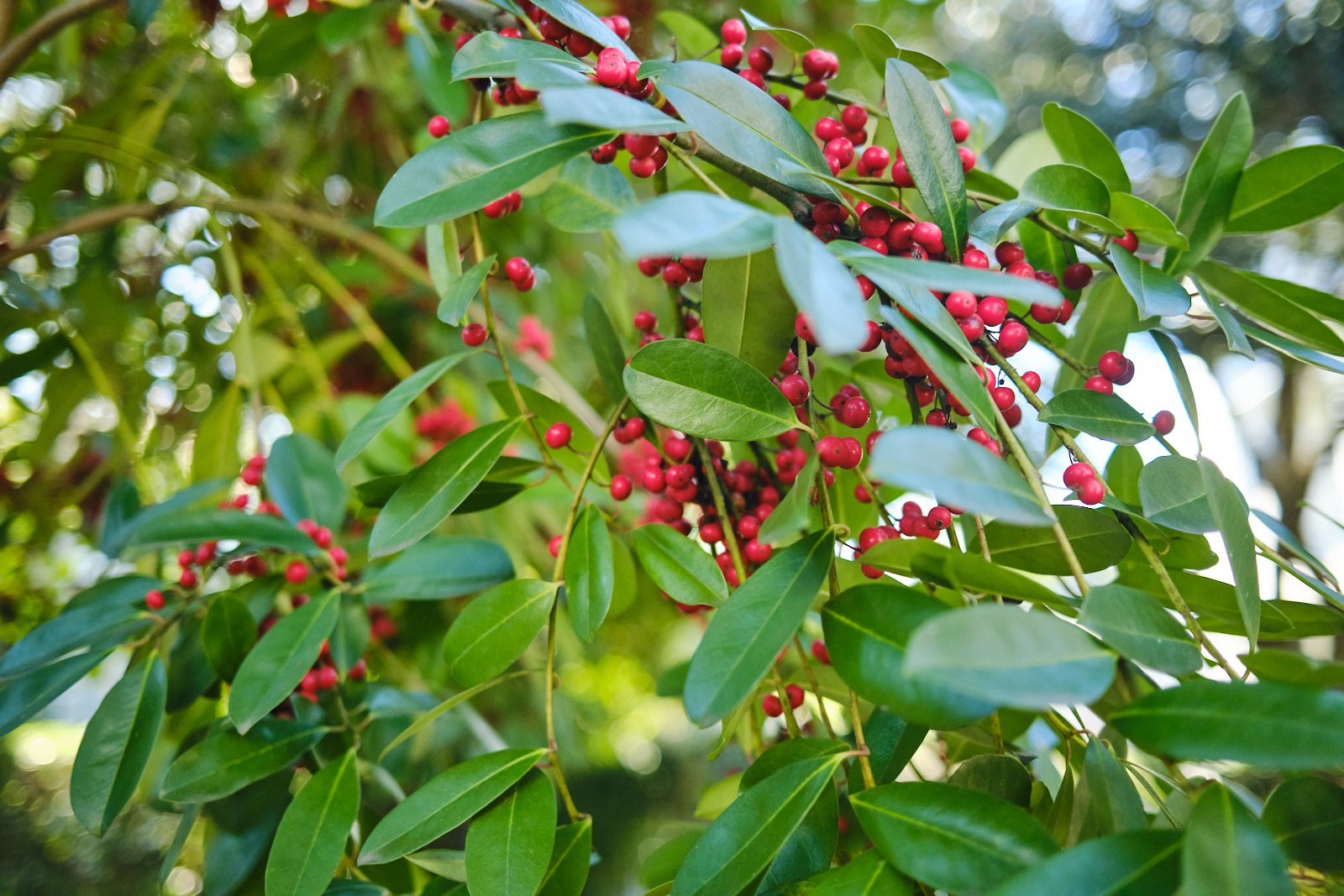

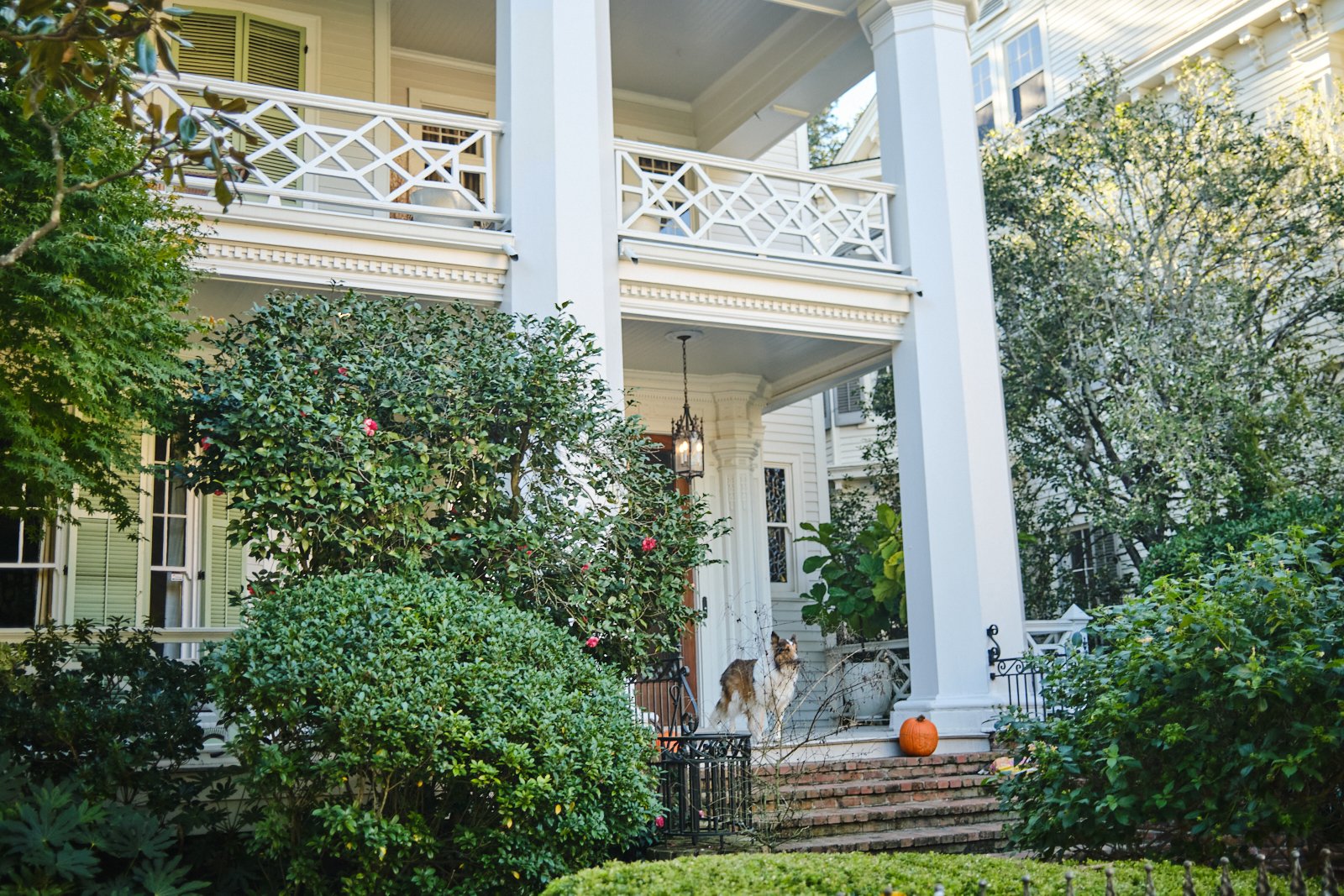
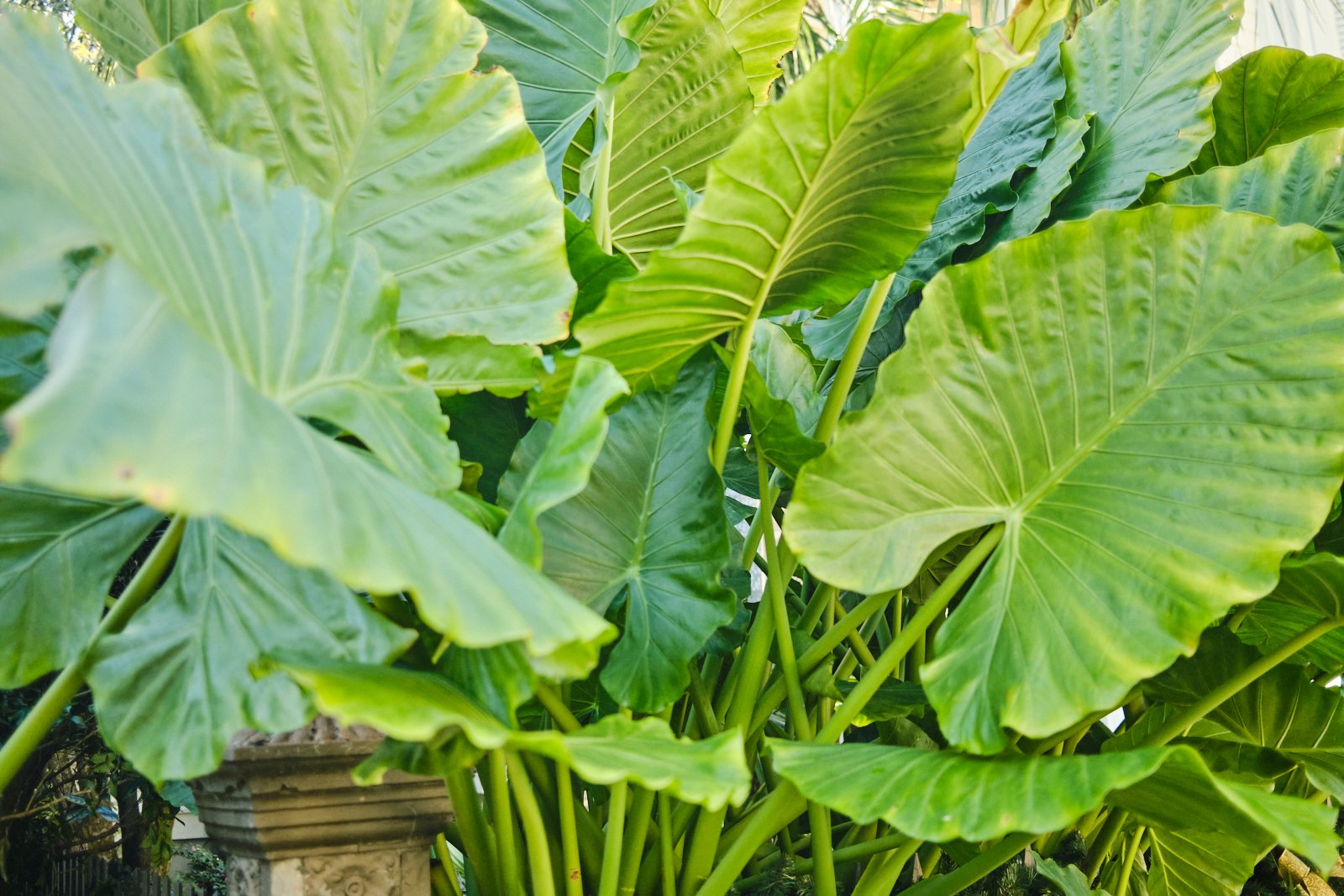
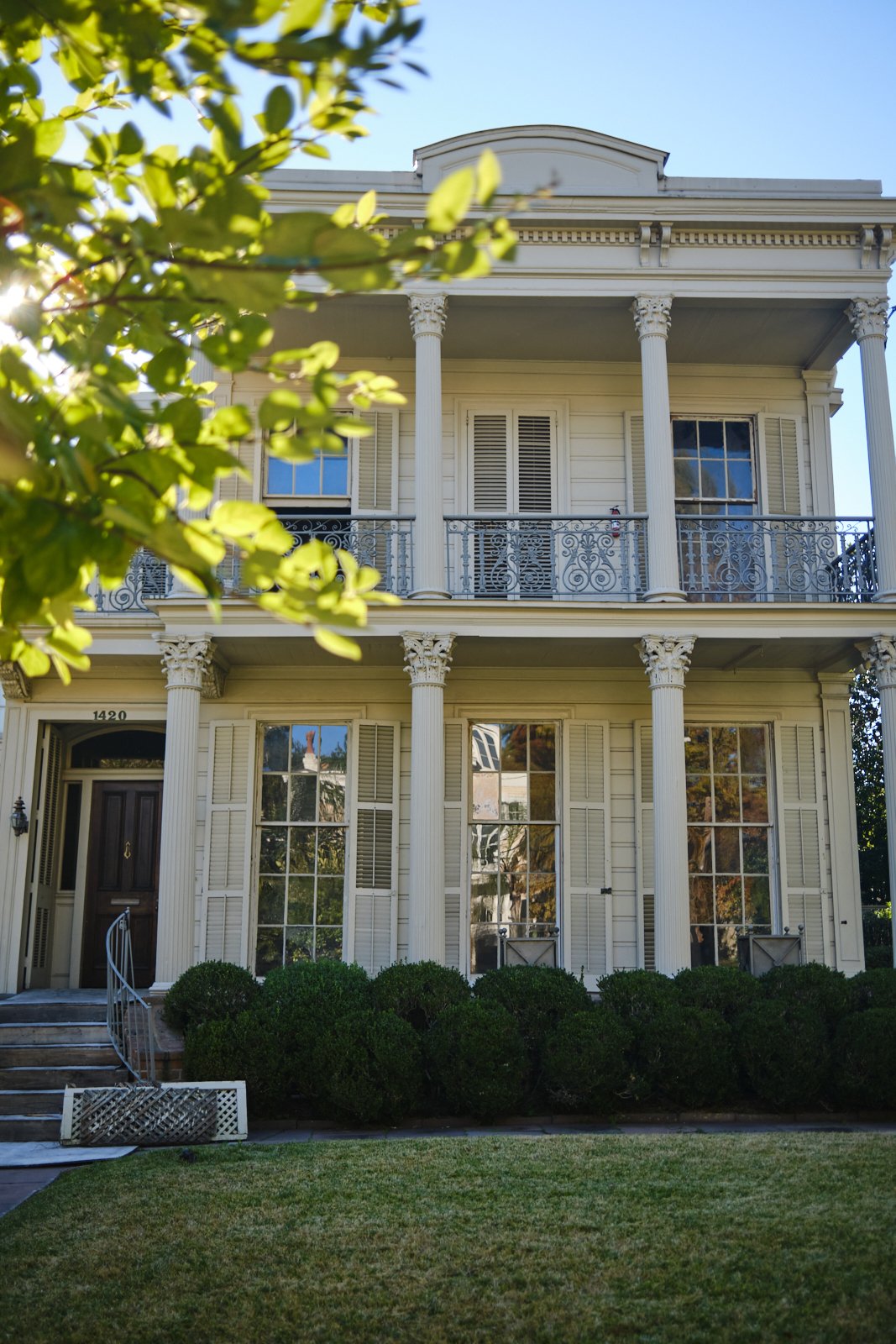
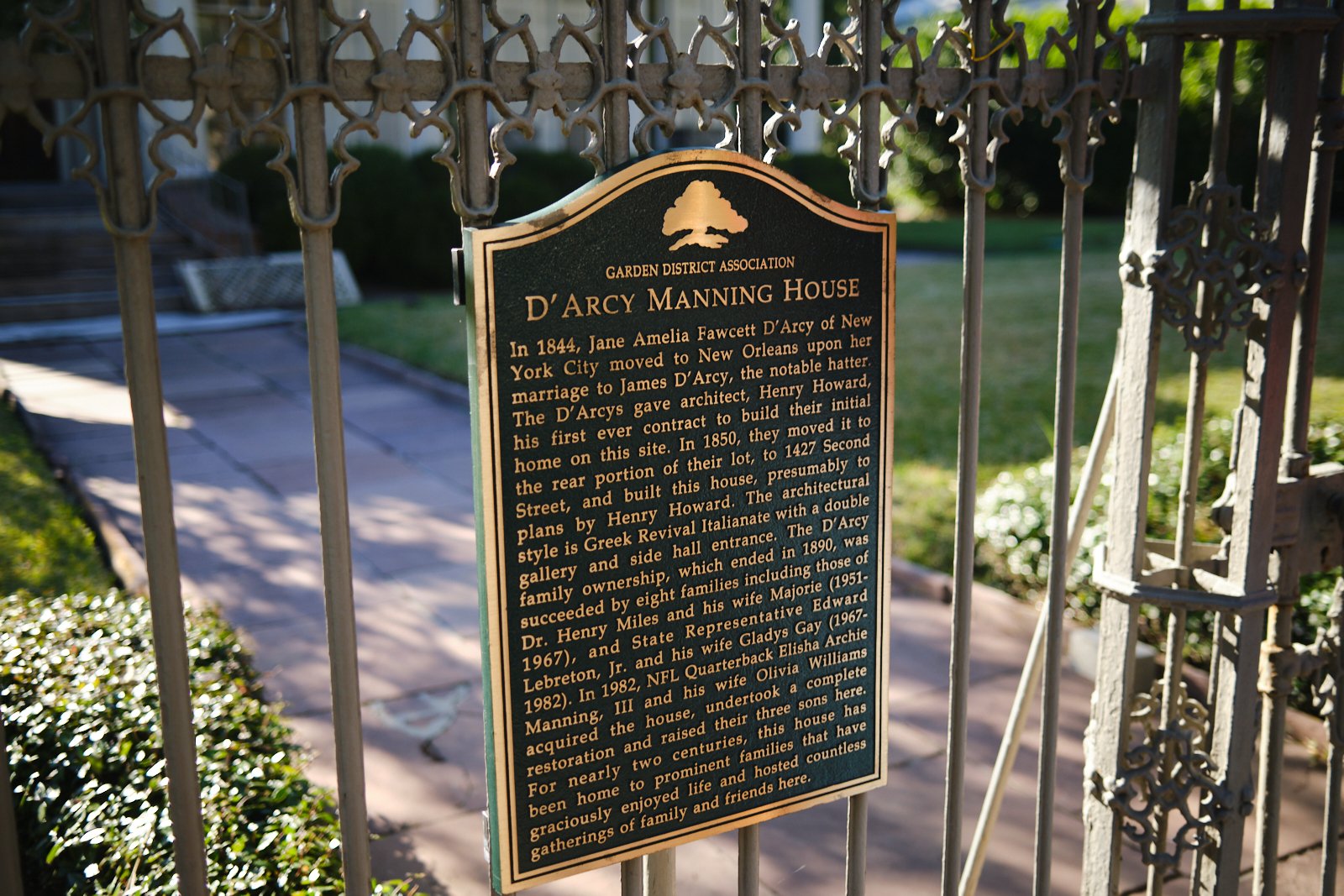
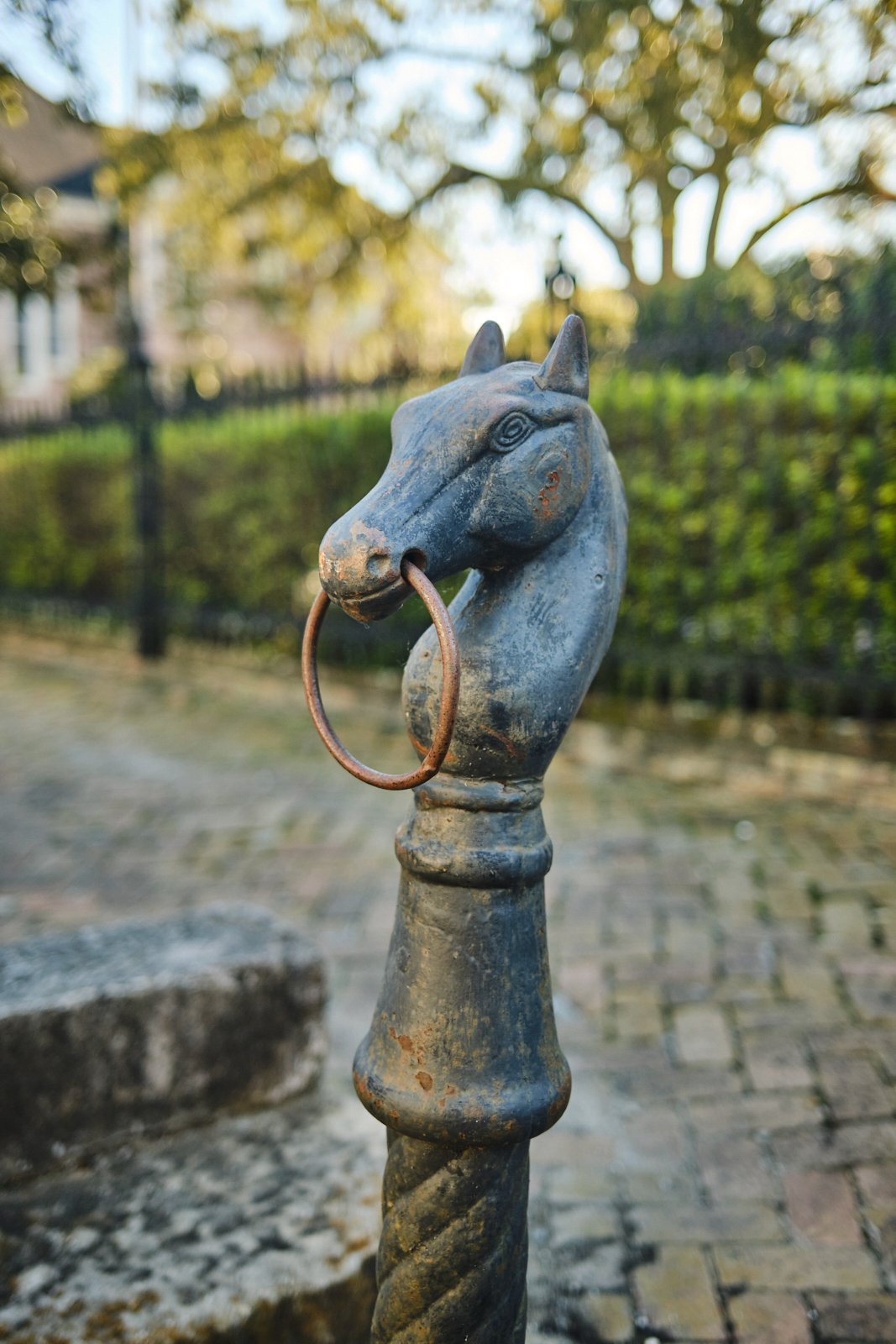

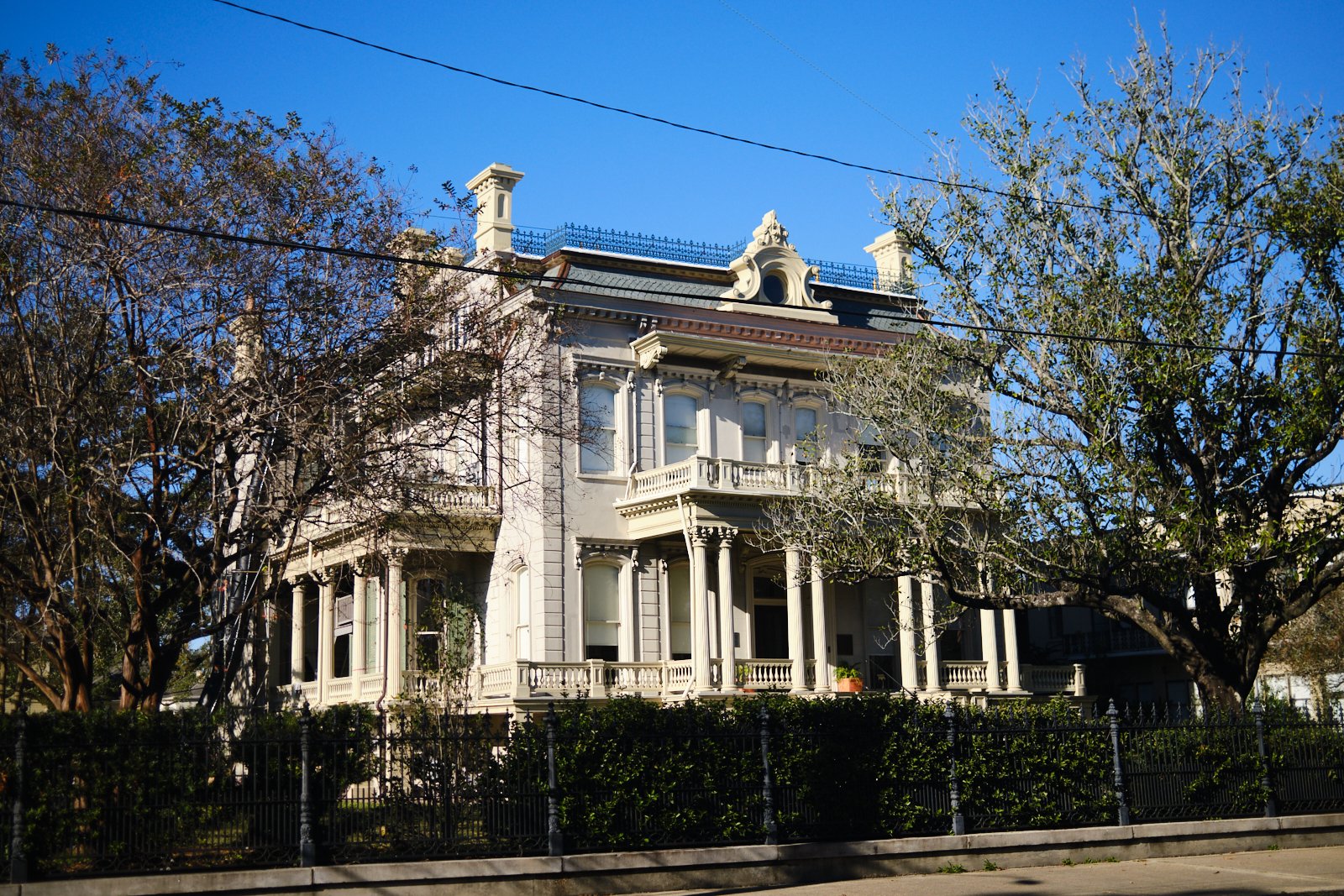
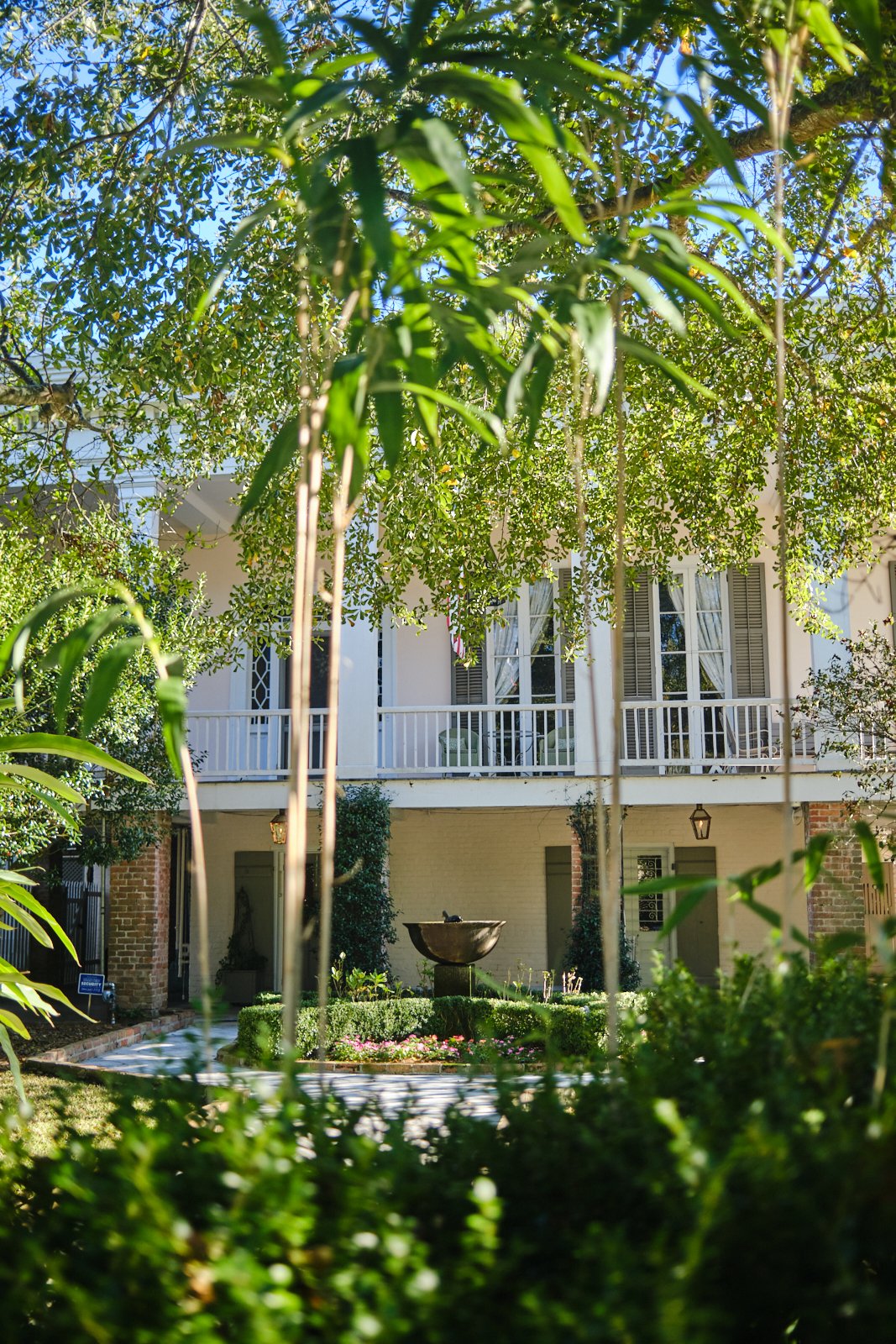

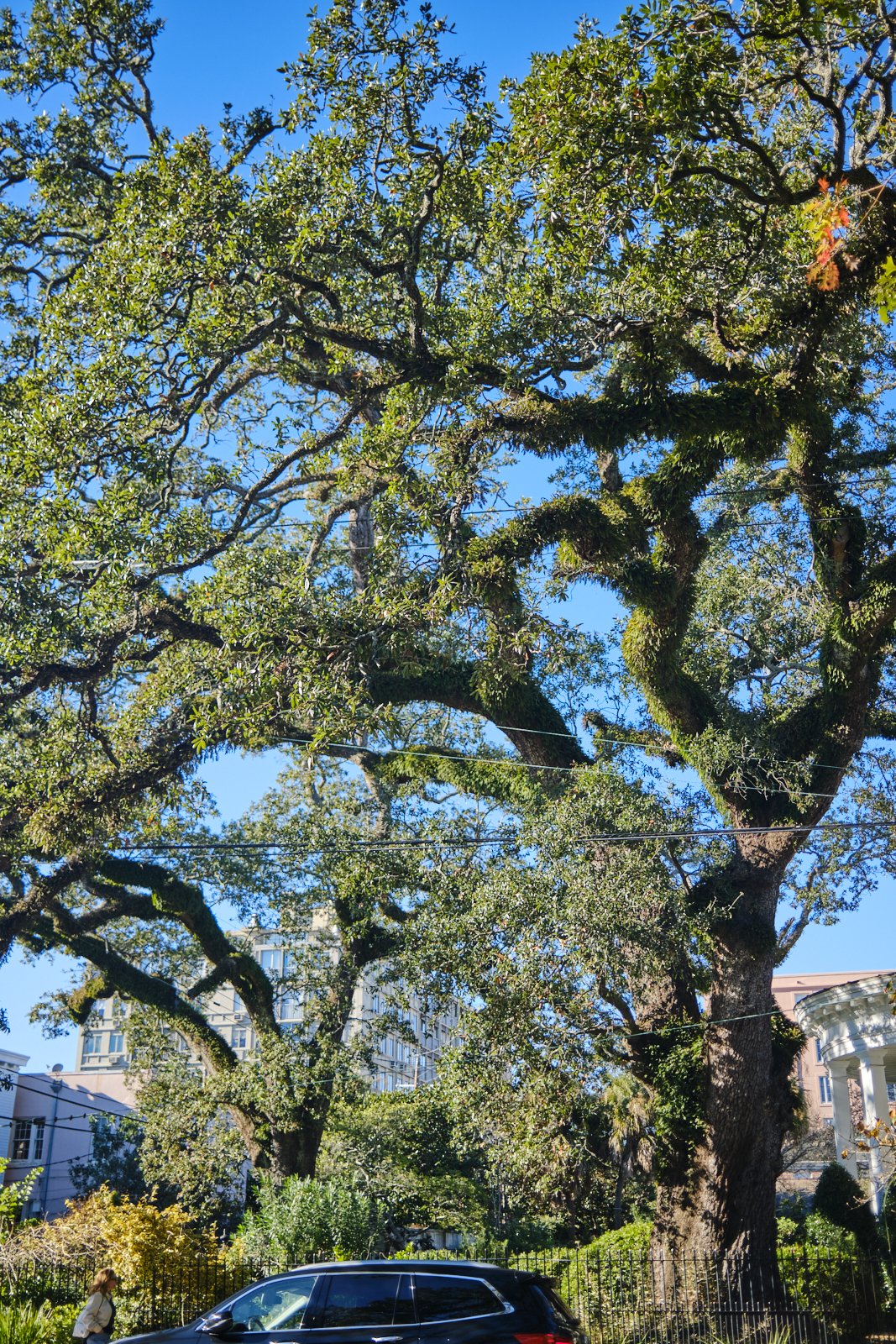
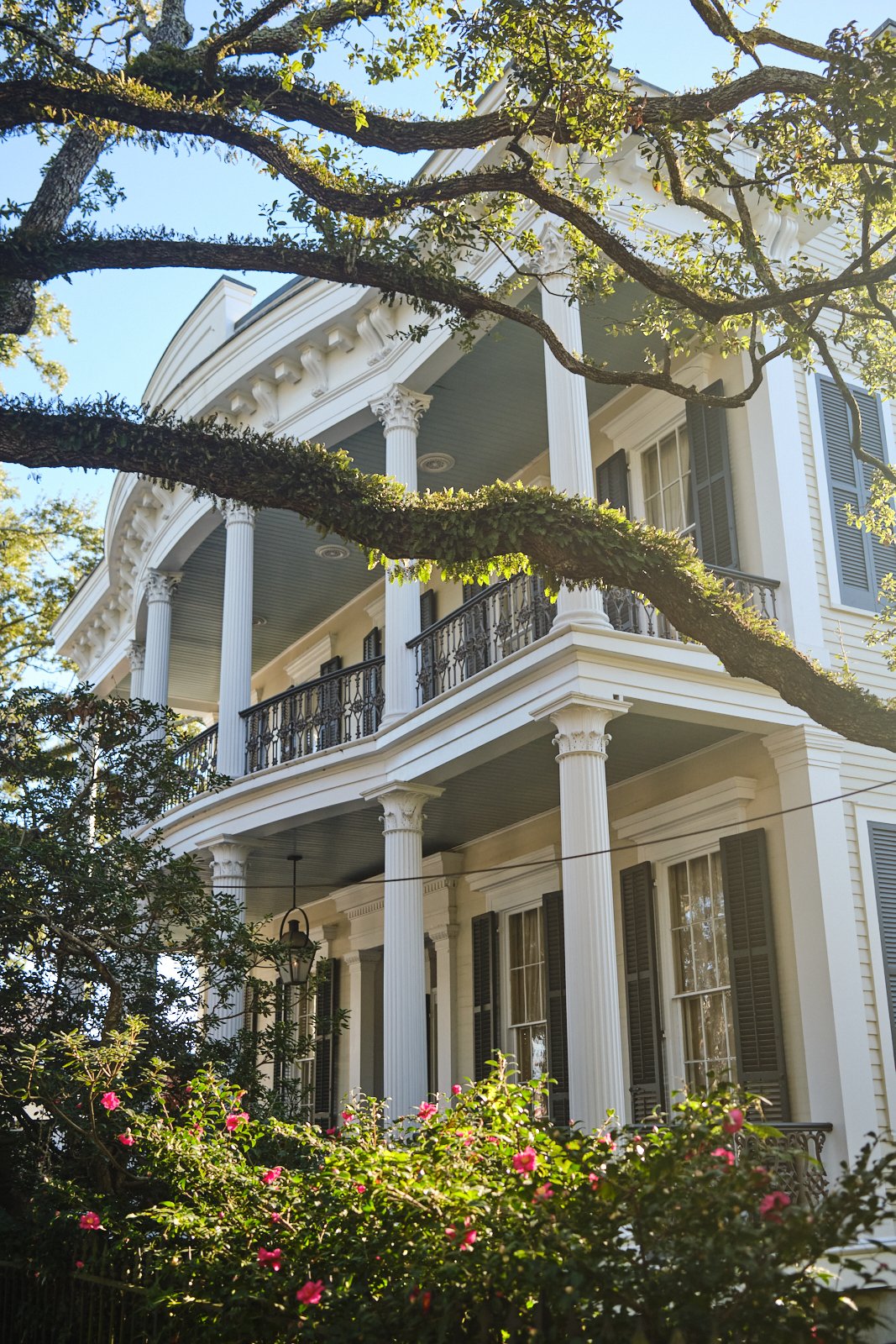

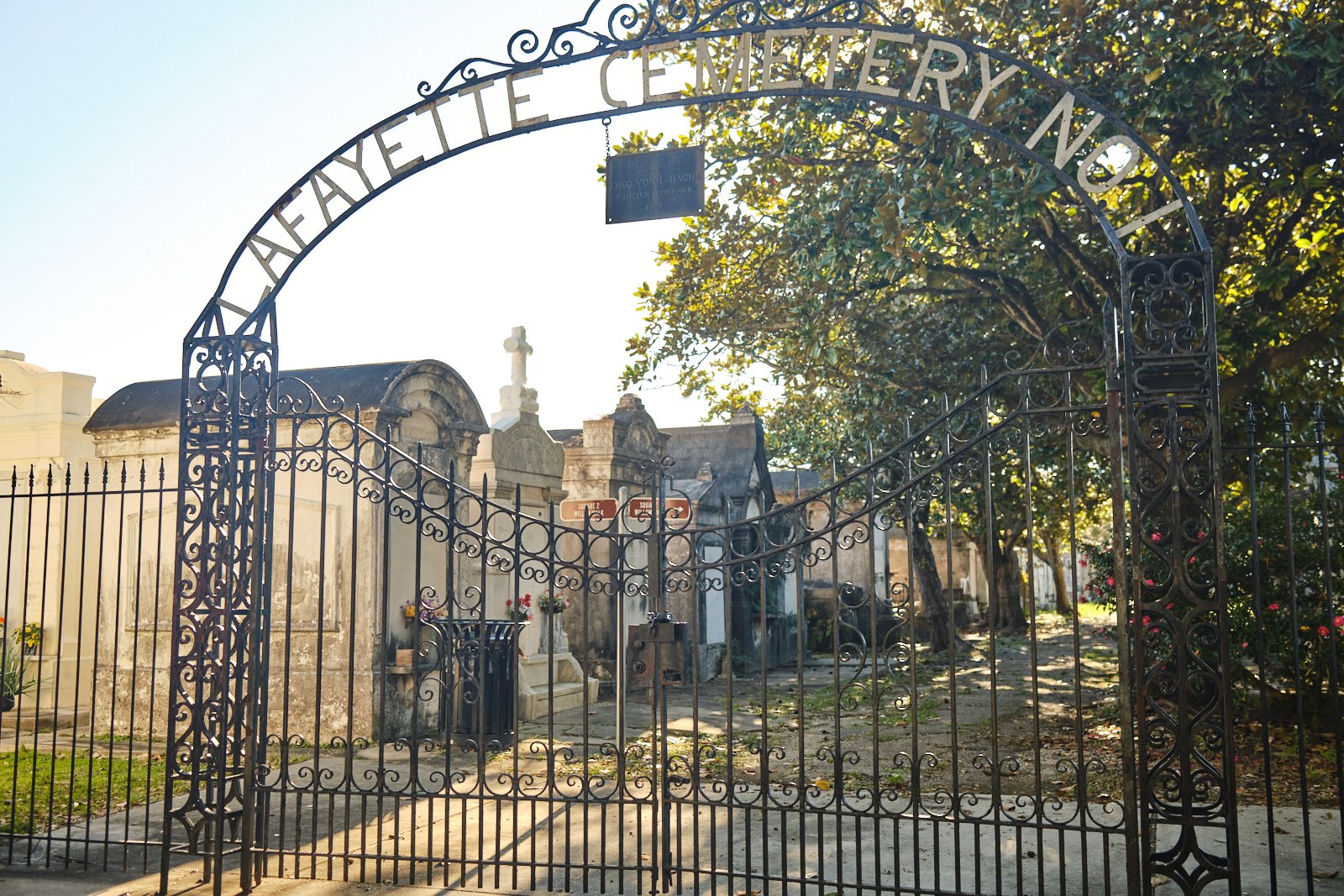
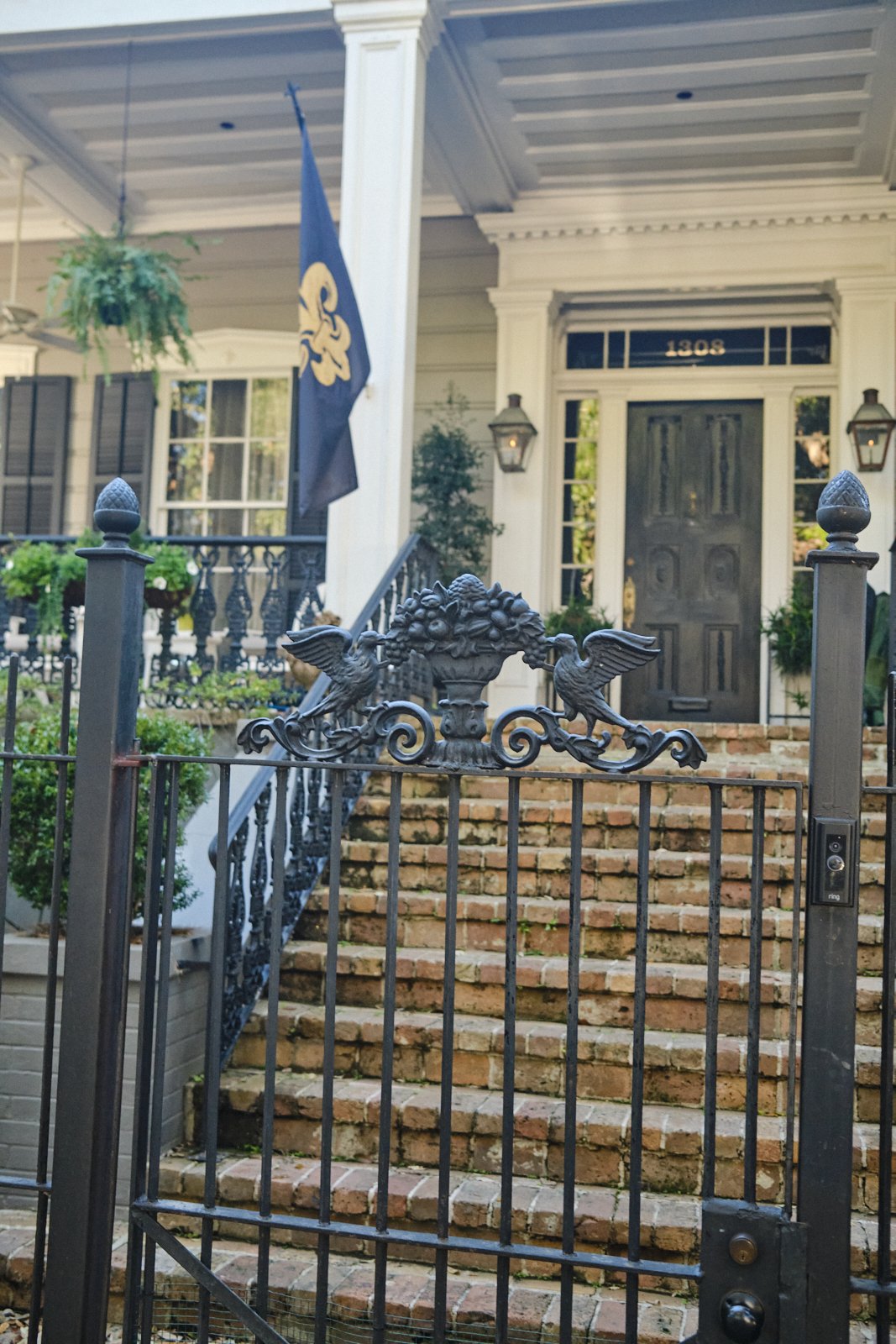
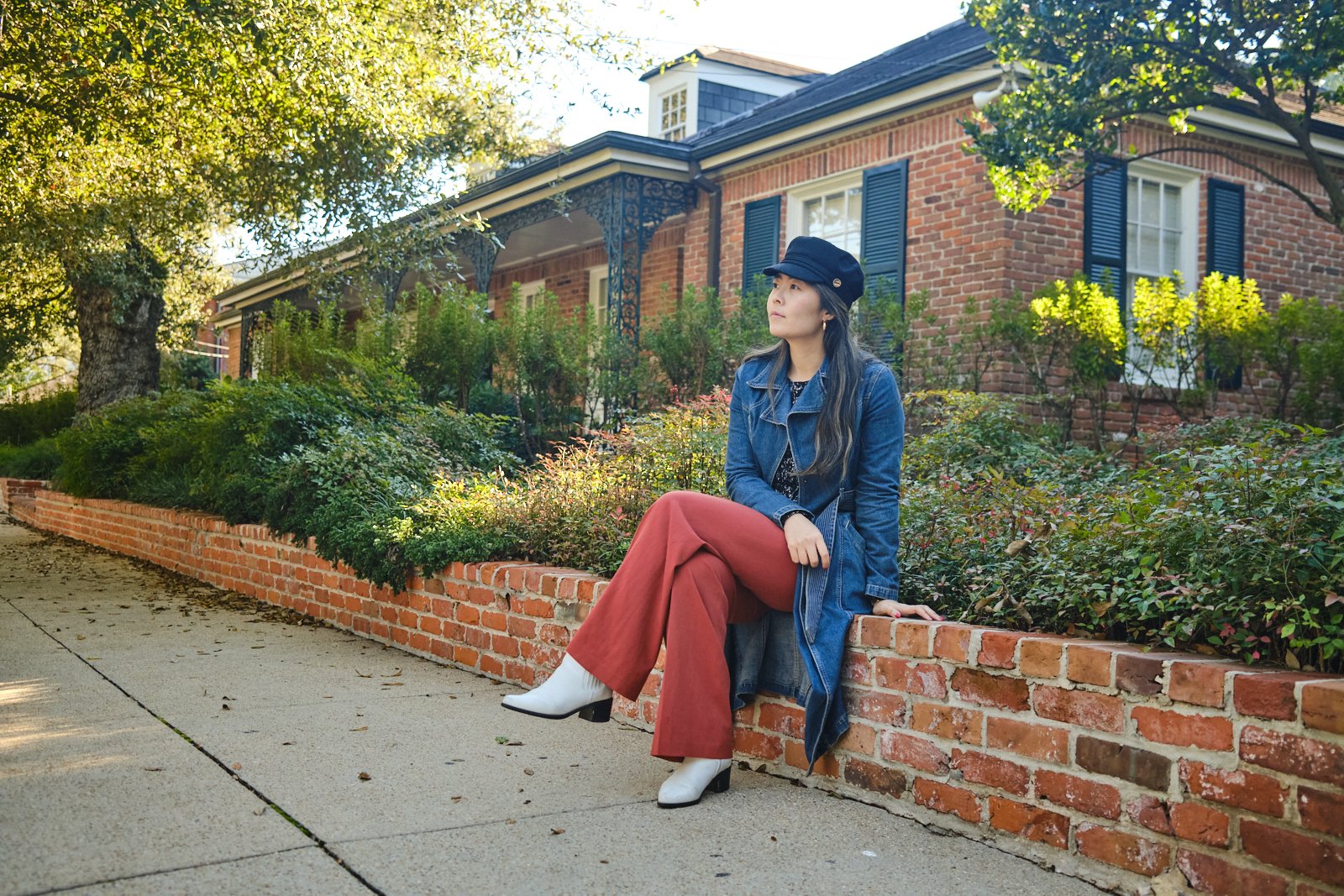
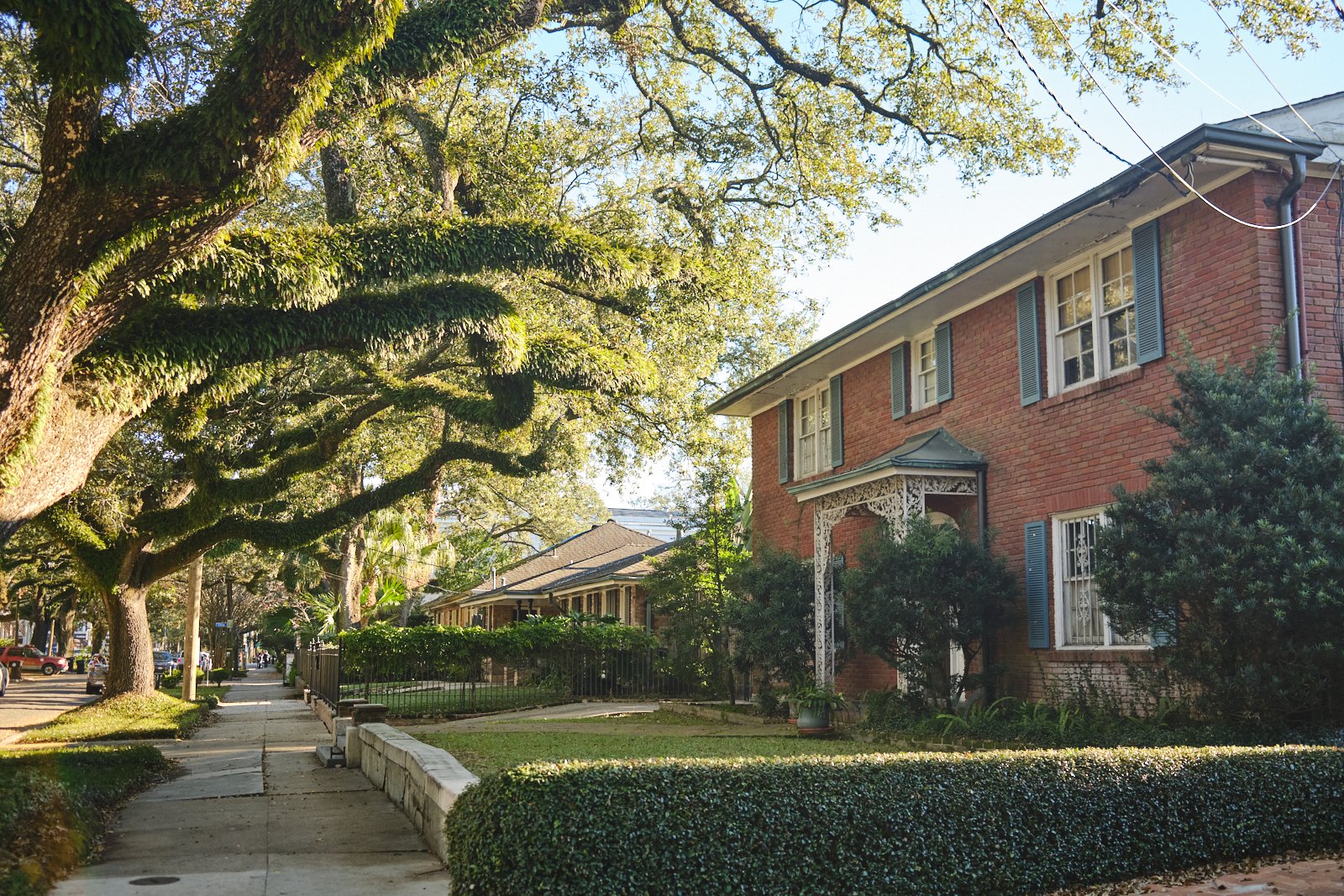

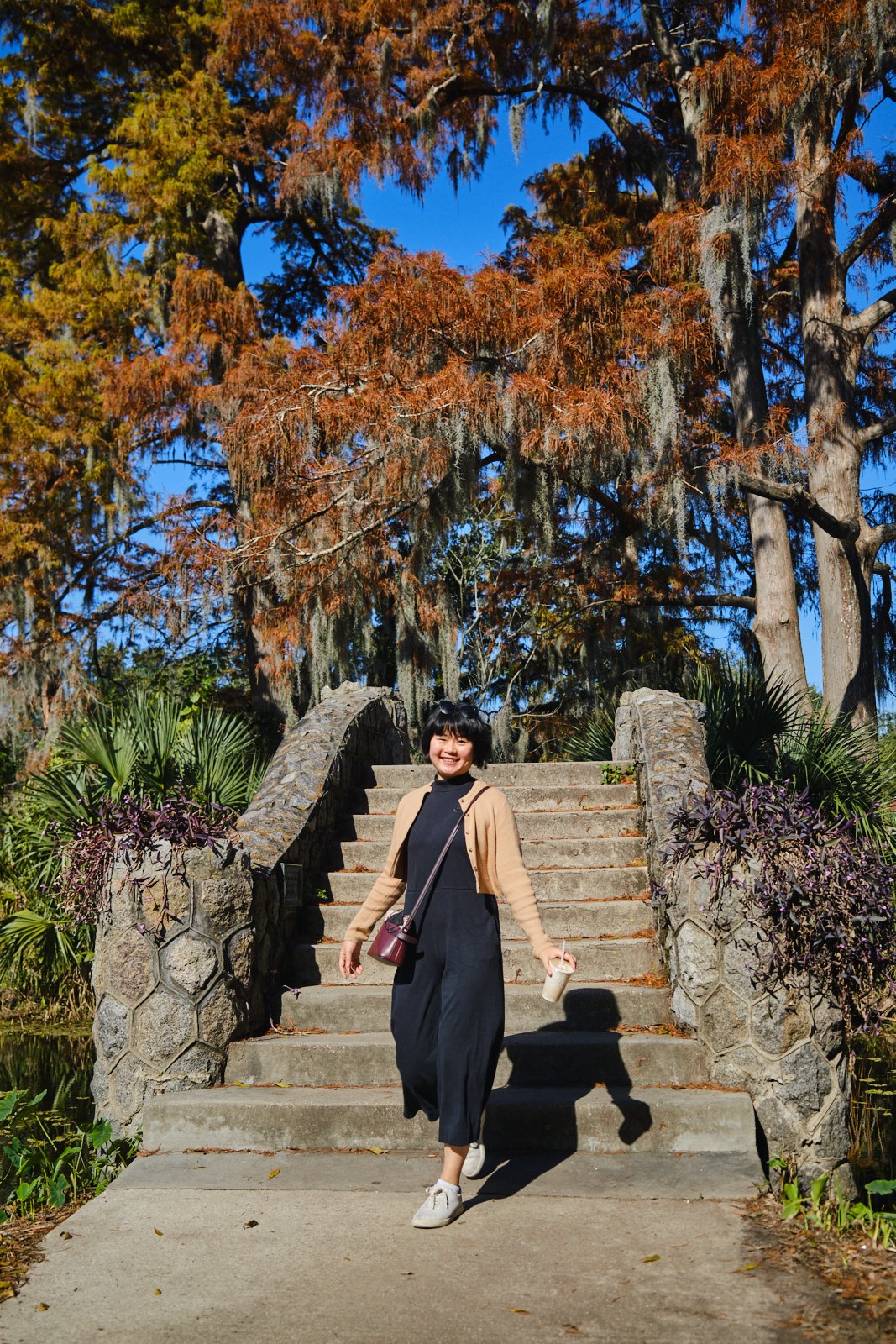
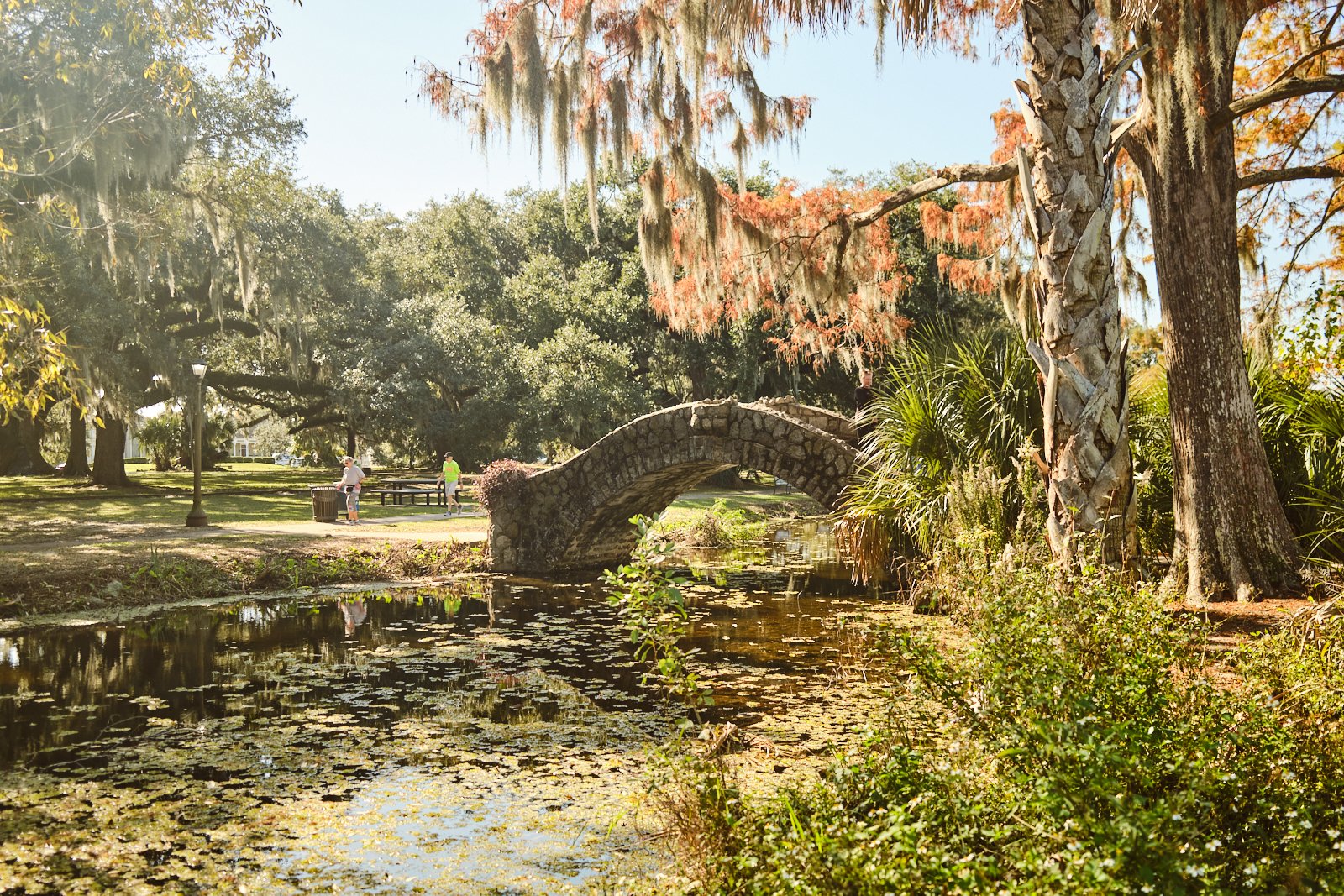
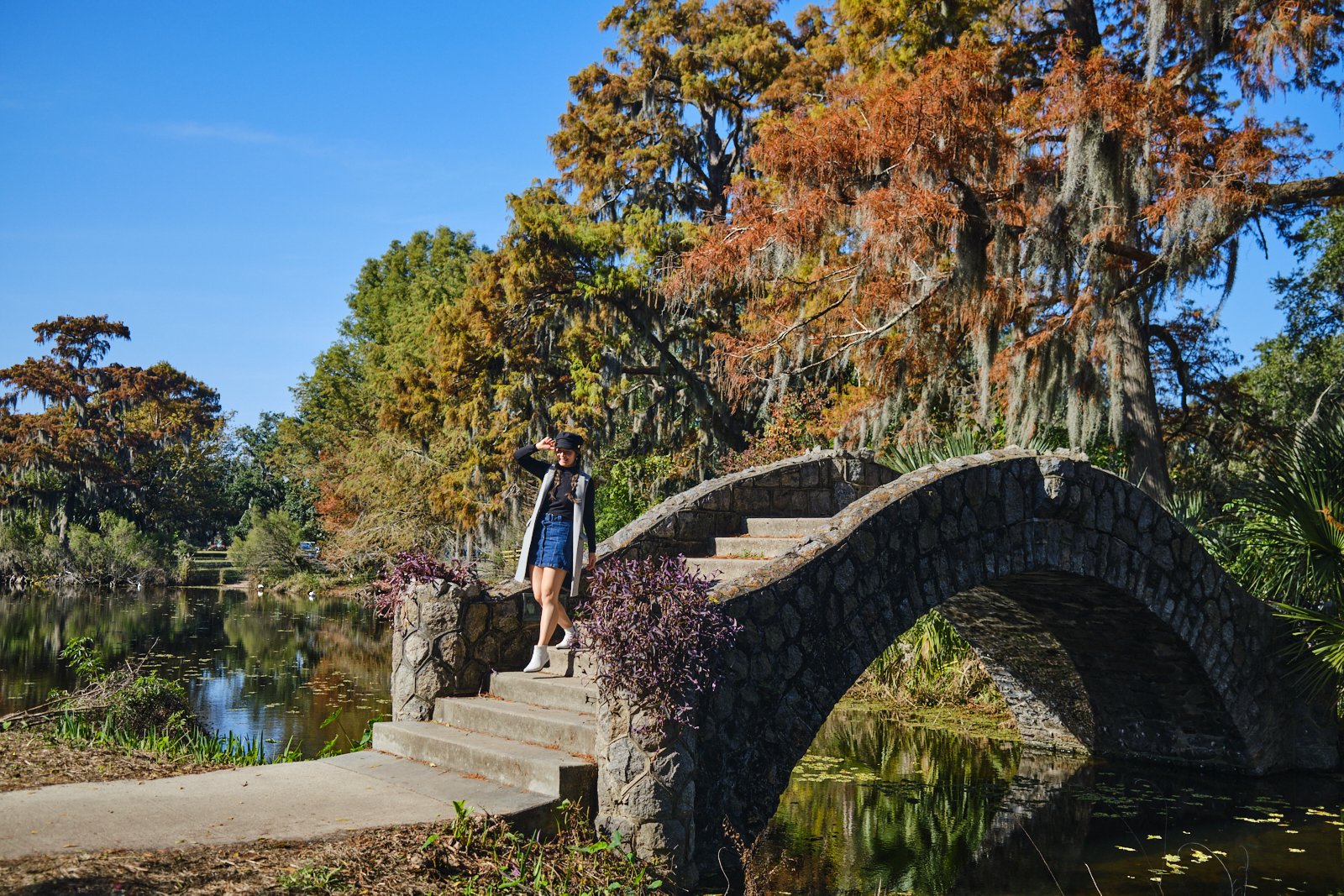
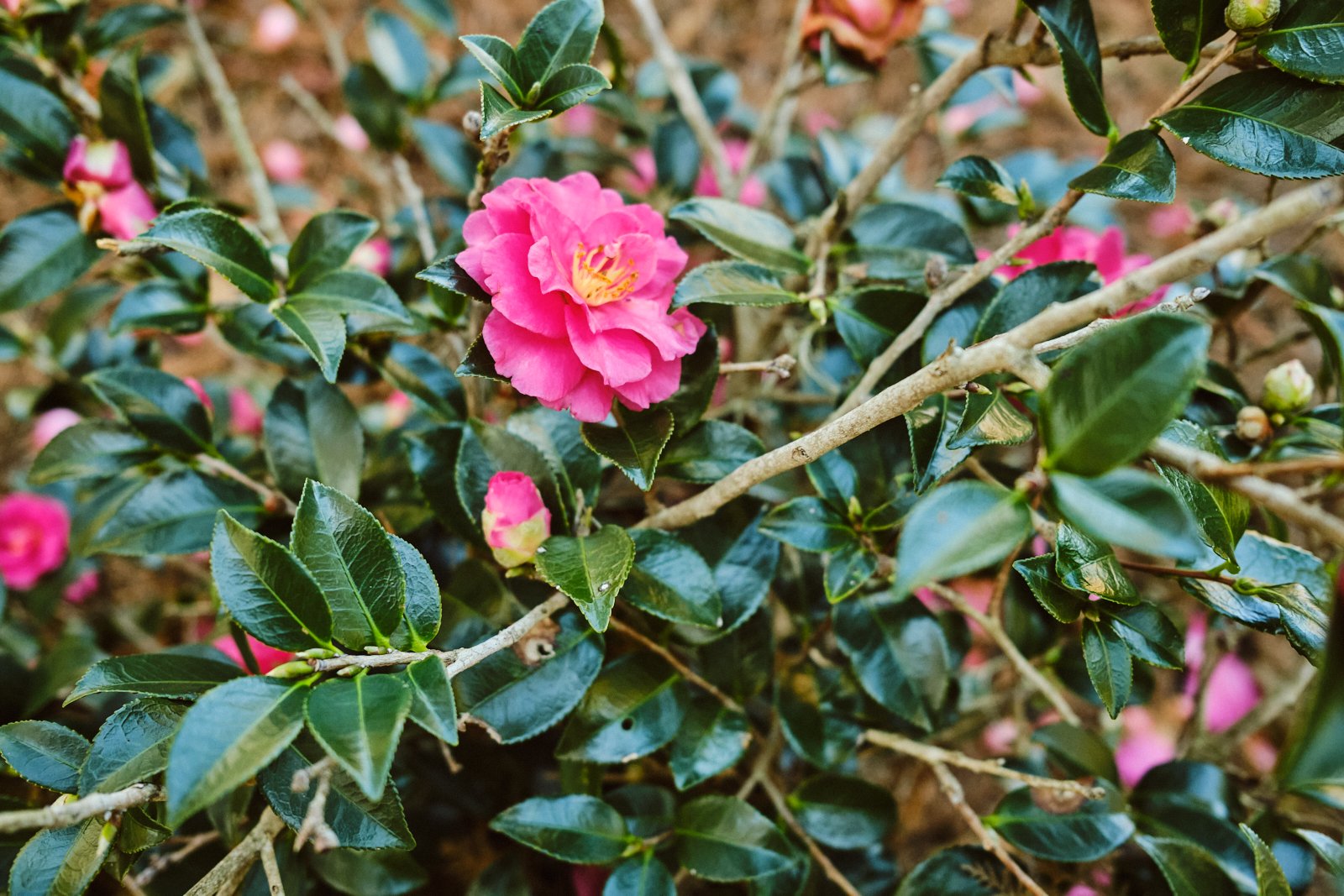
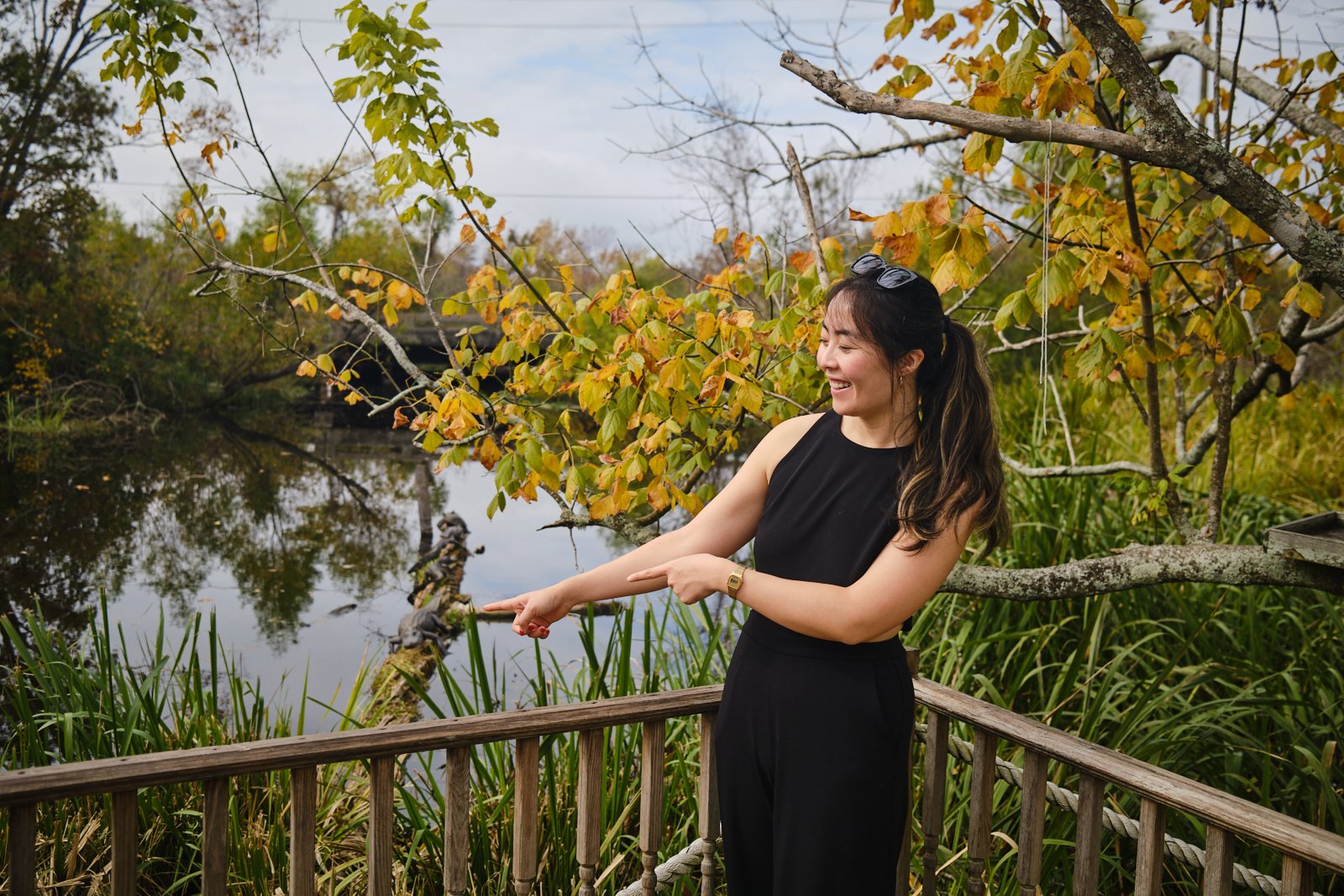
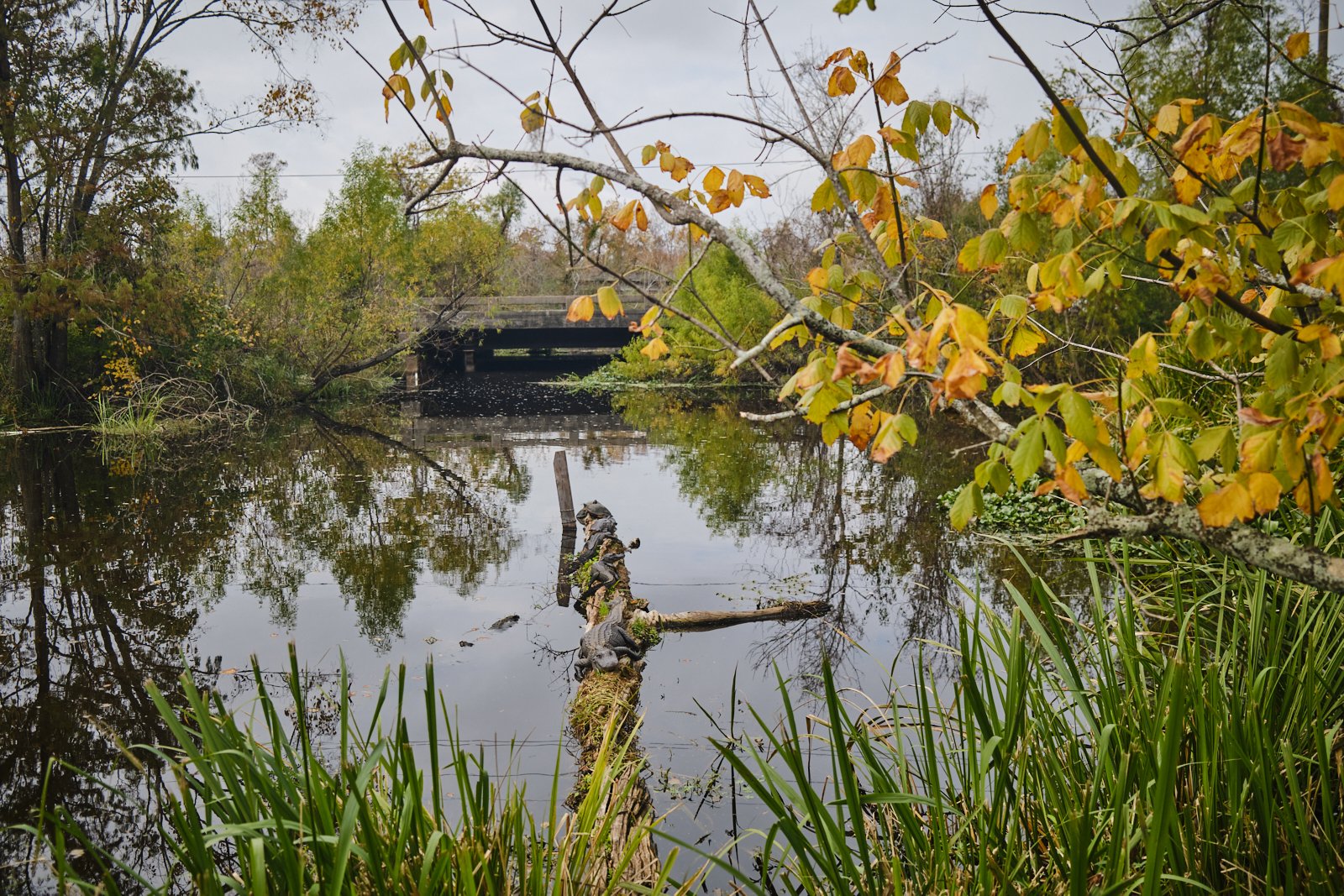
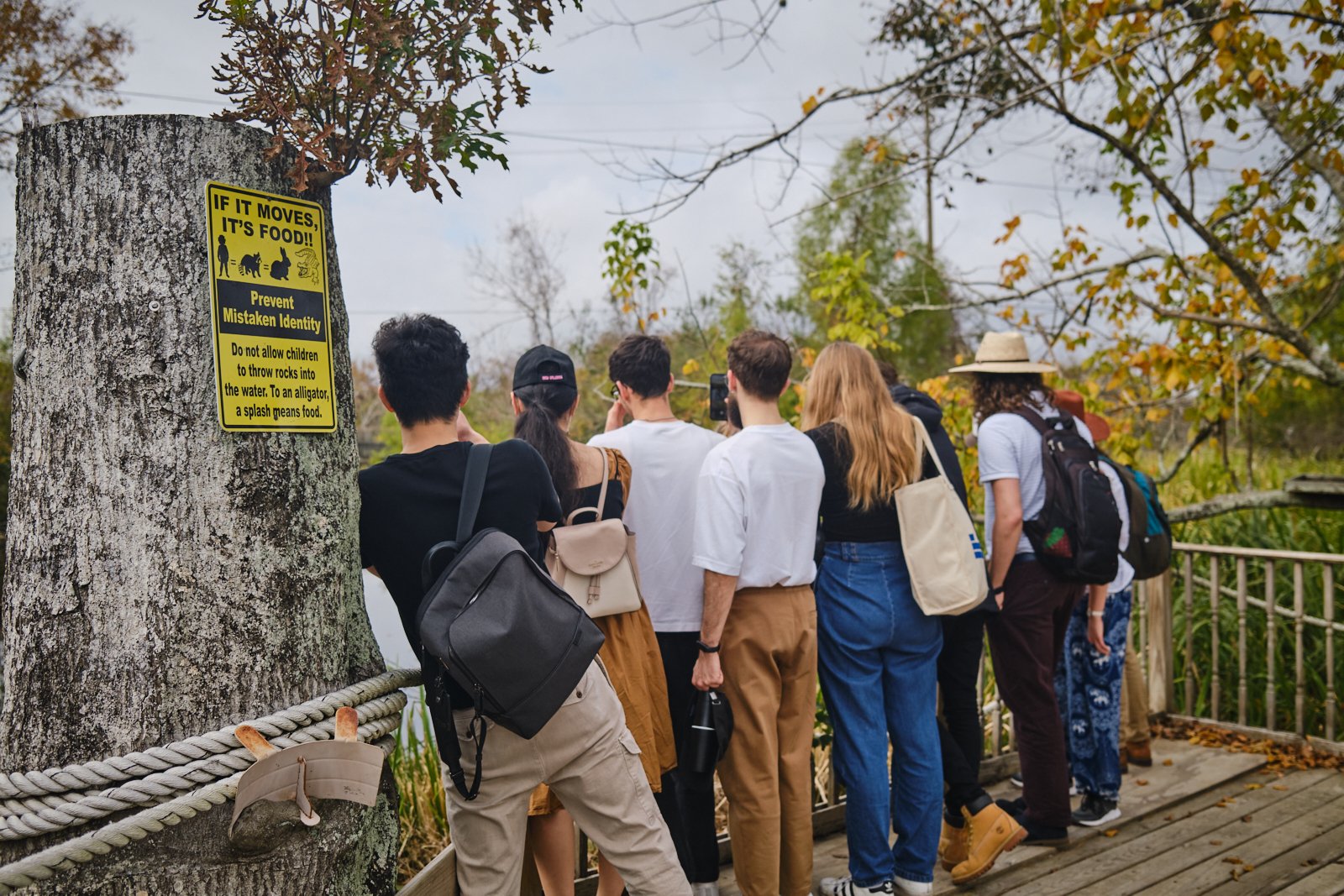

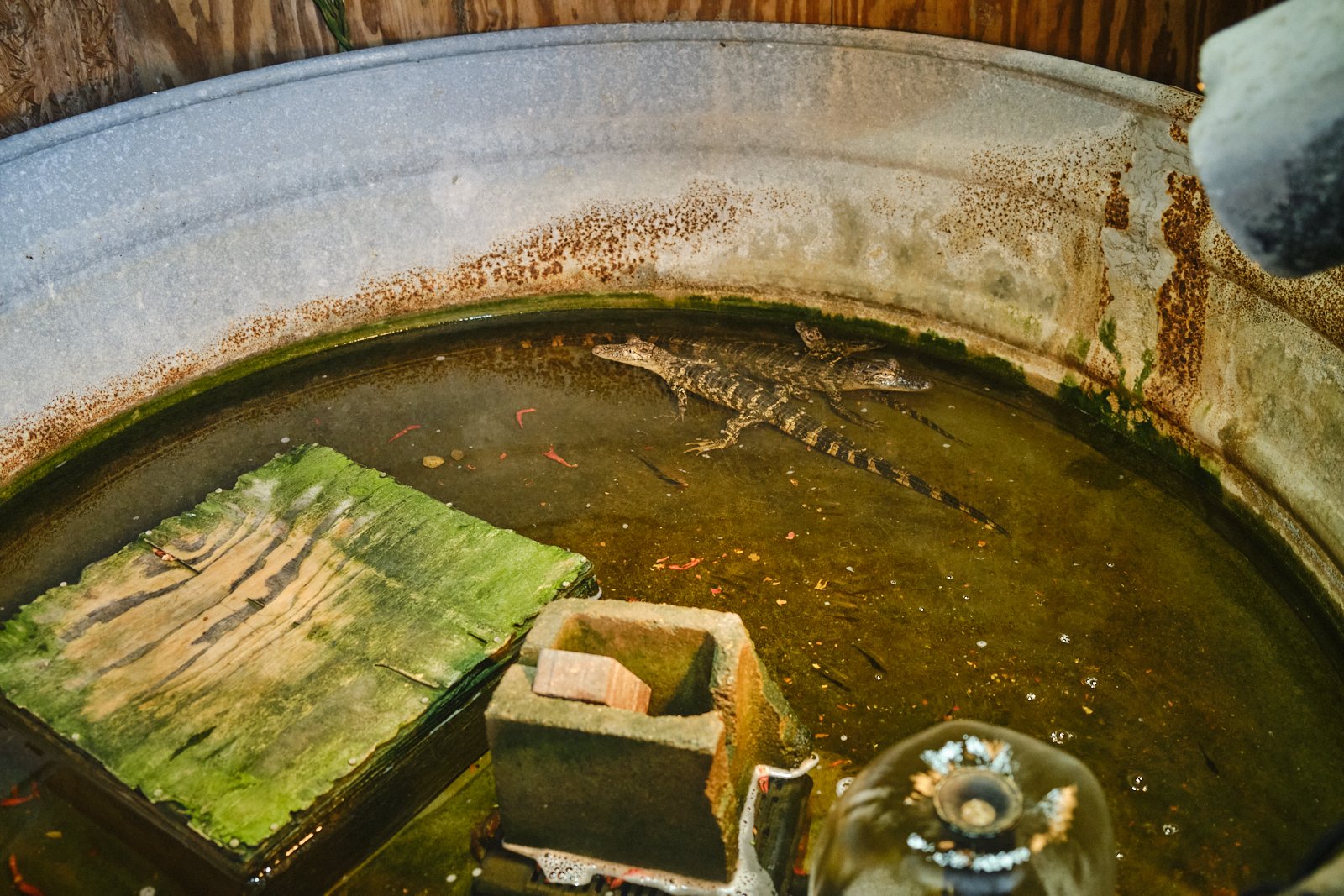
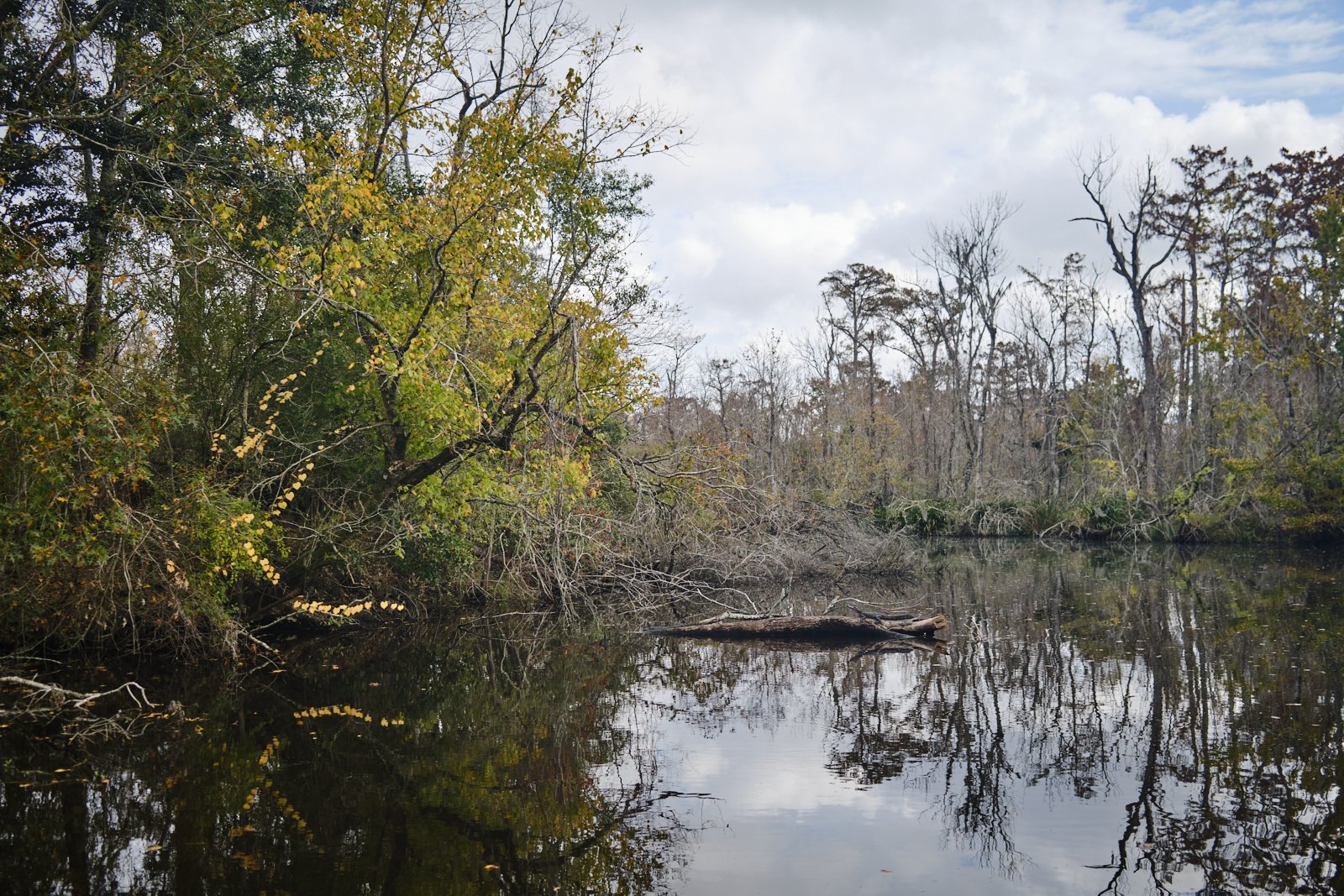
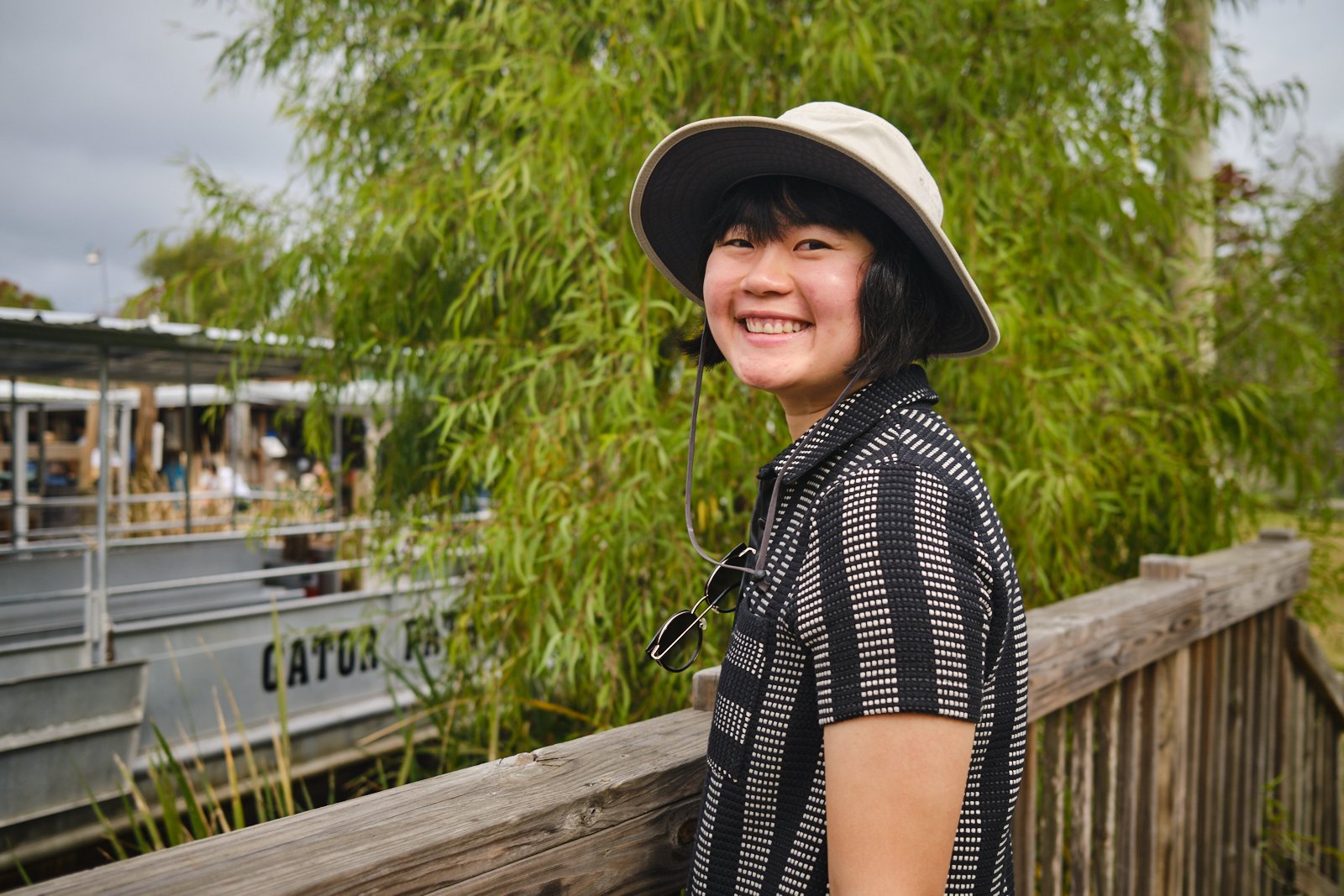
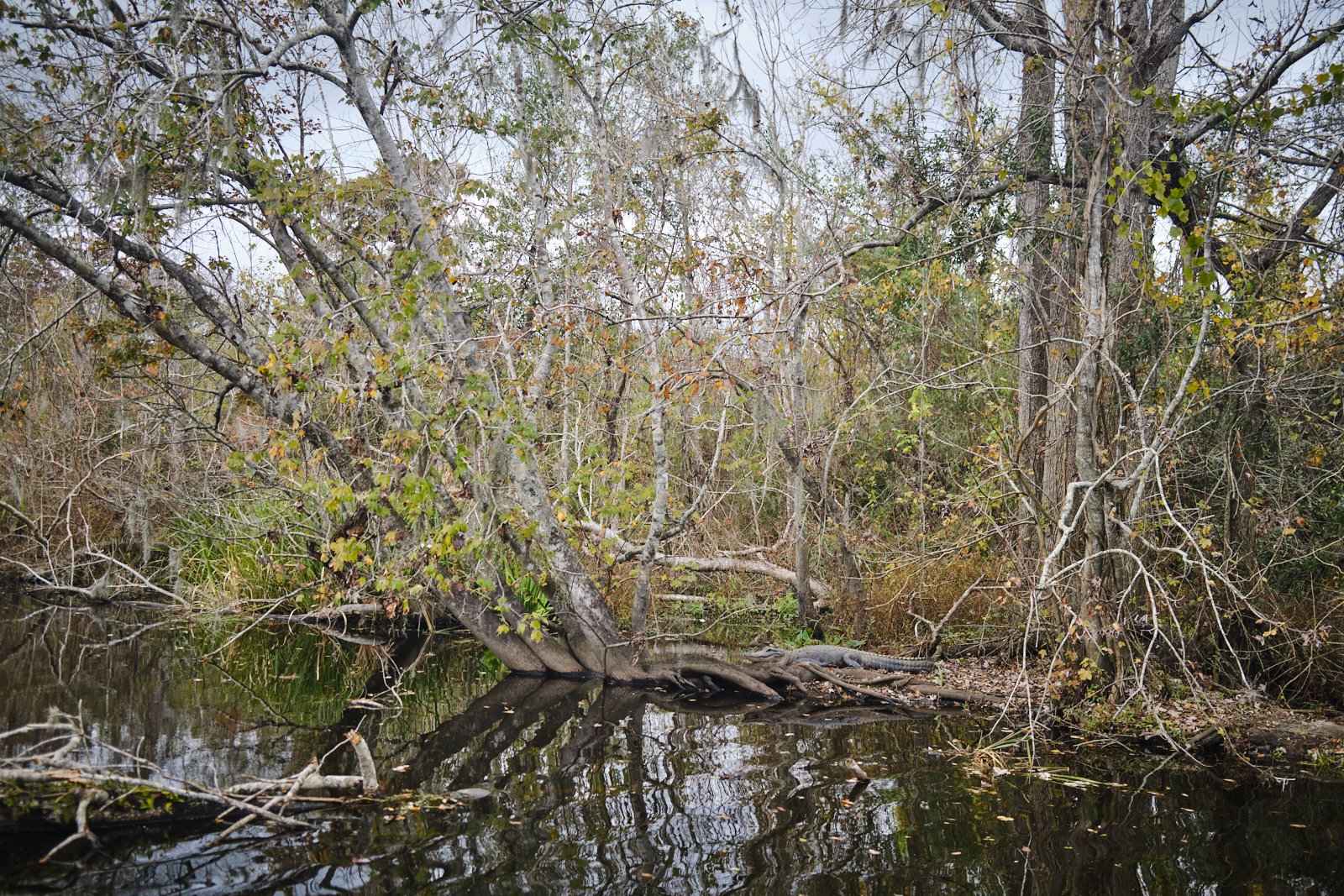
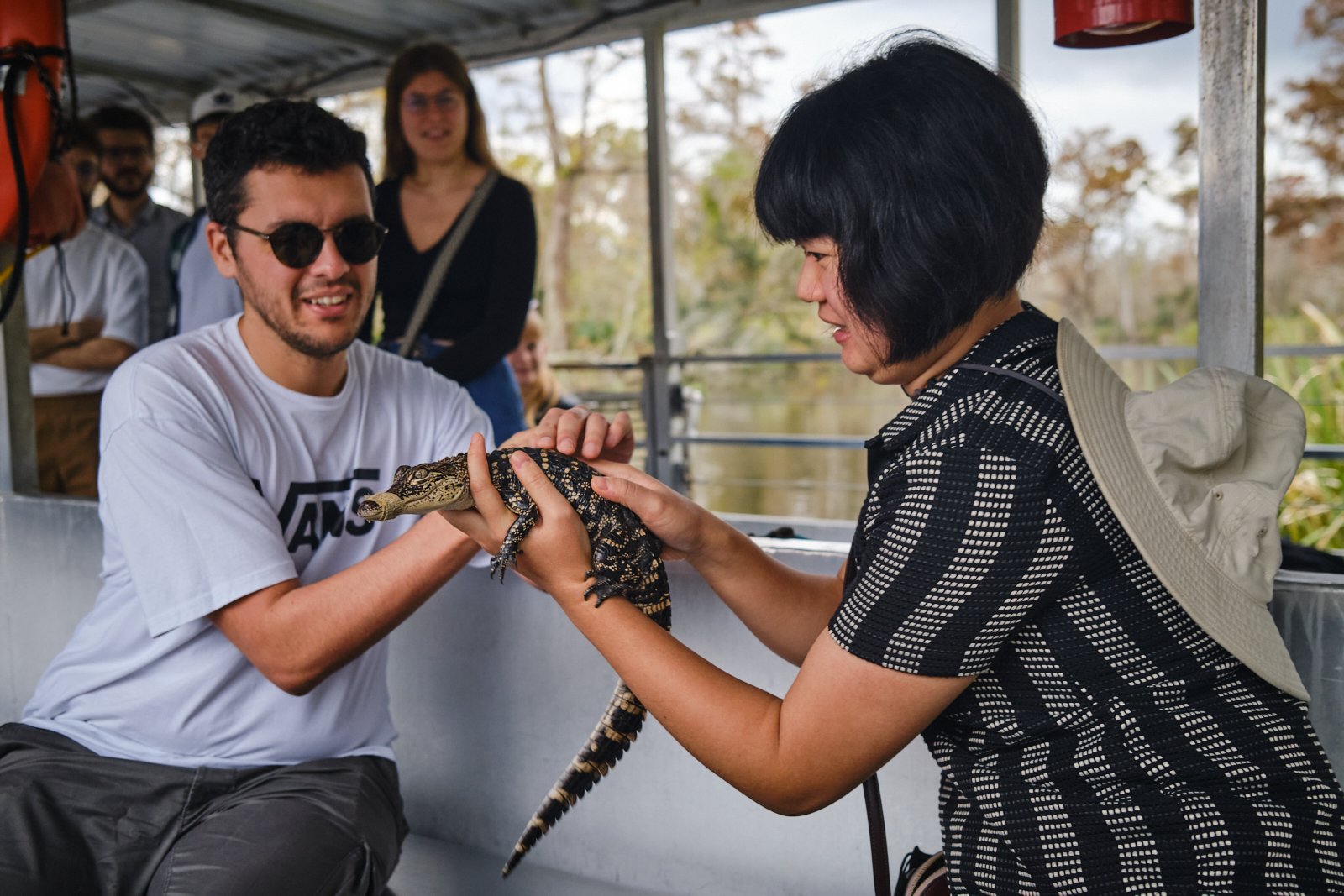
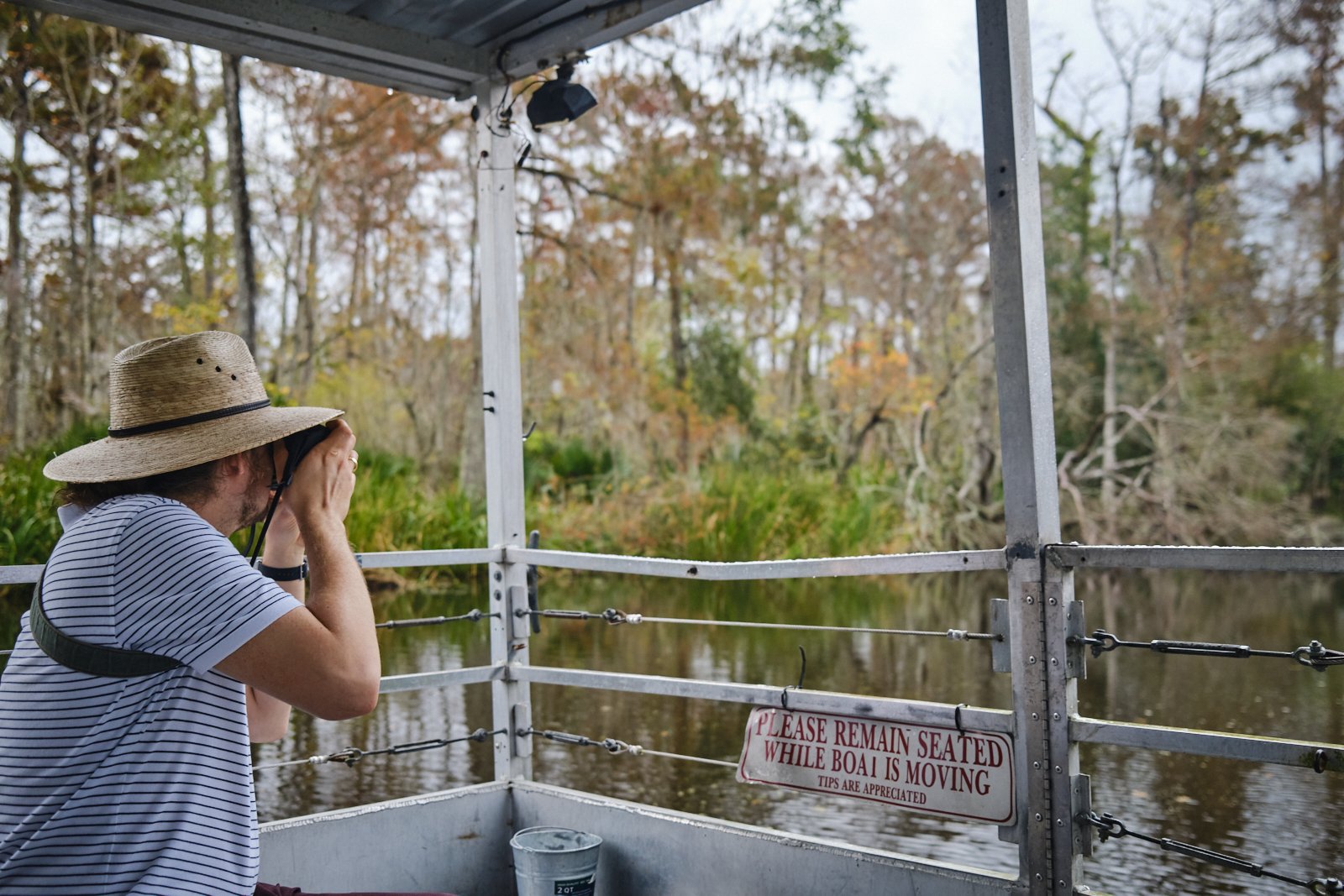


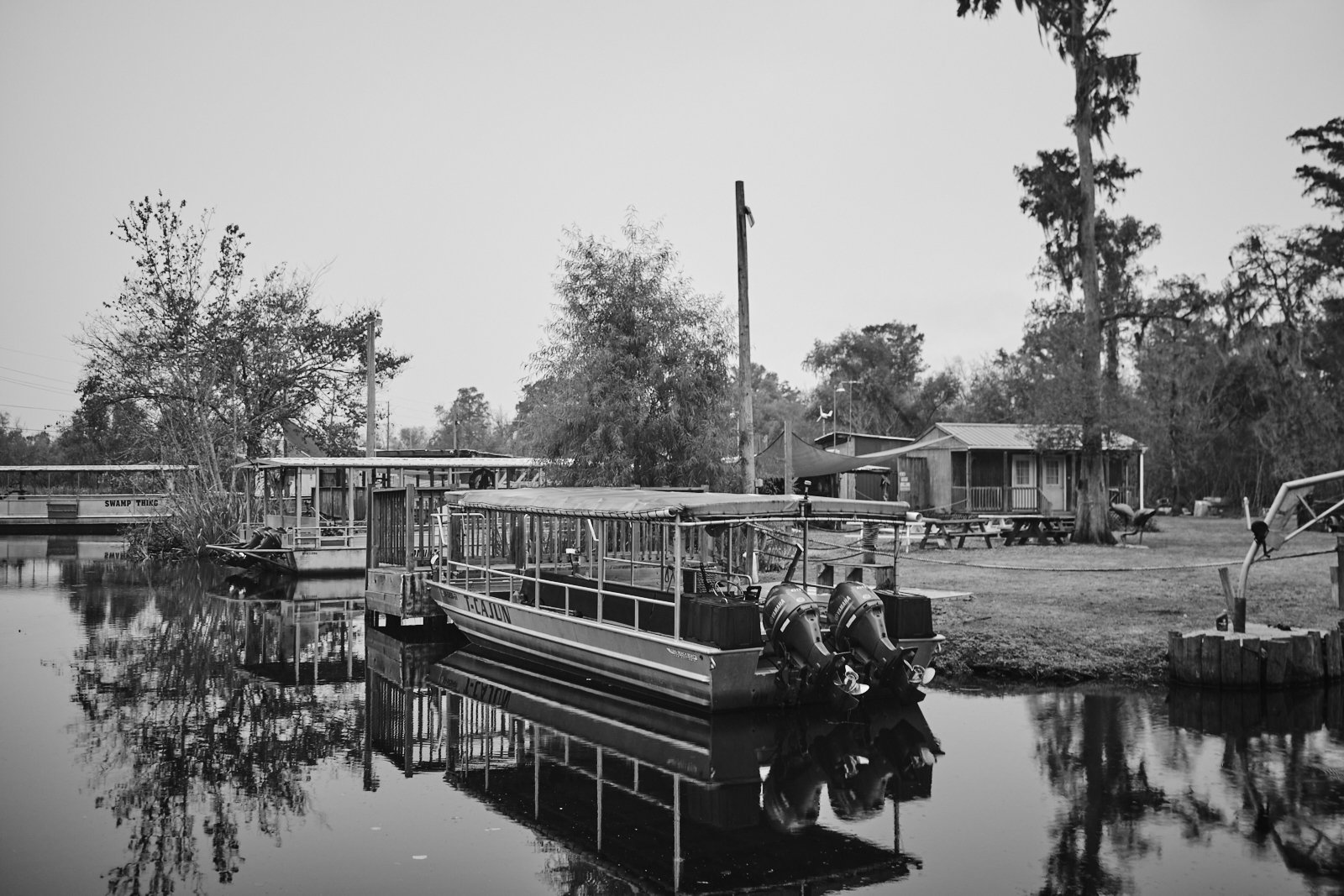
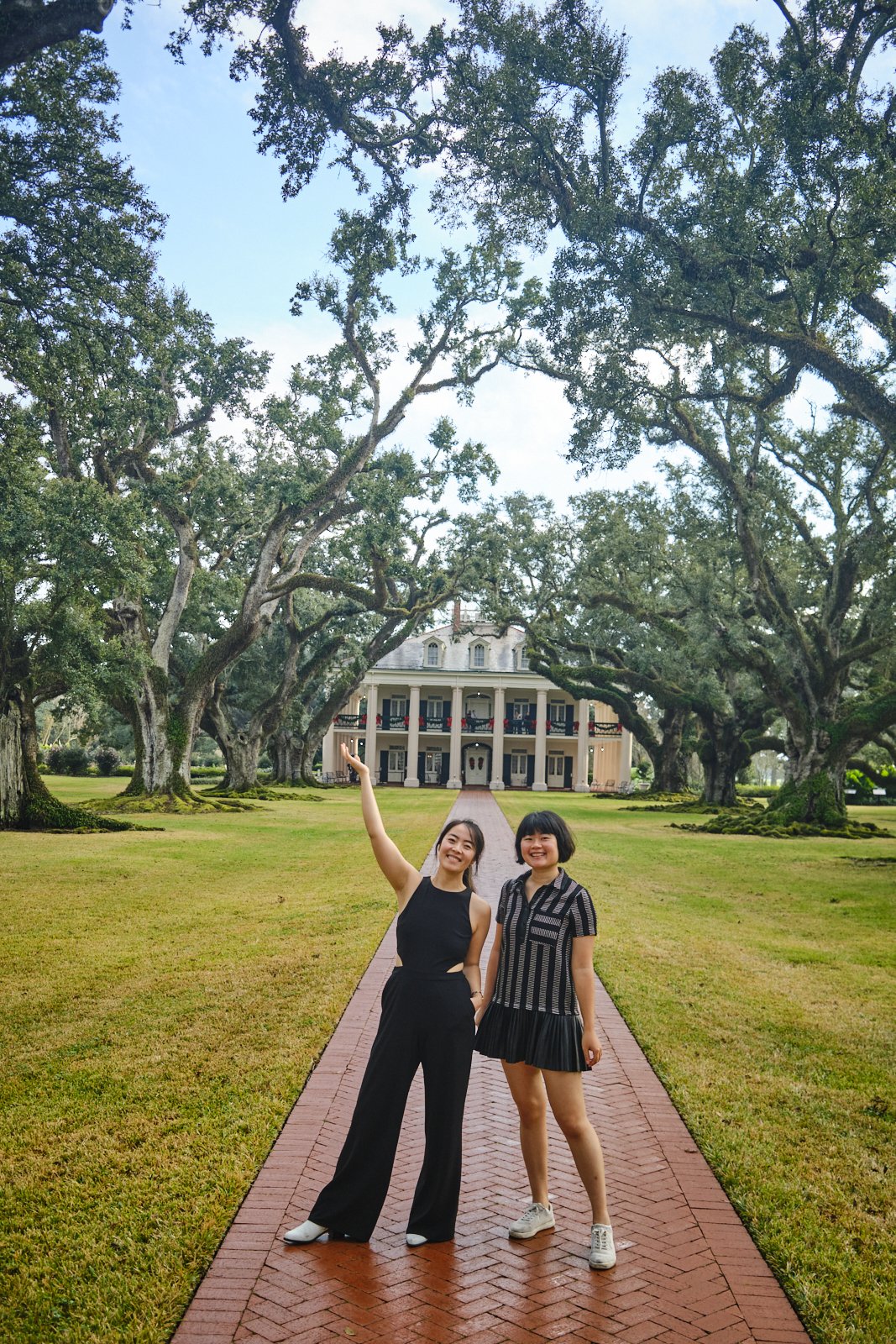
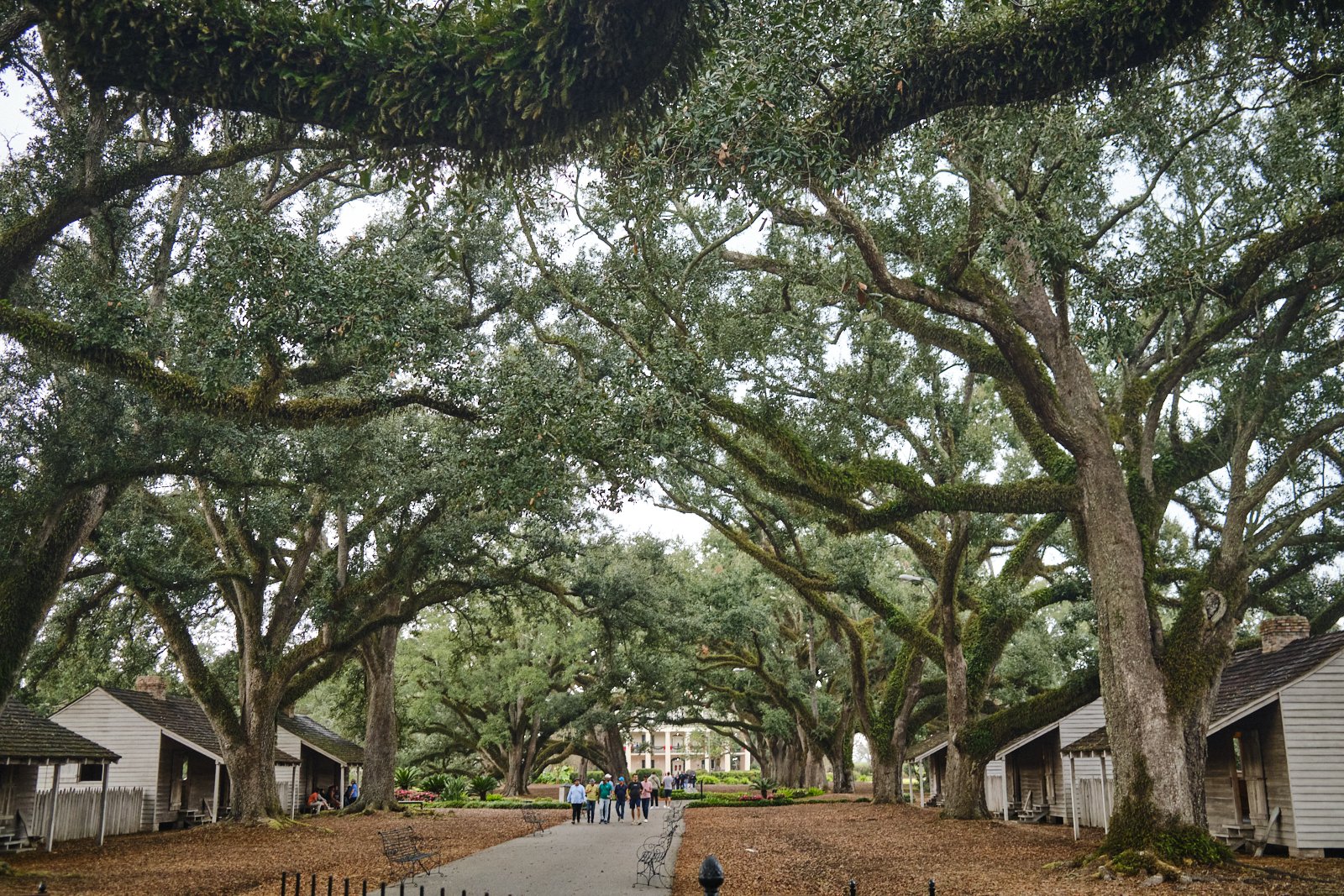
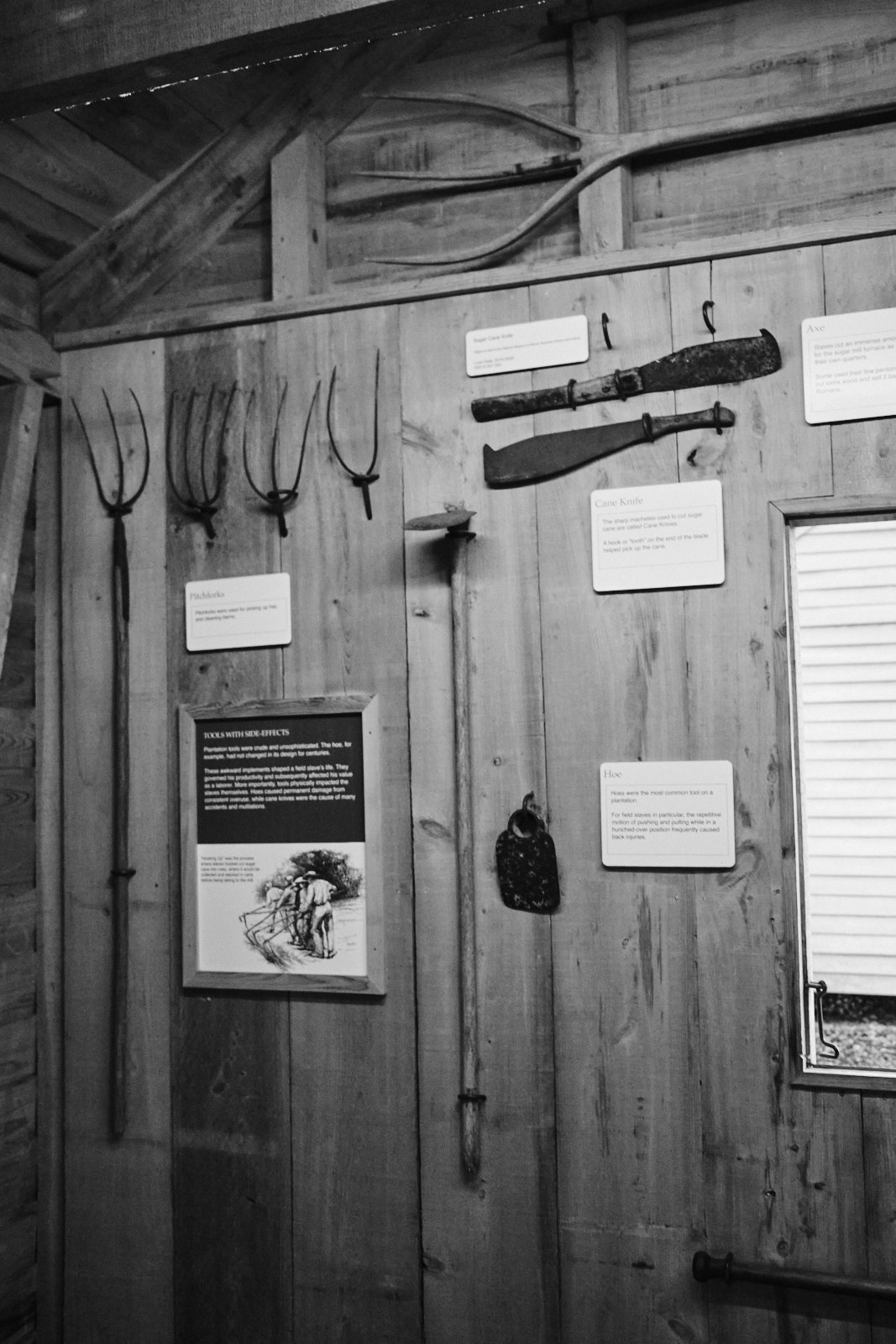
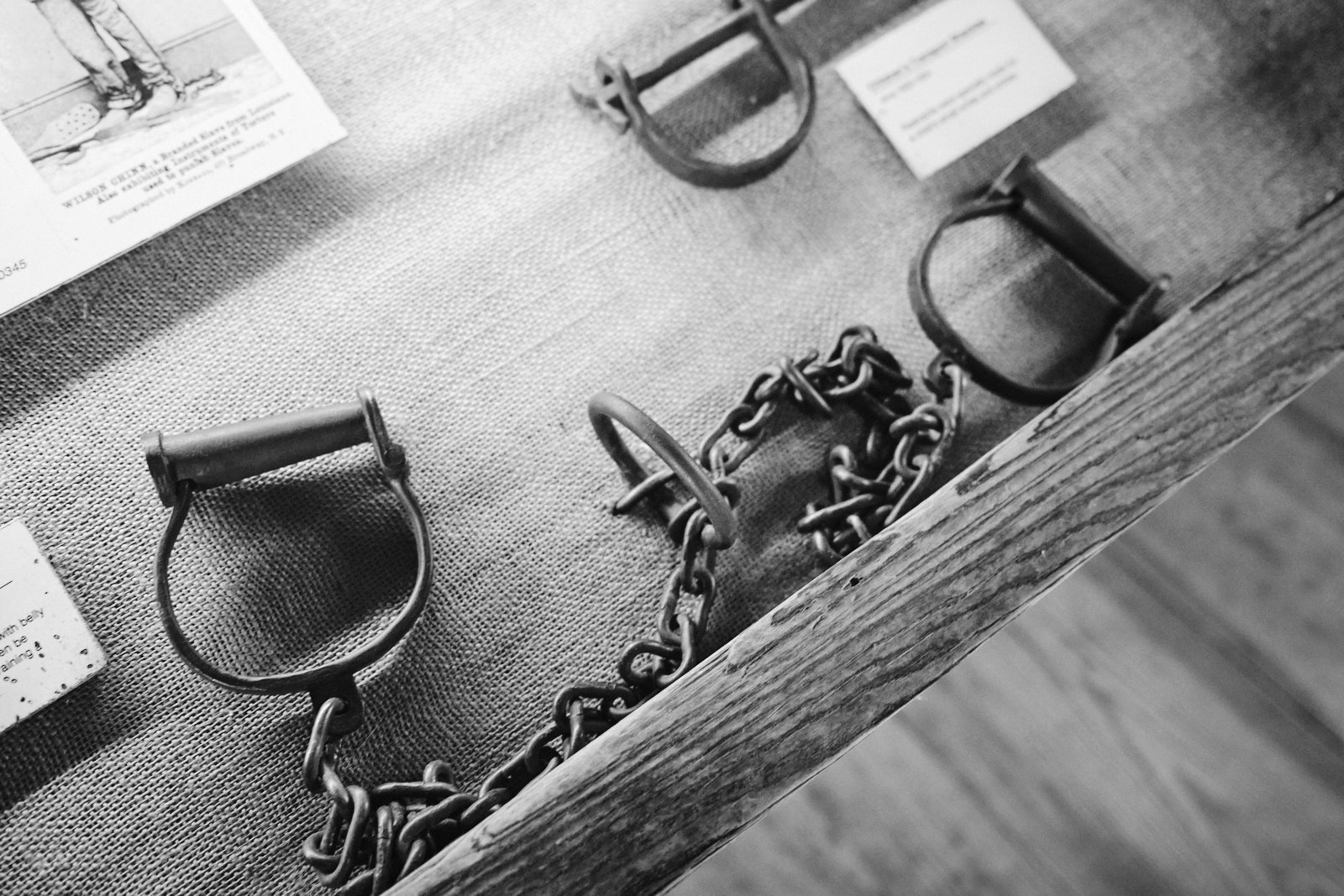
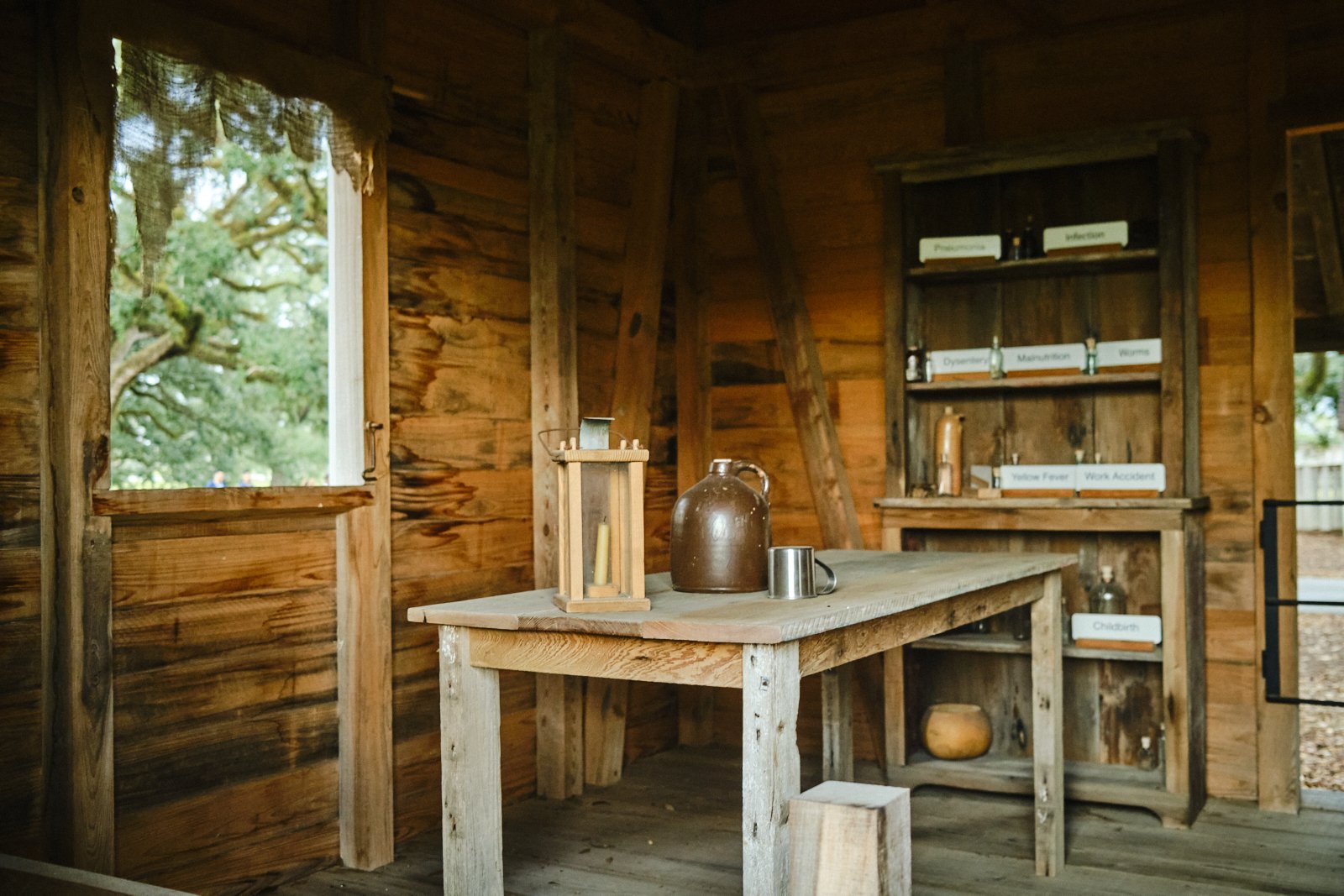
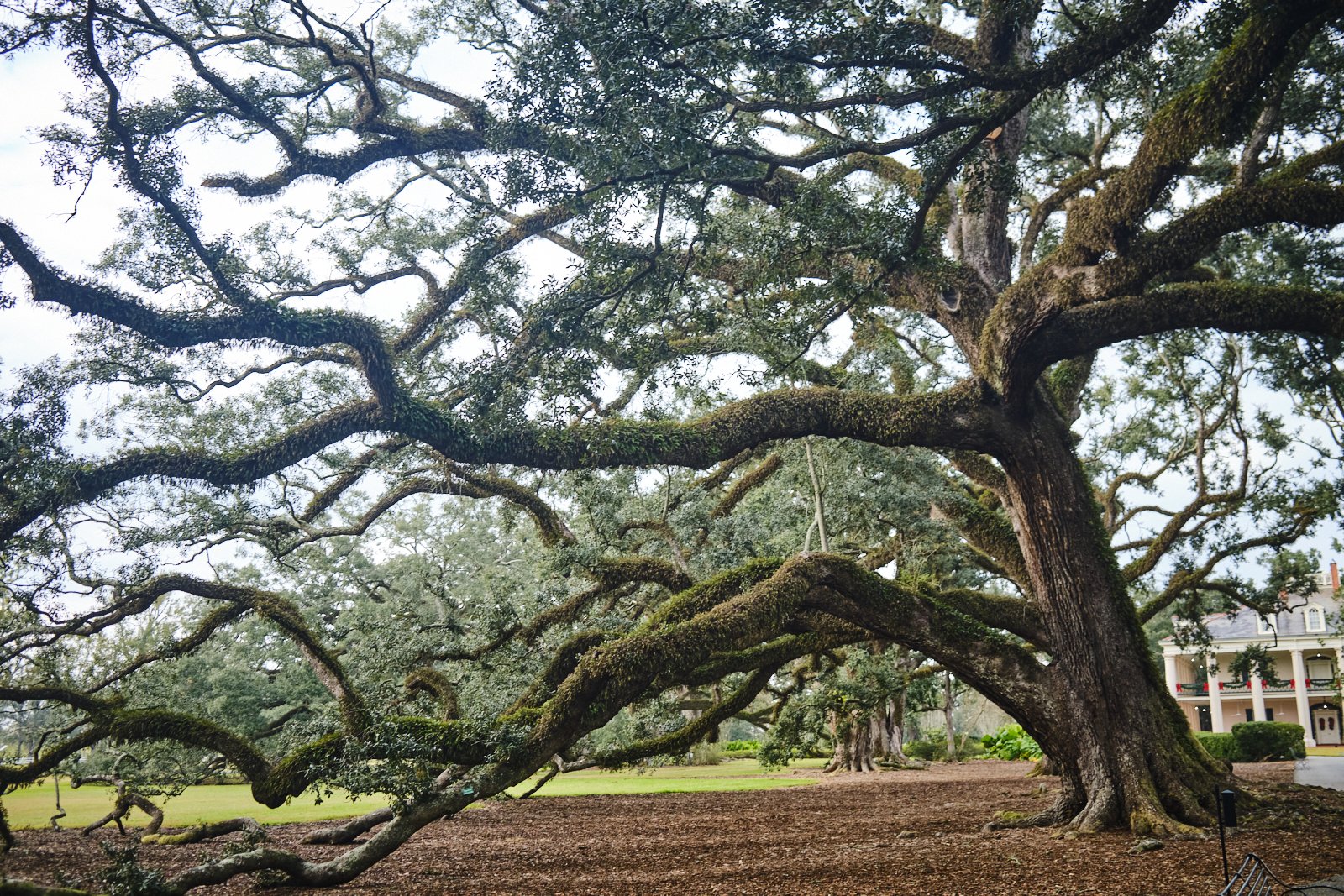

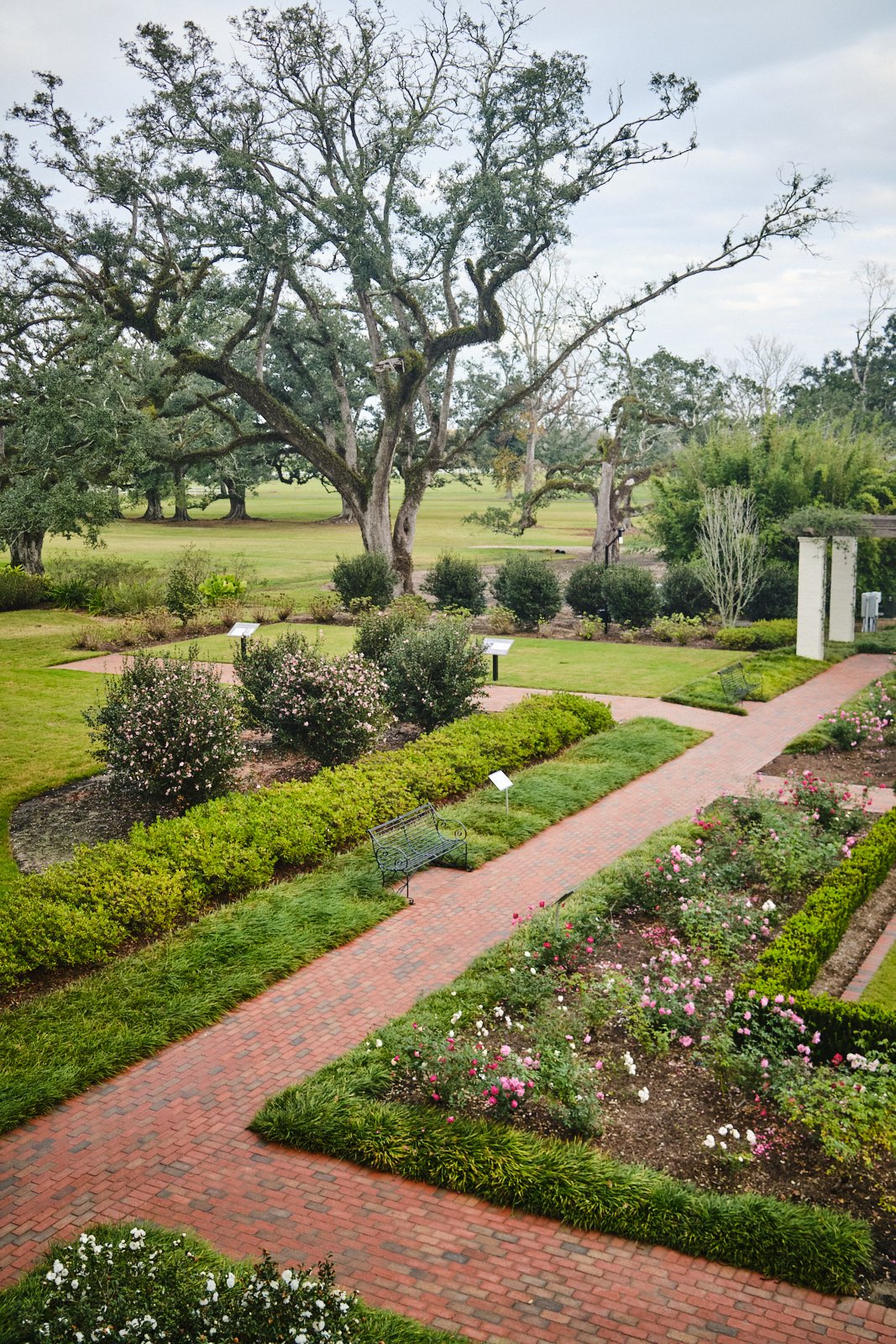
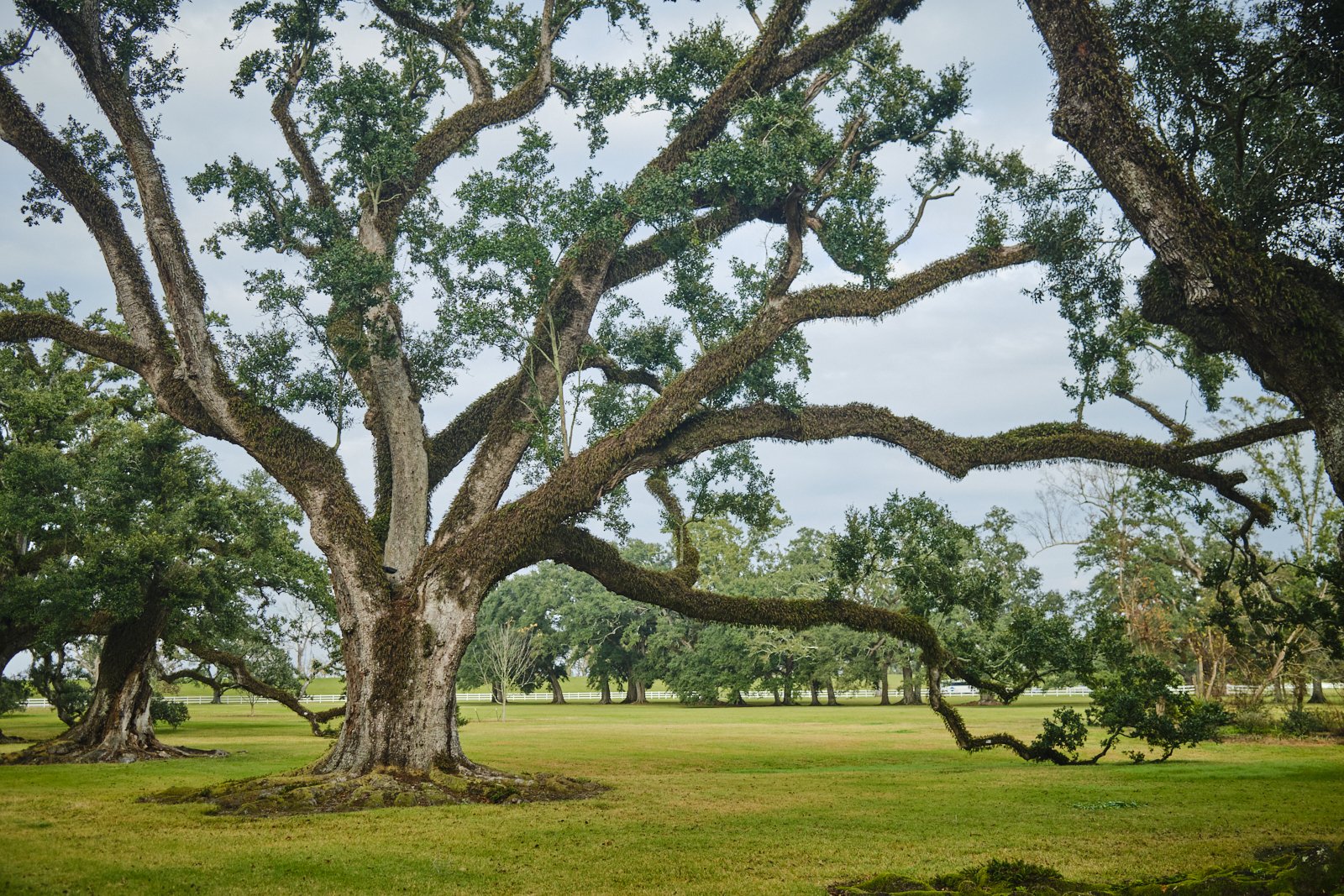
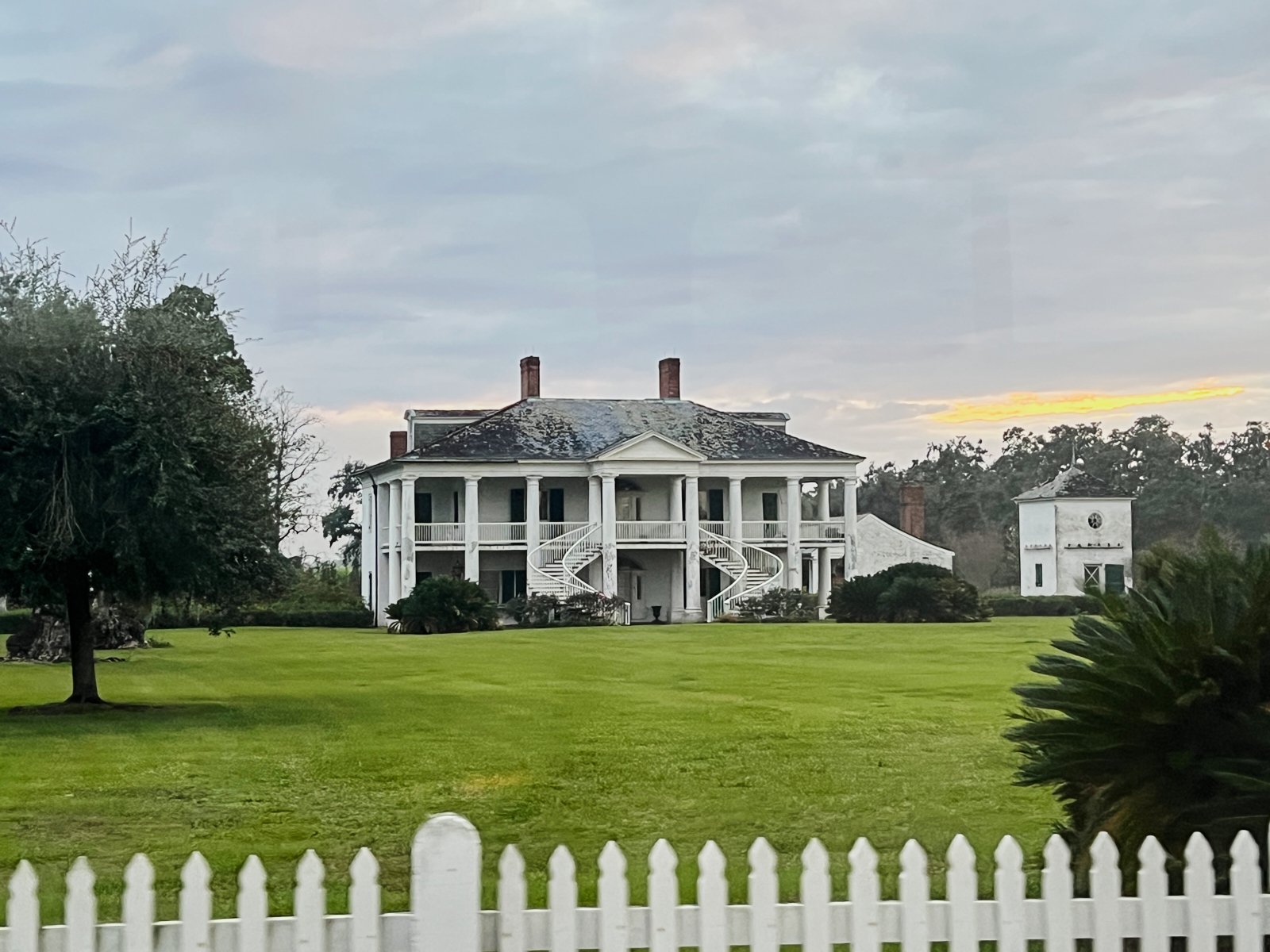


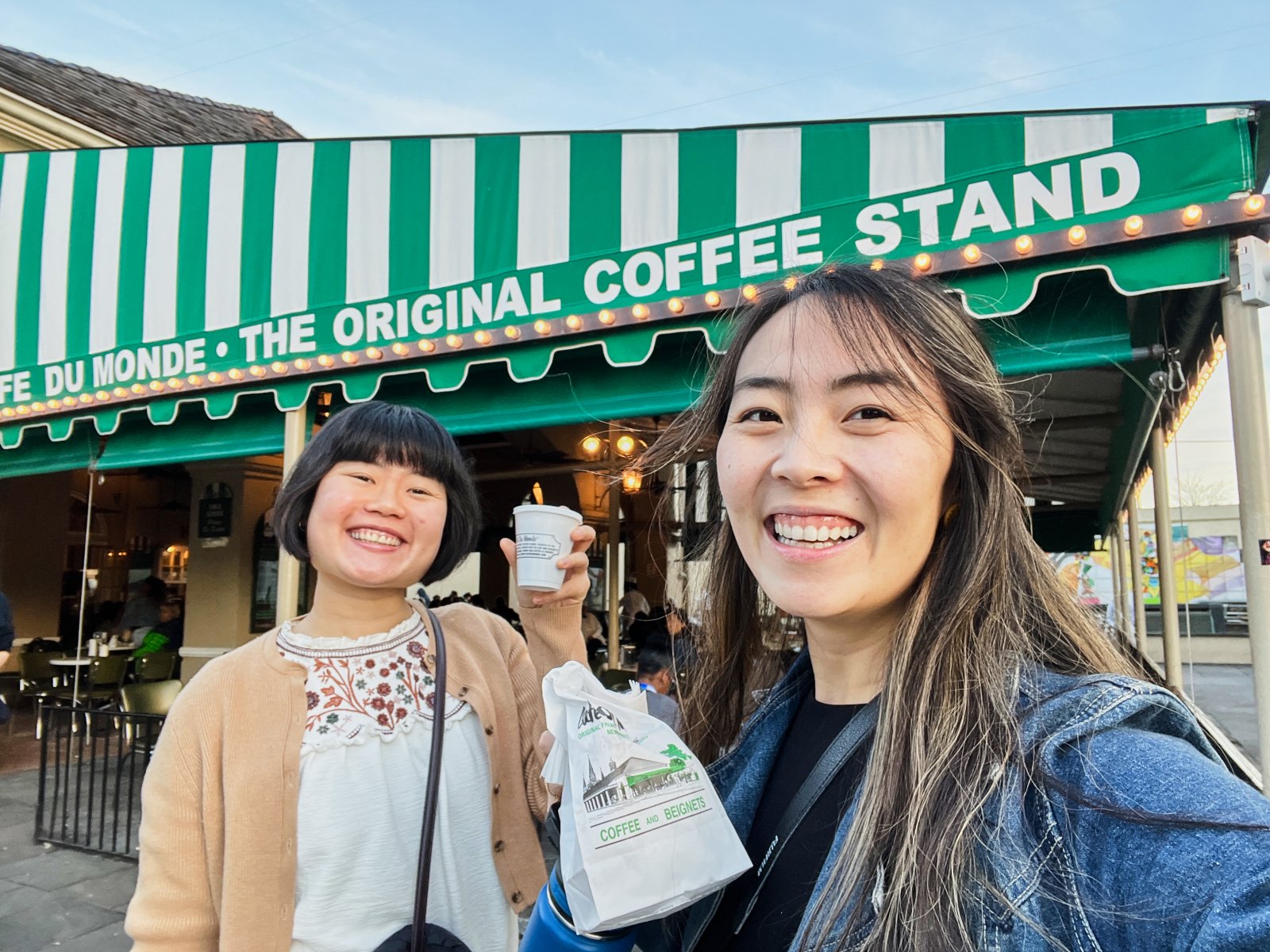
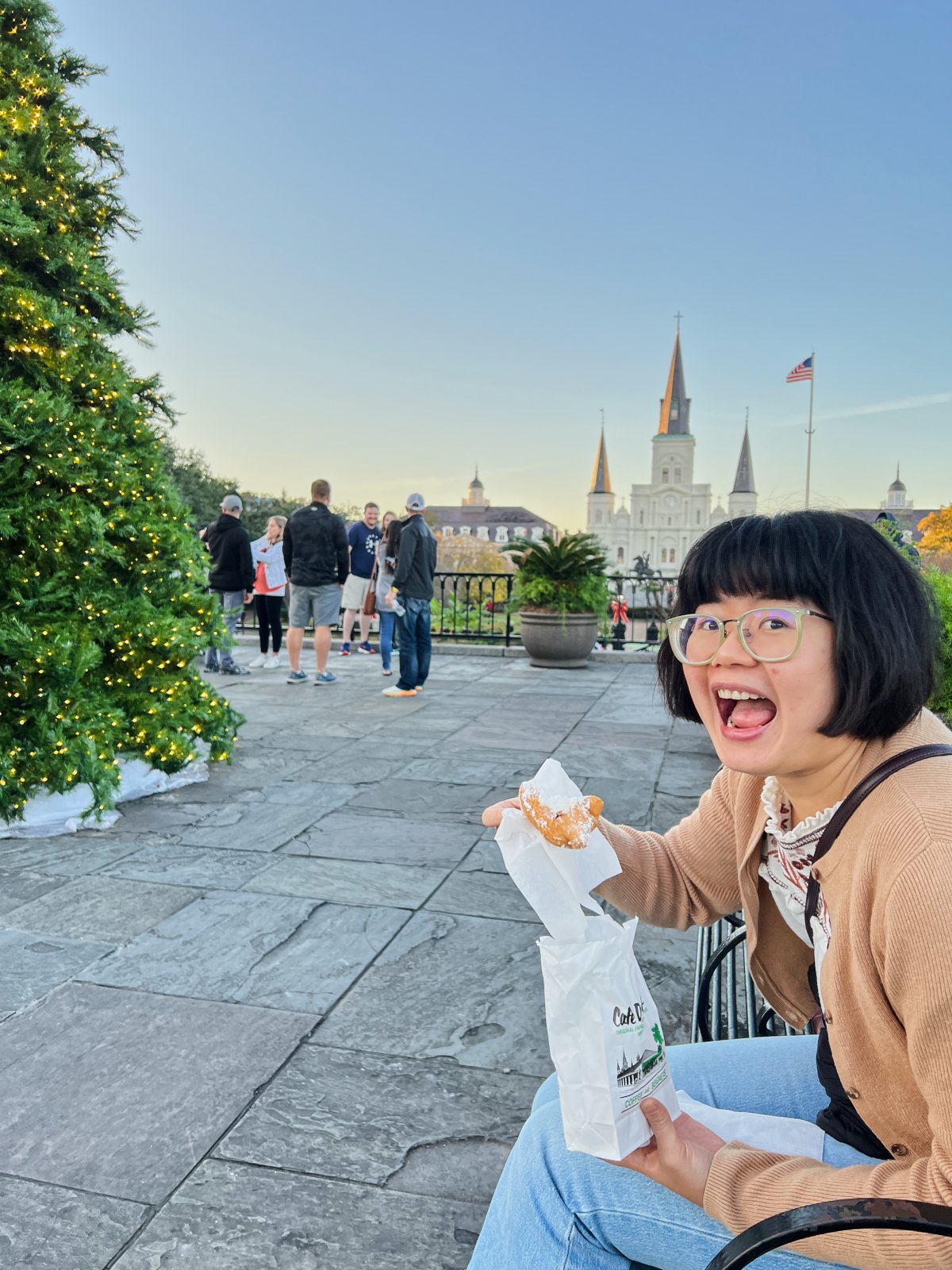
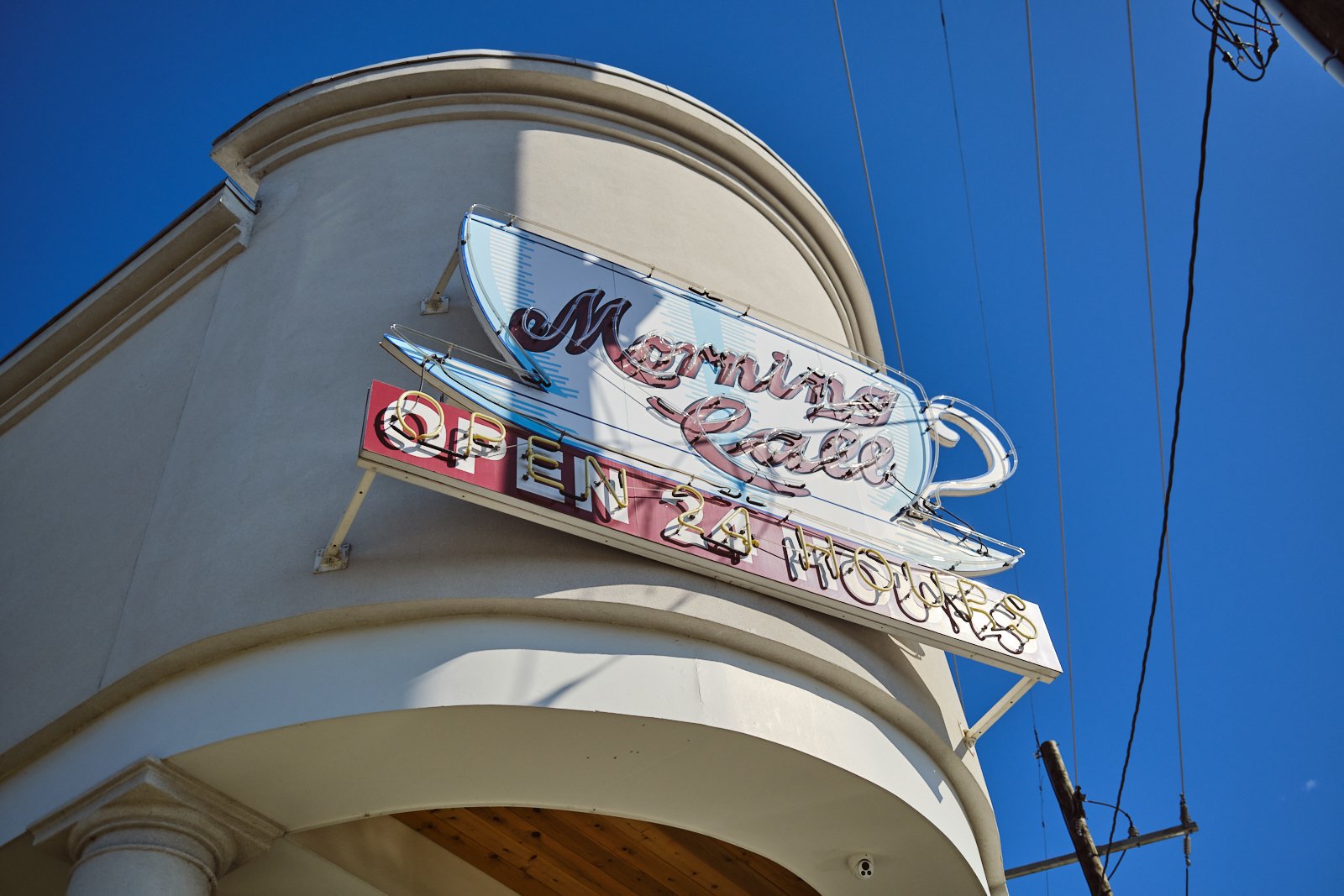


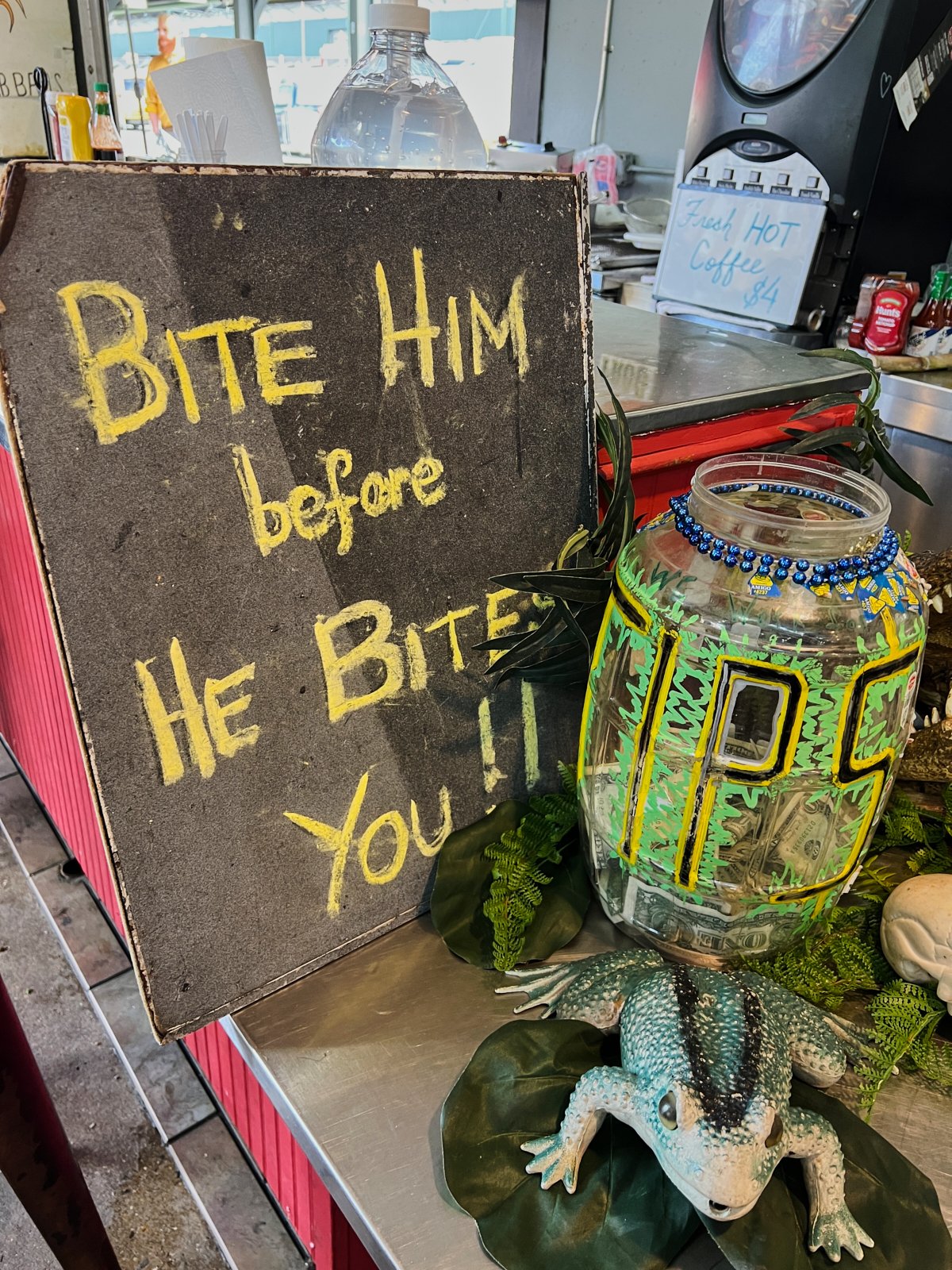

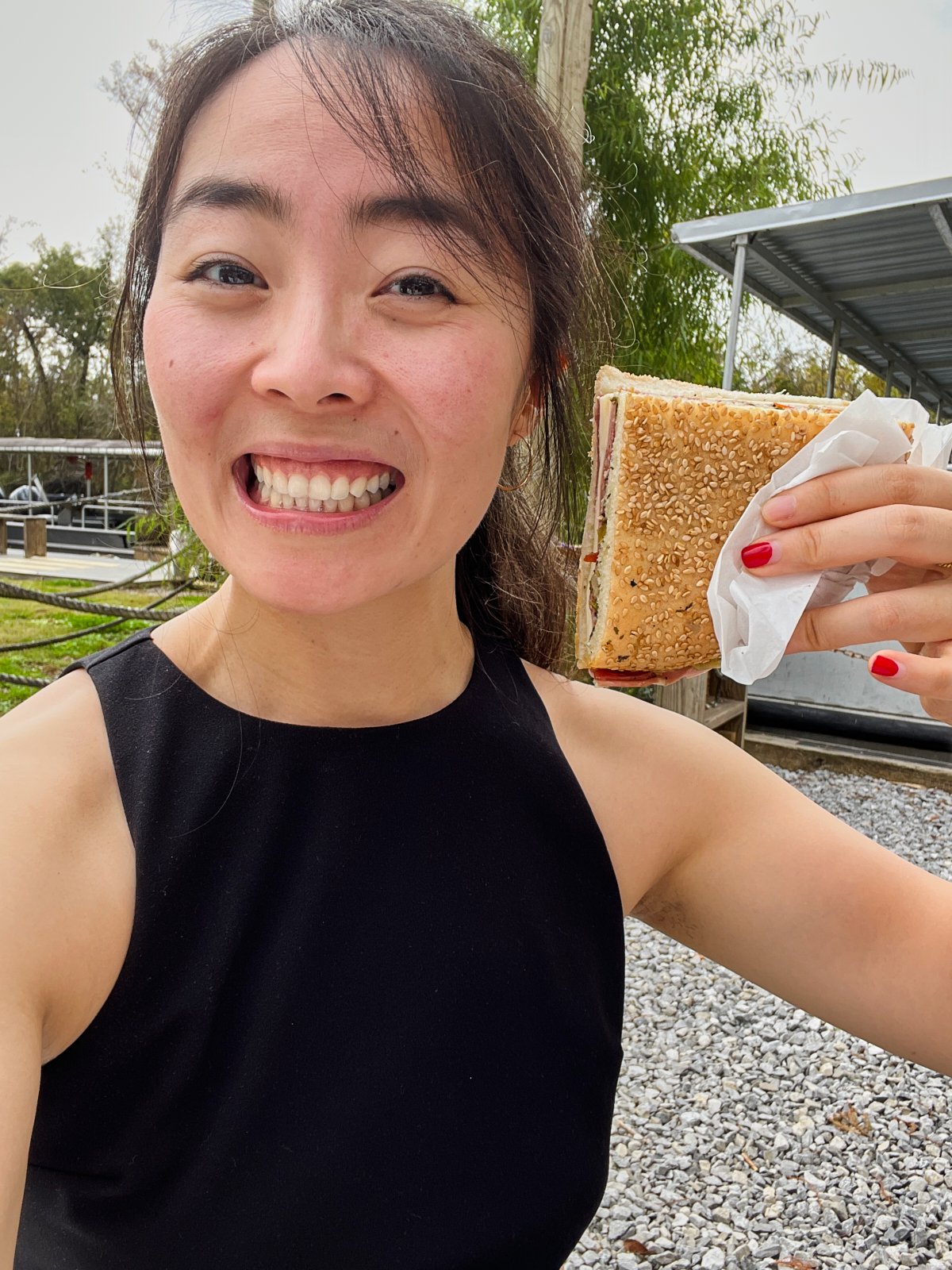
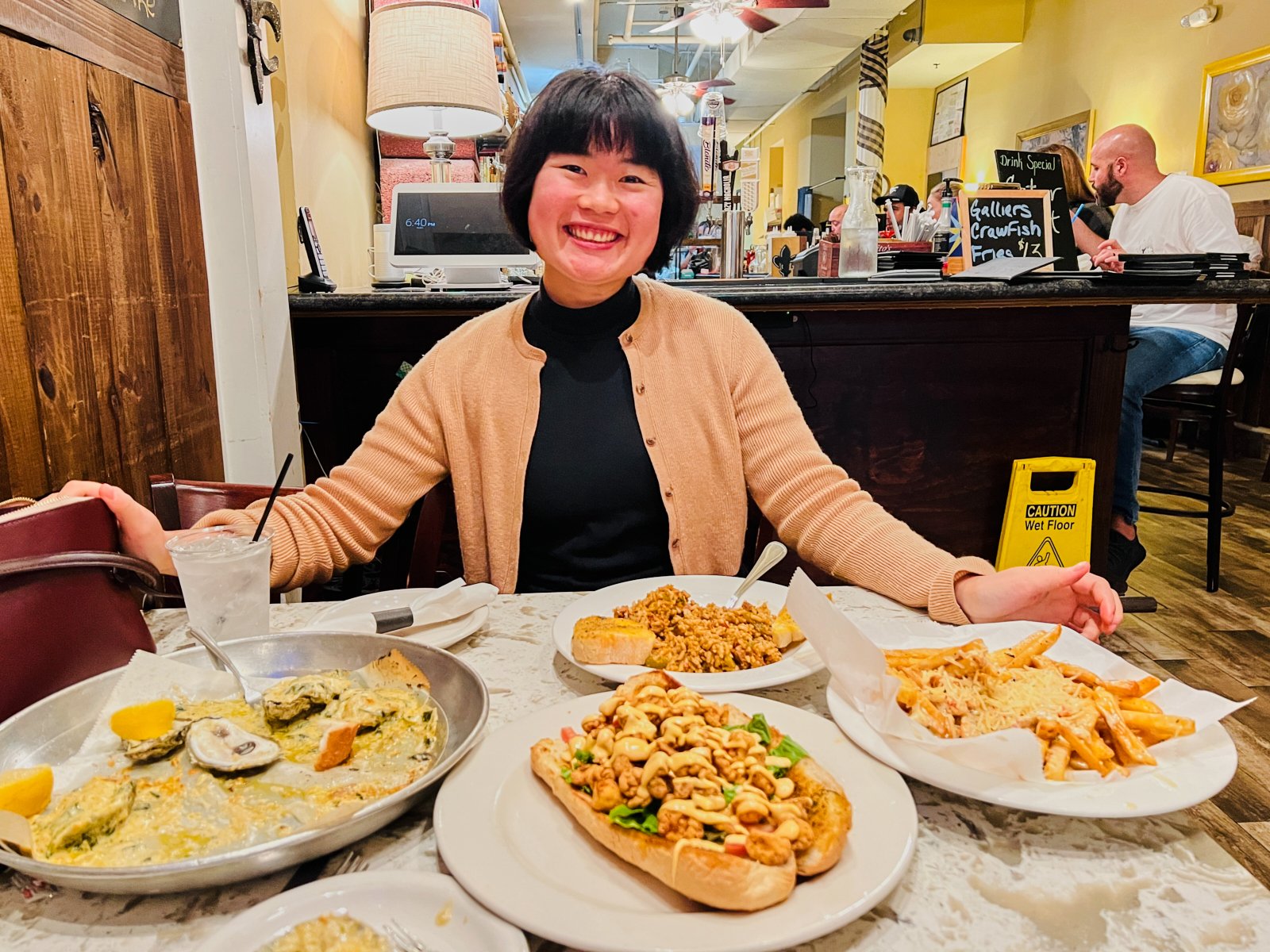
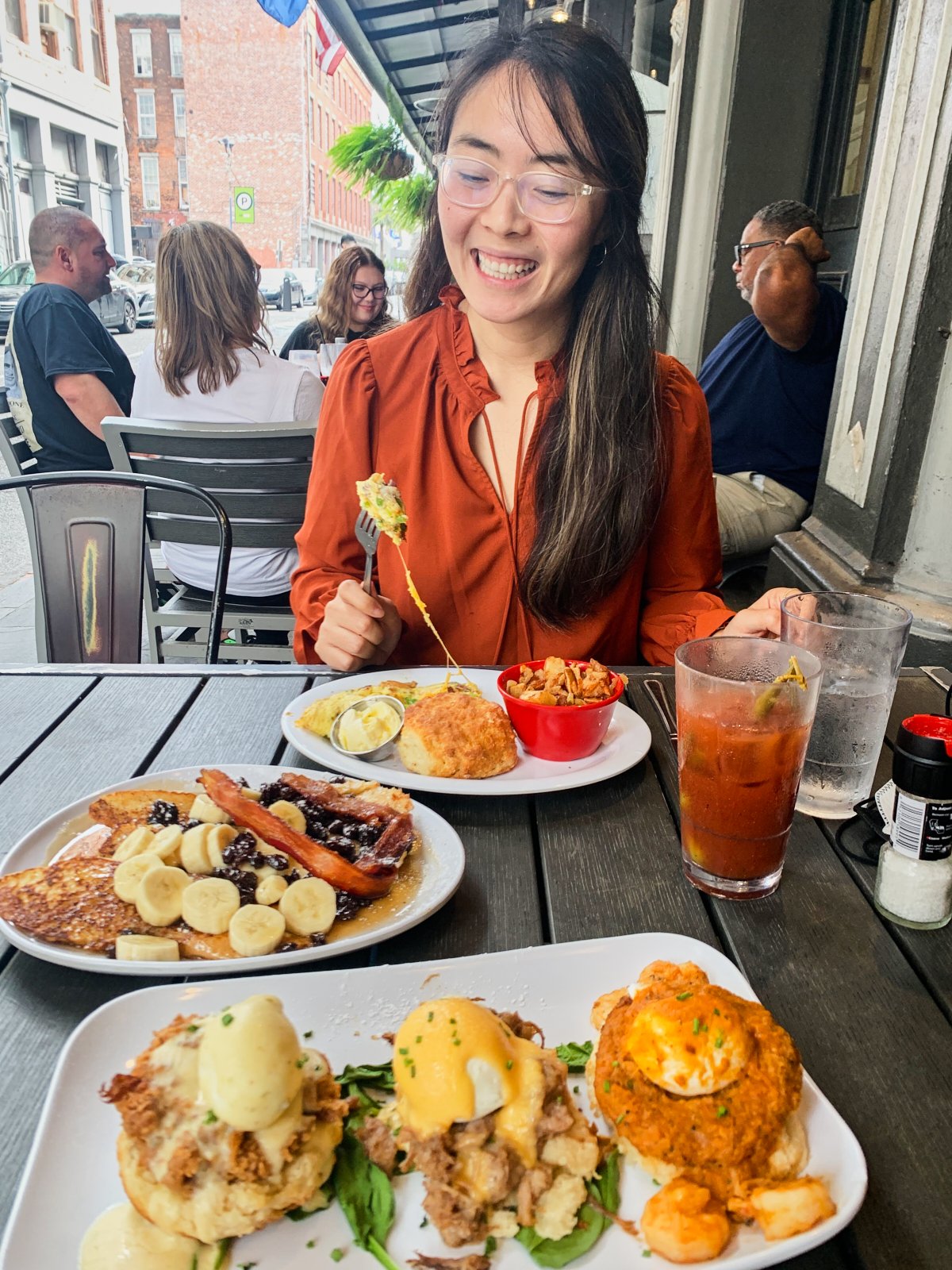
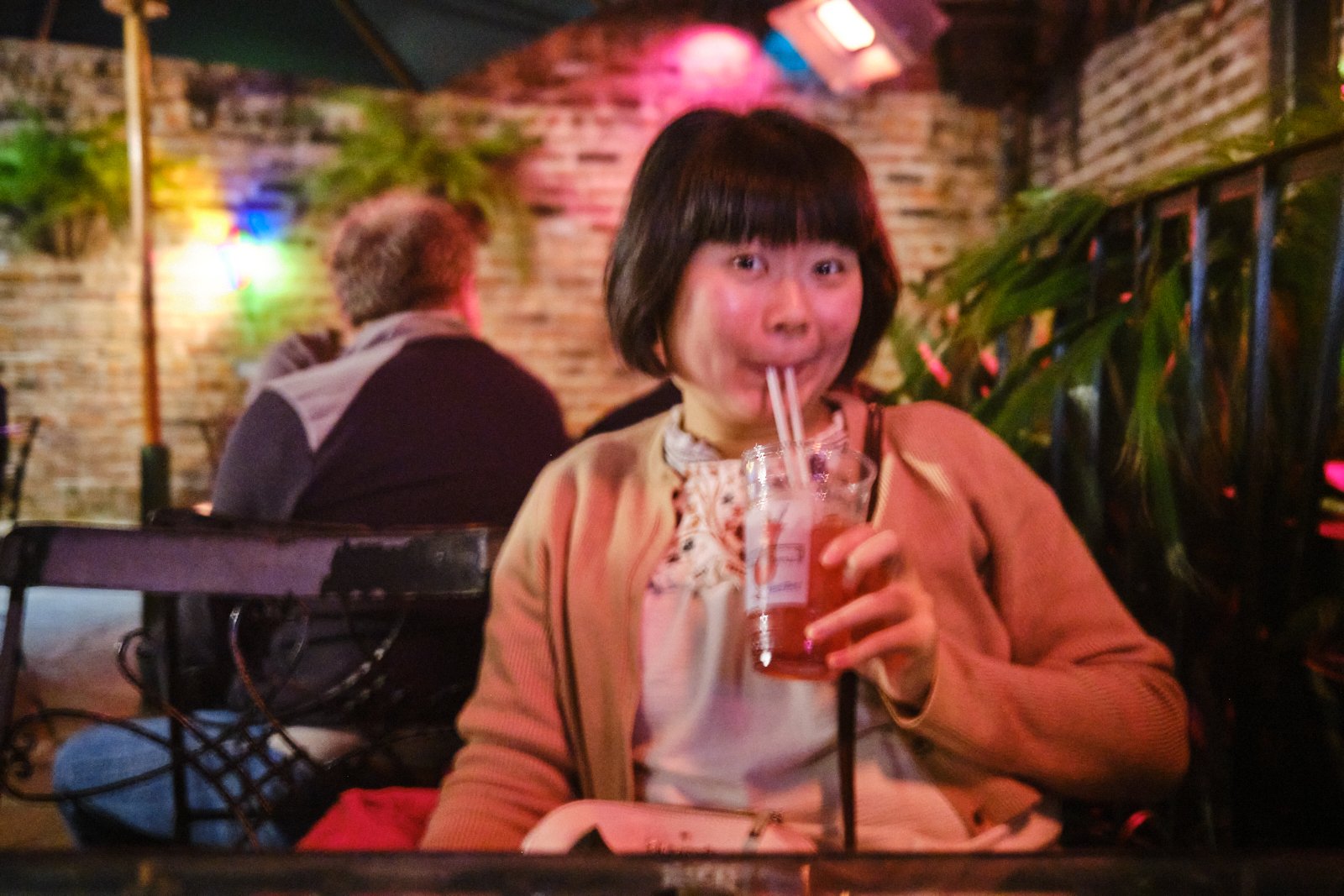























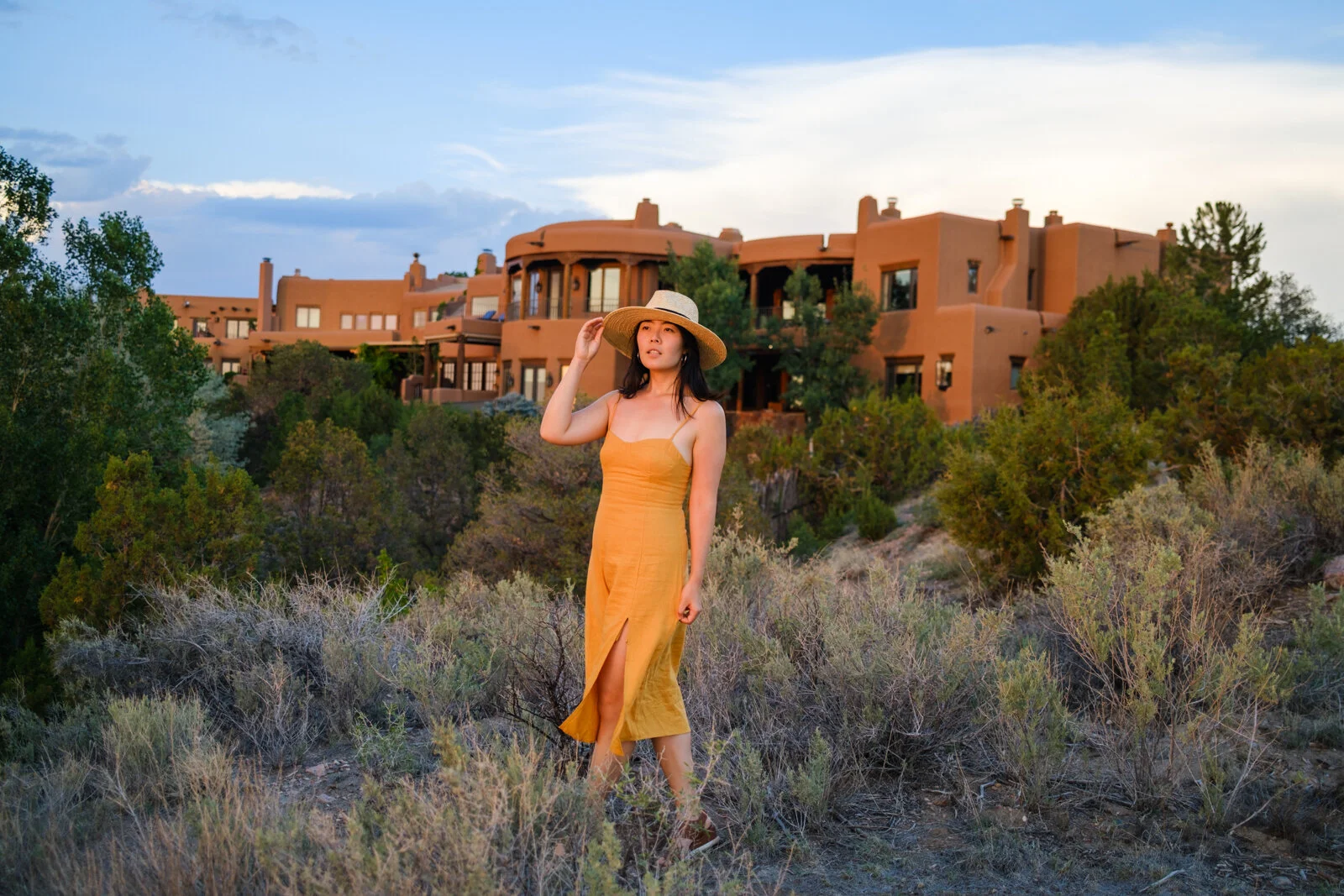

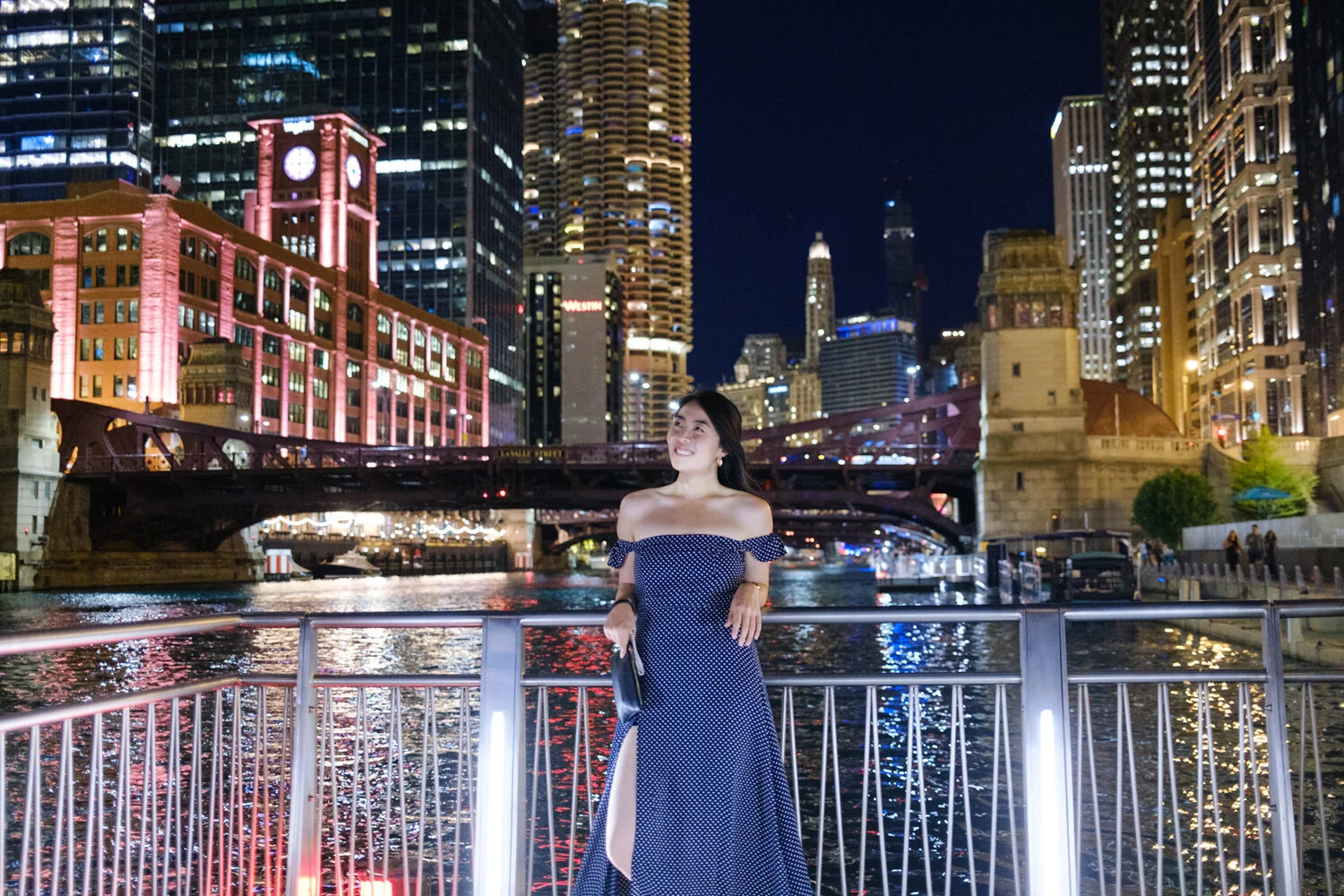




Mosque-turned-cathedrals, Moorish castles, Roman bridges, and architectural history galore in the beautiful historic region of Andalusia.